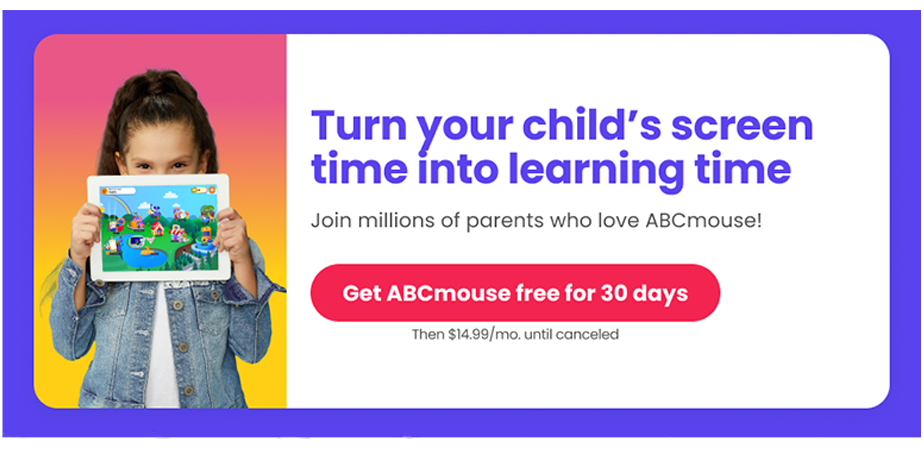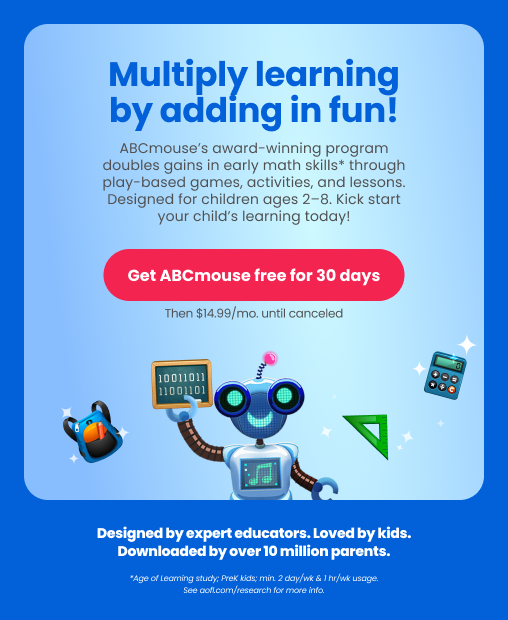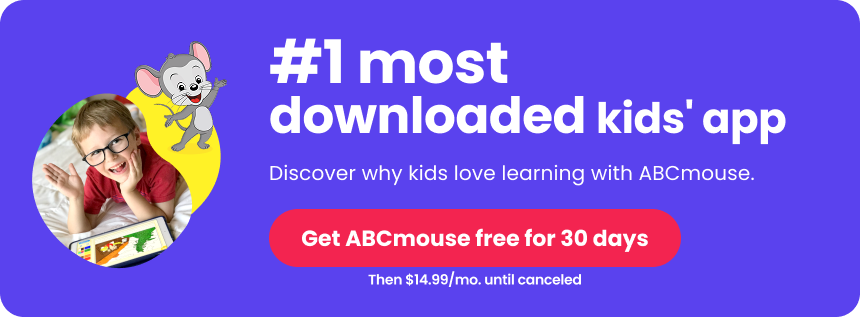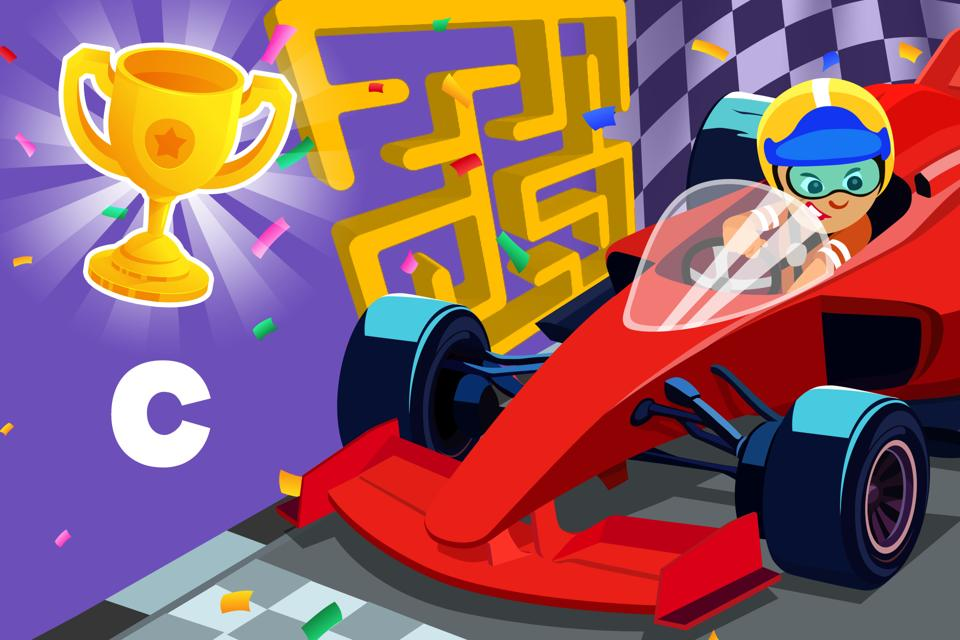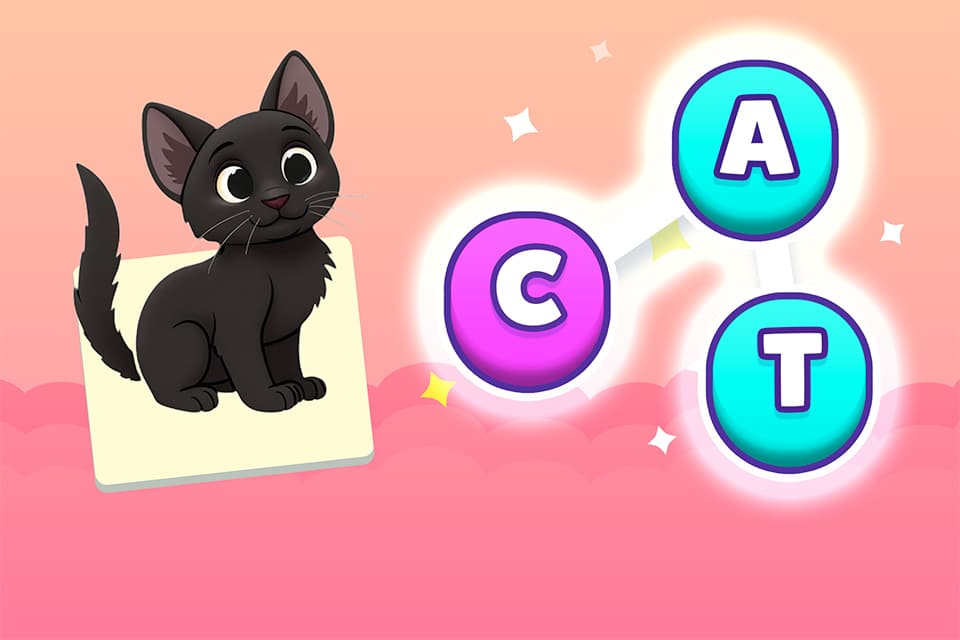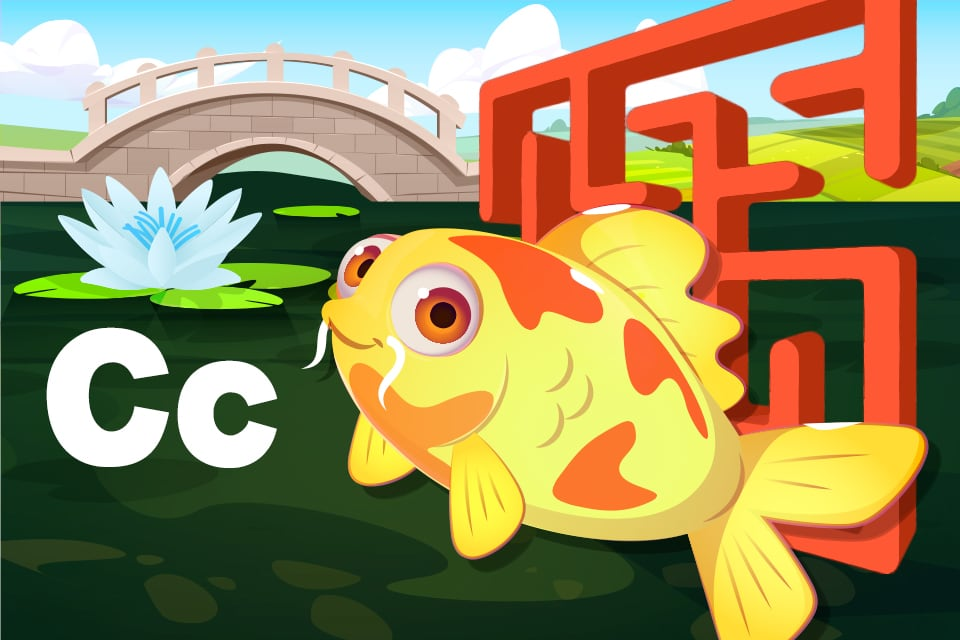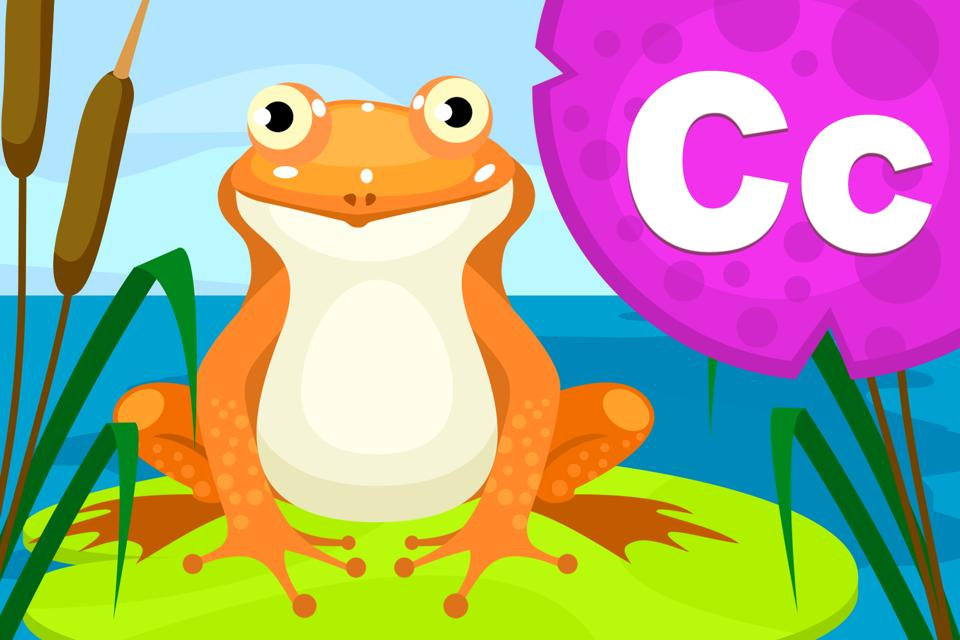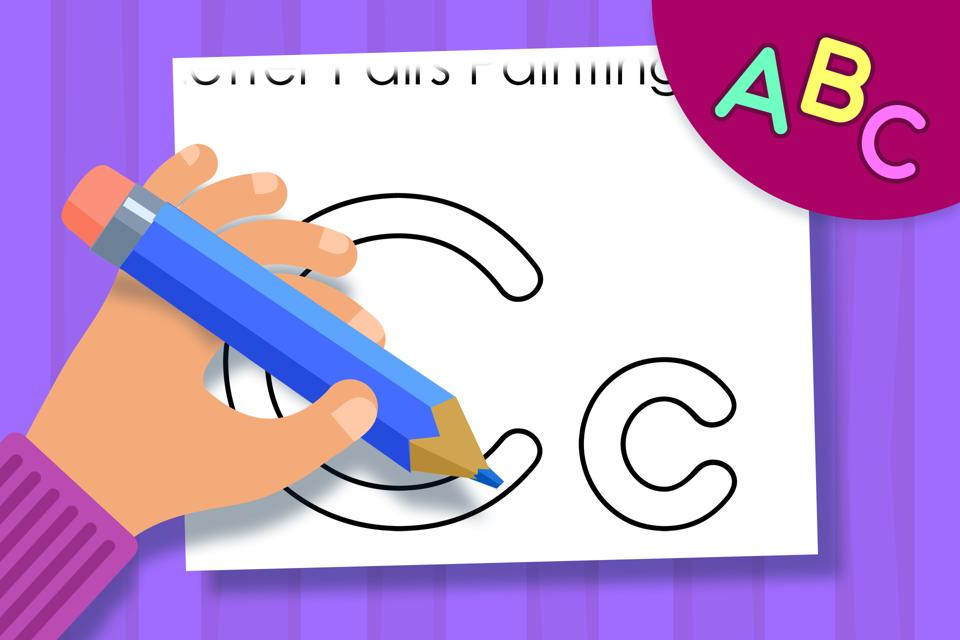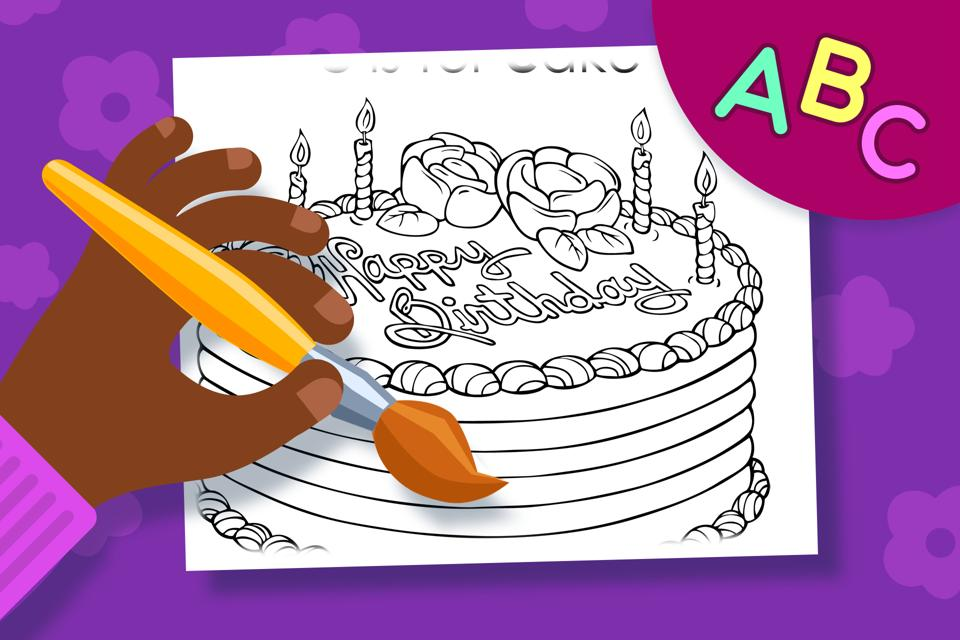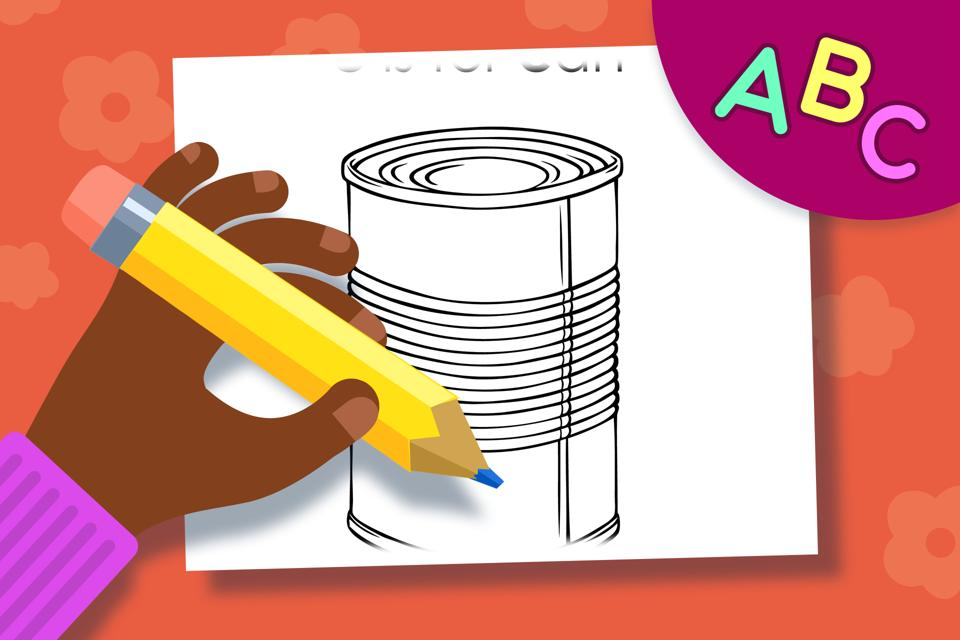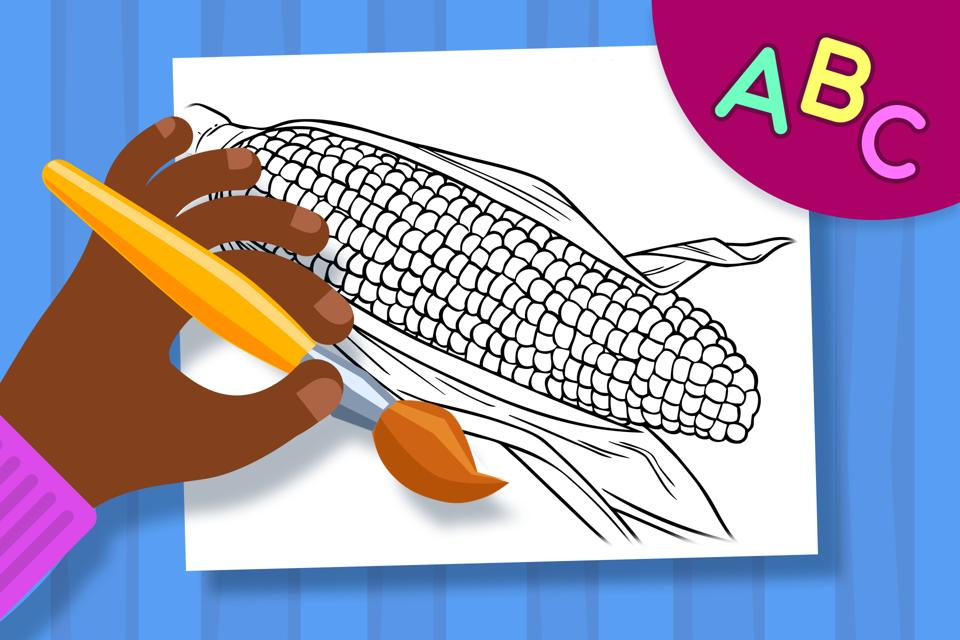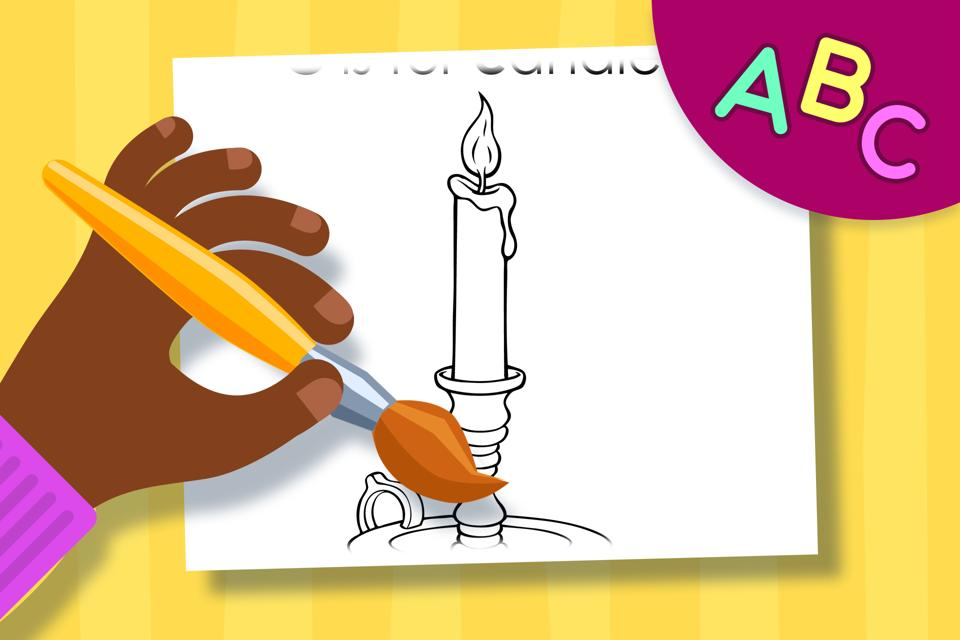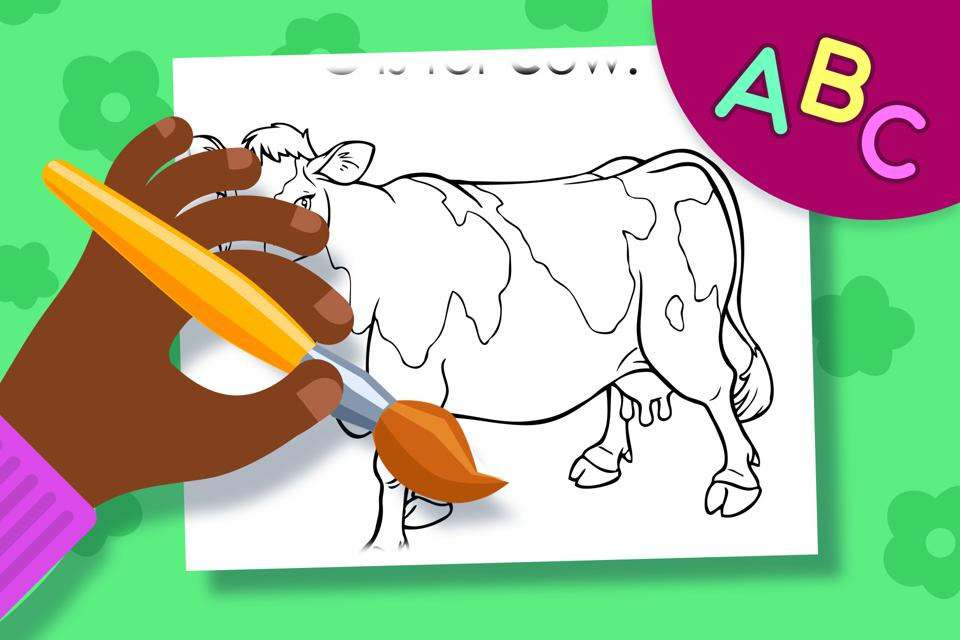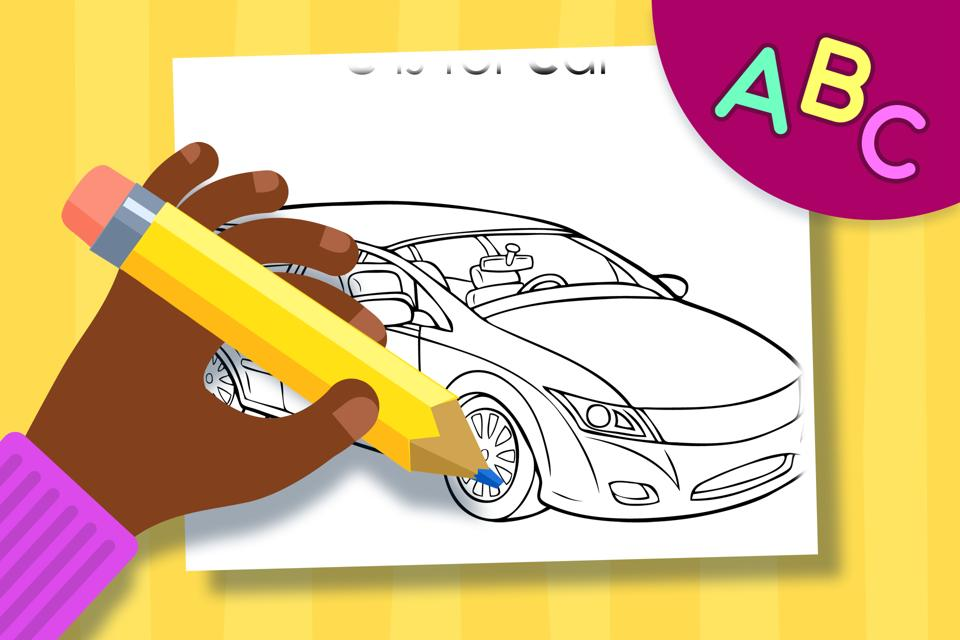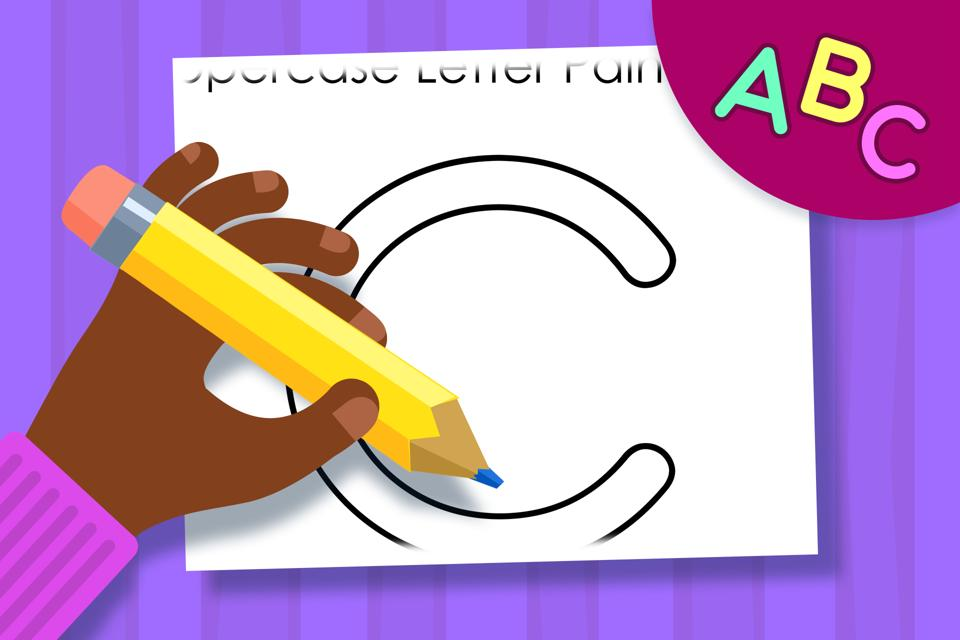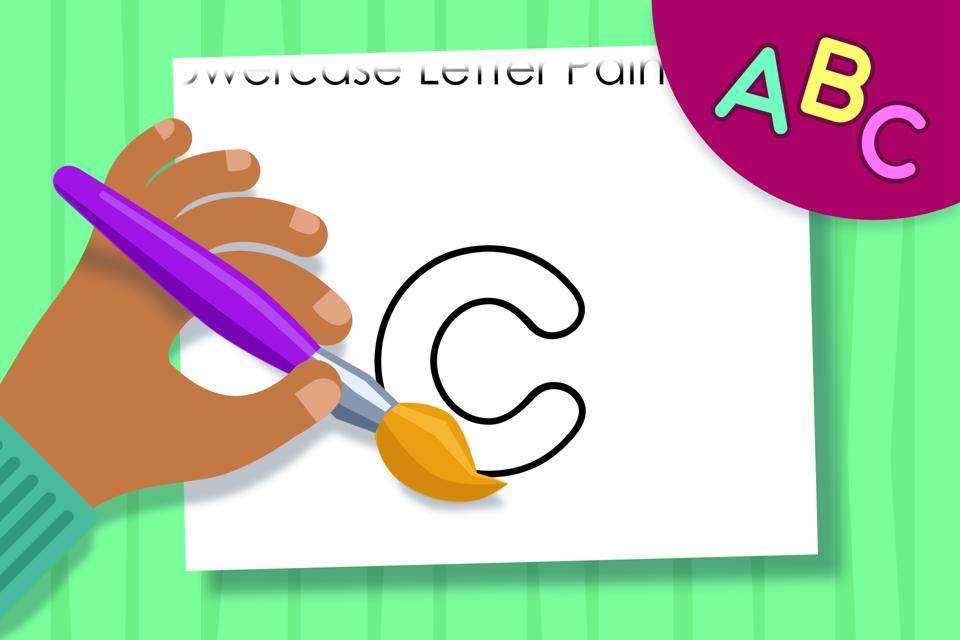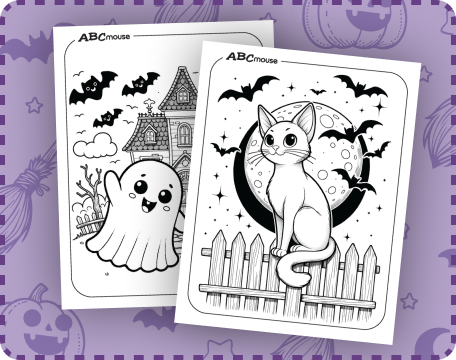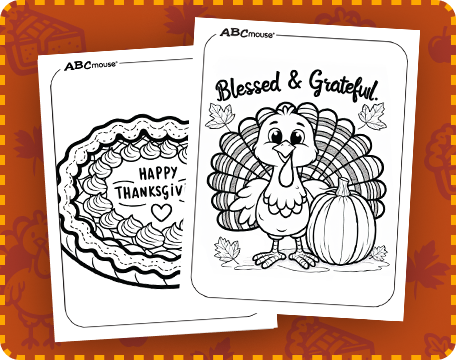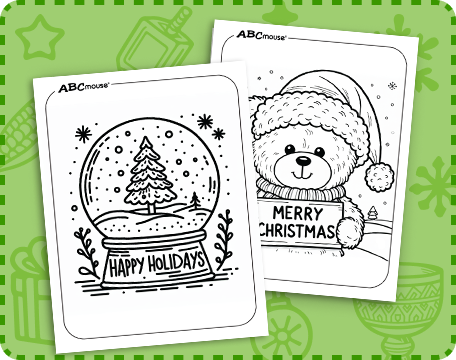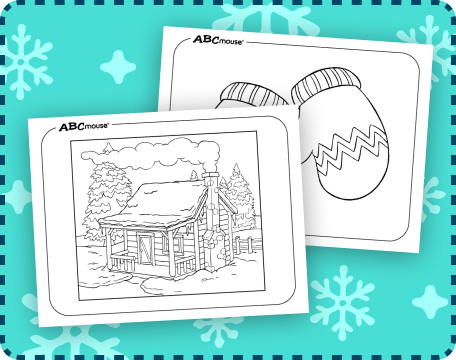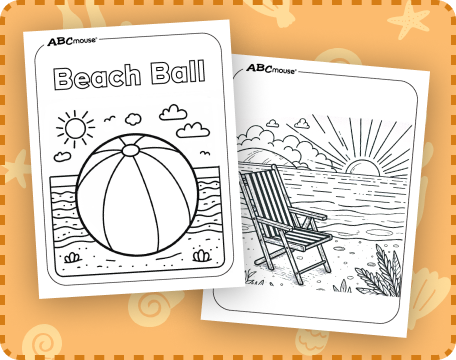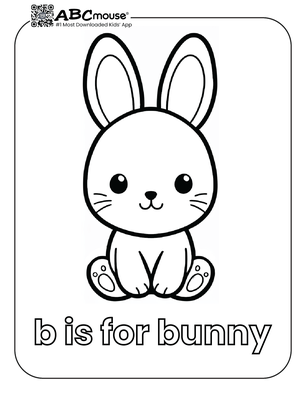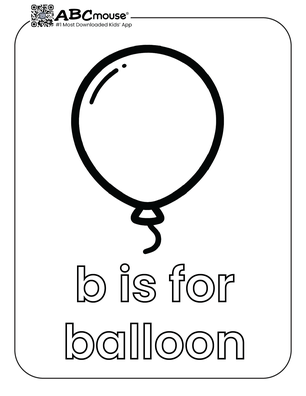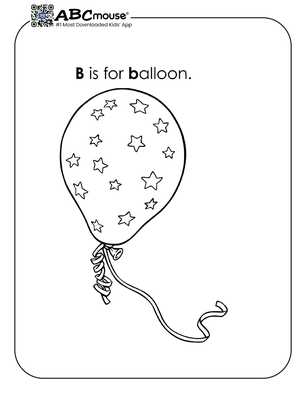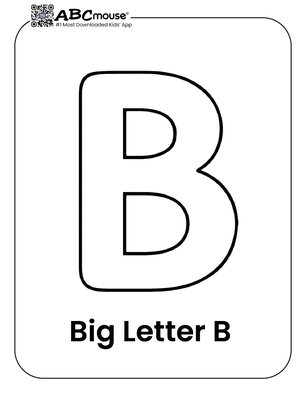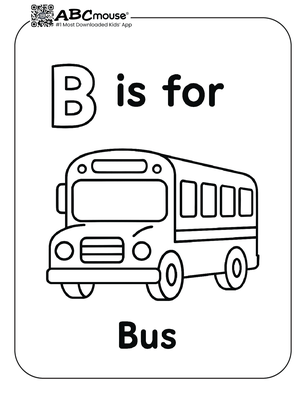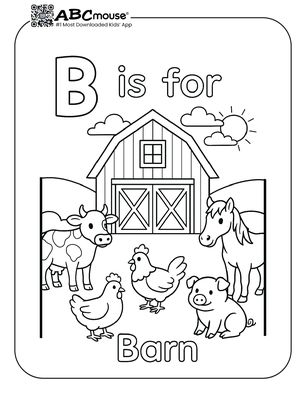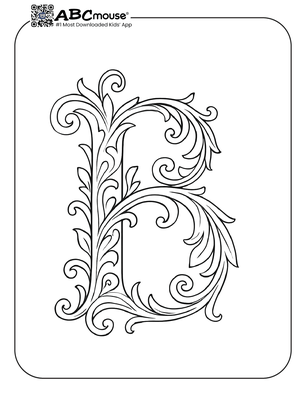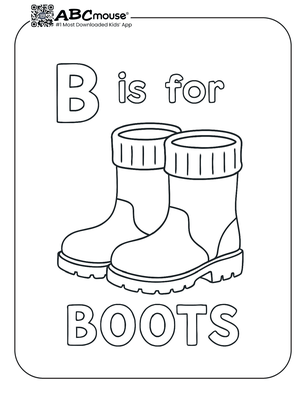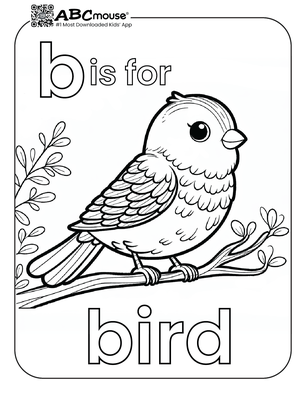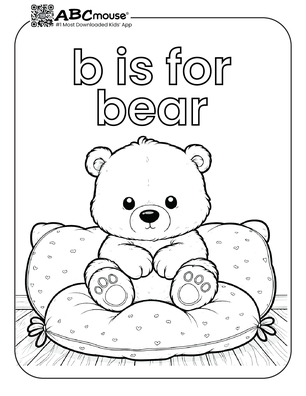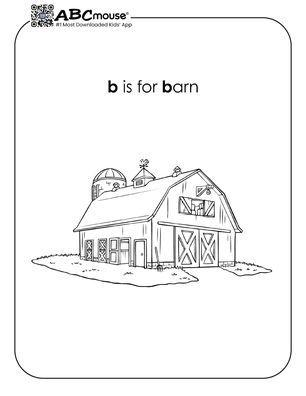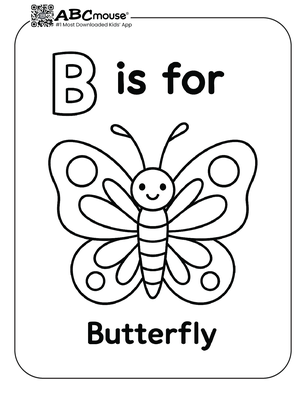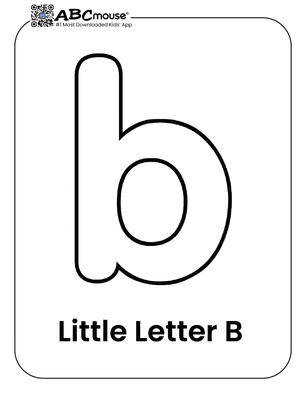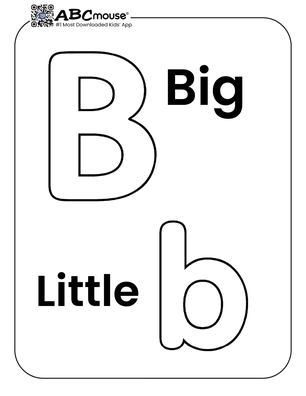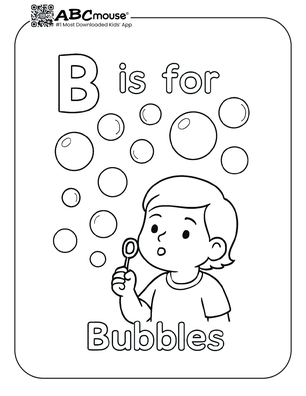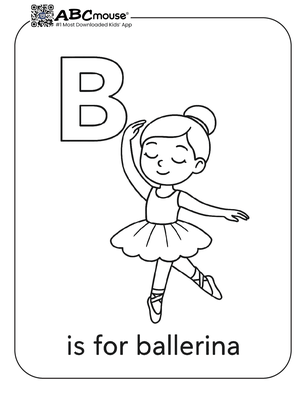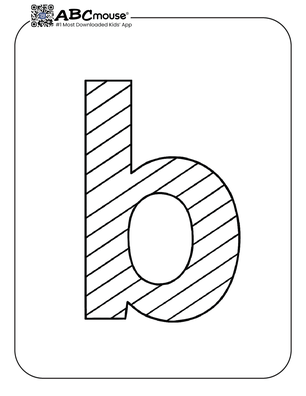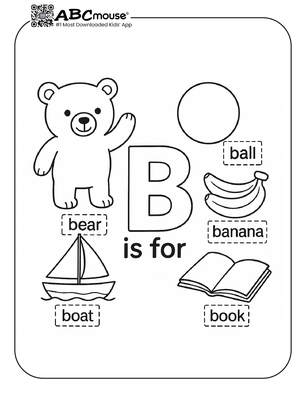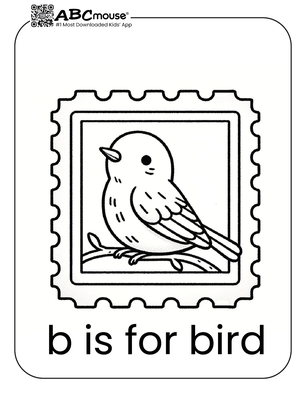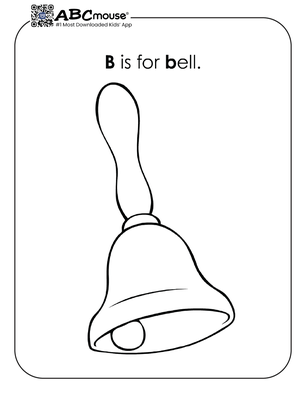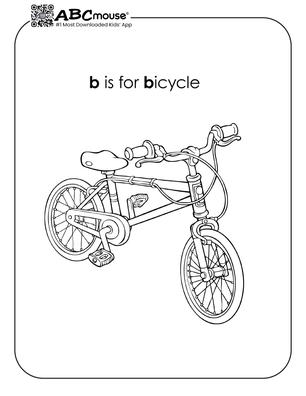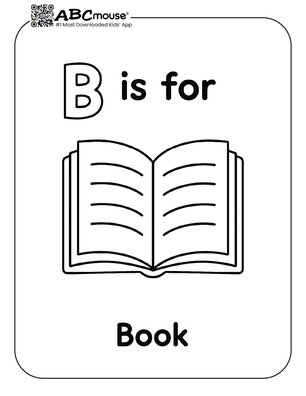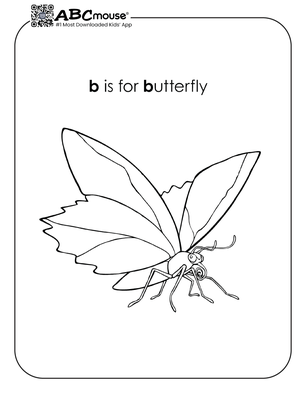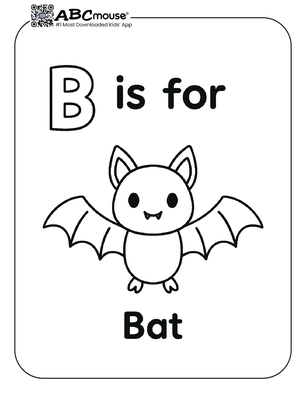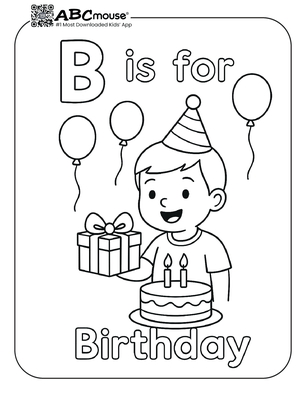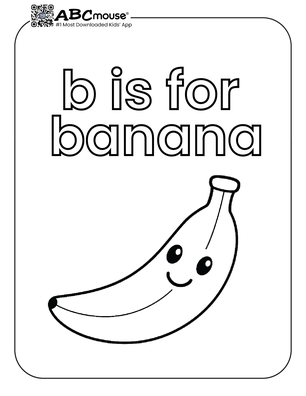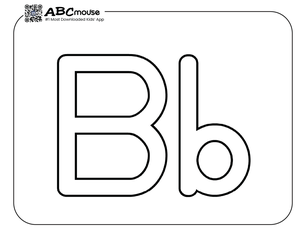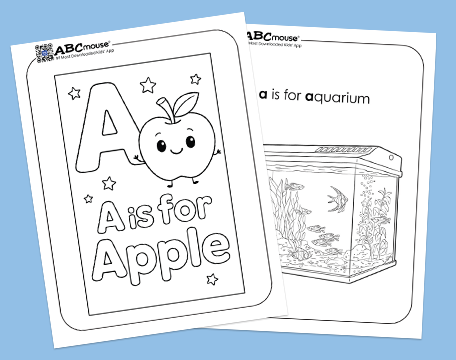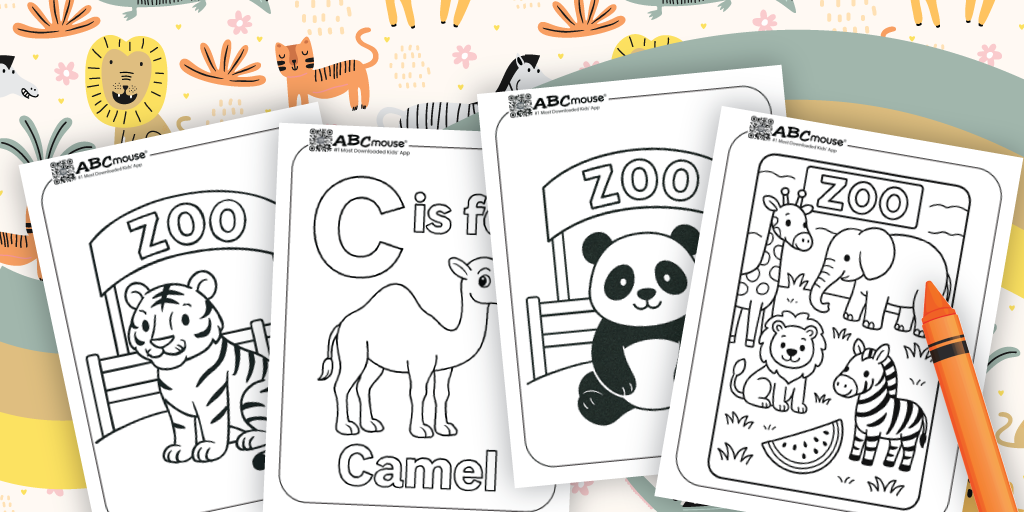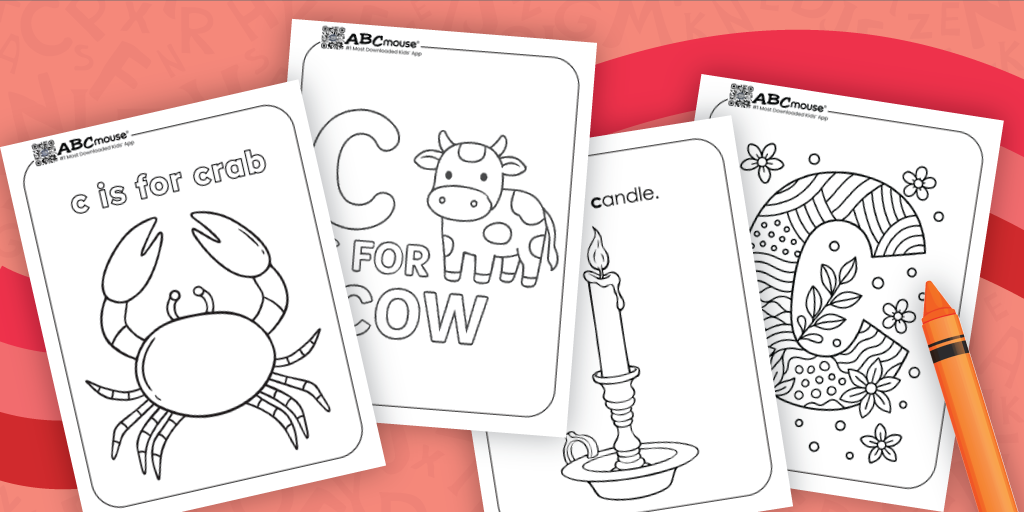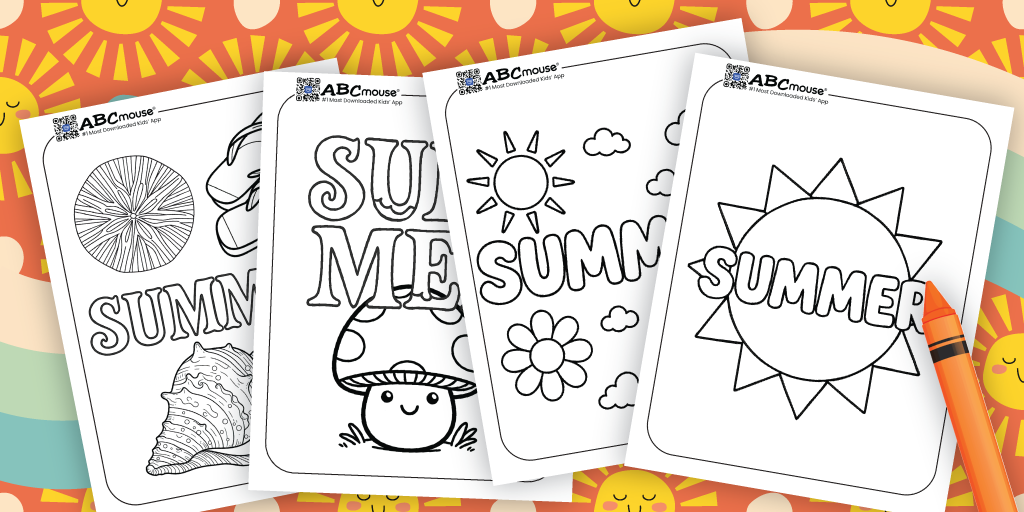

Research Shows ABCmouse Helps Close the Achievement Gap and Minimize Summer Learning Loss
Studies highlight how ABCmouse can boost learning and minimize summer slide.
Key Findings: ABCmouse can increase learning
Research Study Summary:
- Using ABCmouse for just 45 minutes per week increases learning.
- Students with lower starting skills closed the gap by up to 87% with consistent usage.
- Over 80% of parents reported that children were more motivated and became more independent learners
Research Study Summary with Details:
- Based on a sample of more than 14,000 children ages 2–8, using ABCmouse for at least 45 minutes and completing 15 Learning Activities across three separate days per week can increase learning and minimize summer learning loss.
- Children who use ABCmouse more—whether by completing structured lessons or unstructured free play activities—show greater learning gains.
- Regular ABCmouse usage can help children of all skill levels, particularly those who start the summer with lower skills, catch up to higher- skilled peers by summer’s end, closing the gap by up to 87 percent.
- More than 80 percent of parents reported that, since using ABCmouse, their children were more motivated to learn and were more independent in completing Learning Activities.
ABCmouse Research Study Overview
During the summer months, school-based learning is typically no longer a part of children’s daily lives. While children in middle- and higher-income families may continue to learn during the summer from educational resources and enrichment activities their families can provide, children in less-affluent families are more likely to lose access to books, educators, meals, and organized activities when schools close.1
Achievement gaps between students of different socioeconomic groups widen more during the summer than during the school year (i.e., summer learning loss), largely due to unequal learning opportunities in children’s homes and communities.2 Exacerbating this phenomenon, COVID- 19-related school closures have kept tens of millions of children away from schools for many months, which has been particularly detrimental to children in low-income families.3
Schmidt Futures, a philanthropic organization that supports educational and commercial efforts with a public purpose, awarded a grant to WestEd to conduct an exploratory study focused on how parents used ABCmouse to support learning at home during the summer of 2020. WestEd is a nonprofit research, development, and service agency with deep expertise in evaluating the impact of educational programs. For this first independently funded study of ABCmouse, WestEd researchers collaborated with Age of Learning’s in- house Efficacy Research team on study design and data analysis. Age of Learning recruited the participants and oversaw data collection.
The ABCmouse Program
ABCmouse Early Learning Academy is a comprehensive digital early learning resource for children in preschool, prekindergarten, kindergarten, 1st, and 2nd grades. Informed by research on how young children learn and what motivates them to learn, ABCmouse offers more than 10,000 Learning Activities and 850 lessons encompassing all major academic subject areas, including literacy, math, science, social studies, health, art, and music. ABCmouse Learning Activities are regularly updated to encourage children to explore new content based on studies demonstrating connections between curiosity, exploration, and learning.4
Additionally, given the research showing relationships between learner choice and learning, ABCmouse offers games, books, puzzles, songs, and videos that children can choose independently based on their interests, as well as lessons on the Step-by-Step Learning Path, a structured curriculum that provides predesignated activities at the child’s level.5
In sum, ABCmouse focuses on making learning fun, fostering children’s curiosity, and promoting their confidence as learners, all of which can contribute to children’s cognitive and socioemotional development. It can be used on smartphones and tablets as an app, as well as on computers through a web browser. In 2020, more than 10 million children used ABCmouse.
Learn more about the proven benefits of game-based learning, as well as it’s positive impact on children’s cognitive development and social-emotional learning.
ABCmouse Research Study Participants
In March 2020, Age of Learning launched its School Continuity Initiative (SCI) to make its digital learning programs available for free to teachers and families affected by school closures. Through this initiative, more than 825,000 new accounts were created, providing more than 1 million children access to ABCmouse at home.
In June 2020, all active users of ABCmouse, including paying subscribers who had completed at least 15 activities in the prior five days, received an email invitation to complete a parent survey and have their children complete a pre-assessment and then a post- assessment in late August/early September. Another email was sent in late August to then-active users, whether or not they had completed the pre-assessment, asking them to complete the parent survey and have their children complete the post-assessment.
A total of 6,044 children completed the pre-assessment, and 14,489 completed the post-assessment (ages 2–4.5 = 6,936; ages 4.6–6.5 = 10,869; ages 6.6–9 = 2,581; mean age = 5.19, SD = 1.84). Additionally, 5,990 individuals across the U.S. completed the parent survey (60.5% White/Caucasian; 13.5% Latinx; 10.3% Asian/Asian-American; 6.9% Black/ African-American). Approximately 30 percent of the analytic sample had gained access to ABCmouse through the SCI.
ABCmouse Research Study Design and Procedures
We used the ABCmouse Assessment Center, a comprehensive suite of standards-aligned, validated digital assessments that measure a wide range of literacy and math skills across preschool, prekindergarten, kindergarten, 1st, and 2nd grades. The Assessment Center includes thousands of online assessment items developed in collaboration with experts at SRI International and NORC at the University of Chicago, and can be used to evaluate a child’s learning progress. Table 1 displays the assessed skills. The Assessment Center is a paid add-on to an ABCmouse subscription.
Literacy
- Picture vocabulary
- Upper- and lowercase letter identification • Rhyming words
- Beginning and consonant sounds
- Replacing sounds in words
- Verb tenses
- Root words
- Singular and plural nouns
- Subject-verb agreement
- Prefixes and suffixes
- Adjectives and adverbs
- Reading comprehension
Math
- Recognizing numerals 1–25
- Counting objects 1–20
- Comparing quantities and sizes • Recognizing 2D shapes
- Adding numbers up to 100
- Subtracting numbers up to 100 • Comparing numbers
- Identifying place values
- Reading data and graphs
- Partitioning and fractions
- Estimating length
Table 1. Skills Across Preschool, Prekindergarten, Kindergarten, 1st, and 2nd Grades Assessed Using the ABCmouse Assessments
Children saw a pop-up window in ABCmouse prompting them to take the appropriate grade-level assessment. Families who completed both the pre- and post- assessments as well as the parent survey received three free months of ABCmouse access.
Among the 6,044 children who completed the pretest and the 14,489 children who completed the posttest, only 349 completed both. Using the data from 20,533 children who completed either a pretest or a posttest, we determined that the reliability coefficients associated with the pretests were .88, .78, .92, .96, .91 across the grades and .89, .94, .95, .91, .93 for the posttests. Then, the data from all 20,533 children who completed either a pretest or a posttest were used in multiple imputation, then deletion (MID), a technique for handling missing data, to estimate the pretest scores of 14,489 children who completed only the post-assessment.6
The MID method took into account all 20,533 children’s demographic characteristics (age, gender, grade); ABCmouse usage (total time spent, total activities completed, total lessons completed, unique days); and all available pretest and posttest scores to estimate the missing pretest scores of 14,140 children. The final analytic sample was the 14,489 children for whom we had posttest data and imputed pretest data.
On average, children used ABCmouse for 53.53 minutes per week (SD = 44.93) and completed 11.75 (SD = 9.49) Learning Activities per week over 10–11 summer weeks.
ABCmouse Research Study Results
Finding 1: Using ABCmouse for at least 45 minutes and completing 15 Learning Activities across at least three separate days per week can increase learning and minimize summer learning loss.
Examining the relationship between ABCmouse usage and performance, the metrics most significantly related to overall posttest scores (literacy and math combined) were average days of gameplay per week, average activities completed per week, and average time spent per week. Figures 1, 2, and 3 show that using ABCmouse for at least 45 minutes and completing at least 15 activities across at least three unique days per week is associated with greater improvements in key math and literacy skills. In other words, more time spent engaging in ABCmouse is related to higher posttest performance.
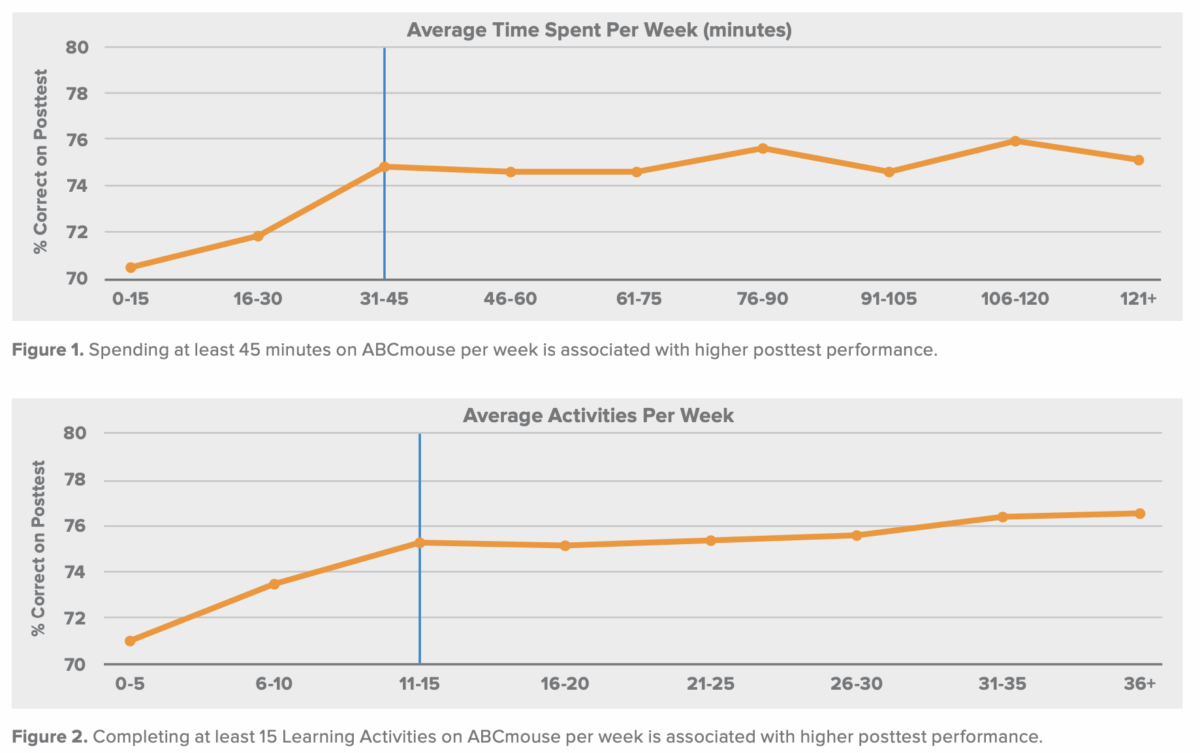

Finding 2: The more children use ABCmouse—whether by completing structured lessons or free play activities— the more they learn.
To better understand children’s different learning experiences using ABCmouse, we conducted a latent profile analysis. This was done to identify different groups based on levels of usage as well as completion of structured lessons on the Step-by-Step Learning Path (structured learning) versus completion of Learning Activities in free play areas, where children can choose activities of different types in any order (unstructured learning). The resulting best-fitting model produced four groups, shown in Figure 4. The median weekly usage for each group is displayed in Table 2.
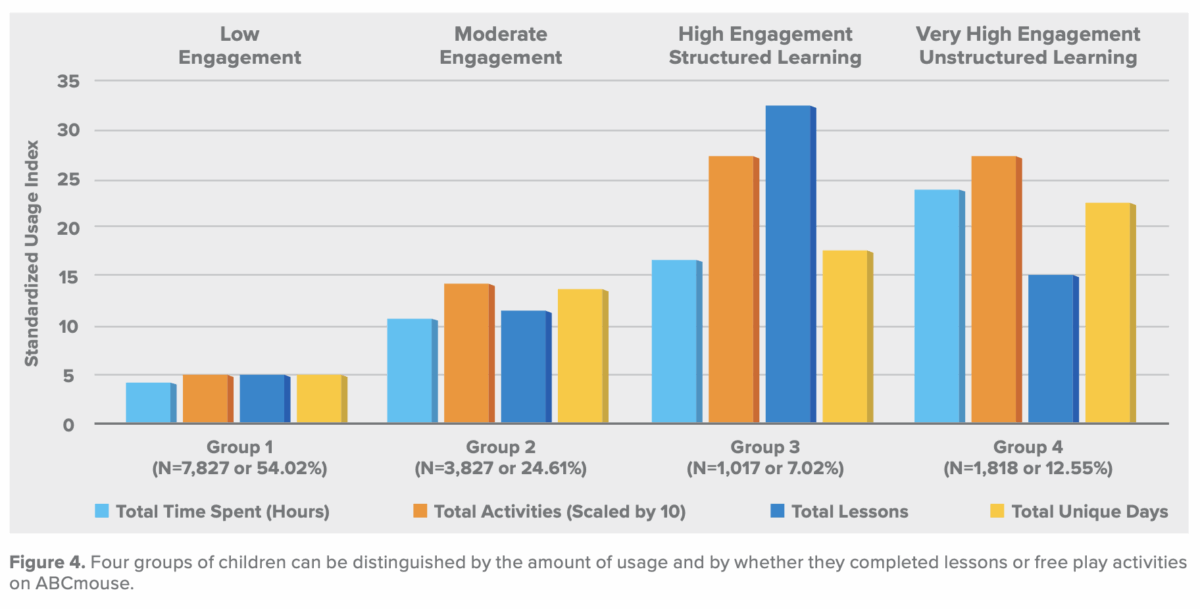
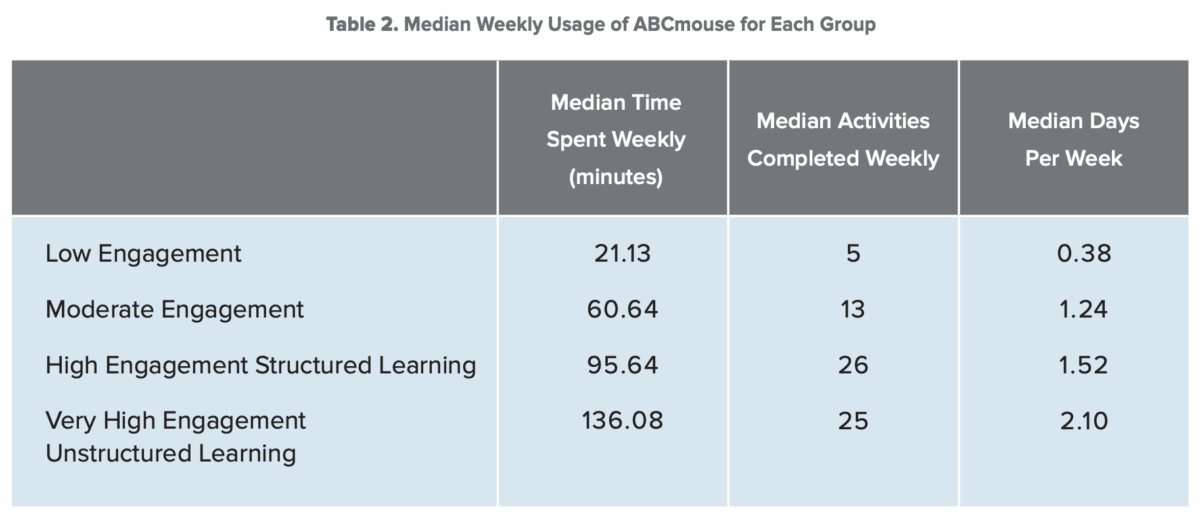
Comparing the posttest performance of the four user groups (Figure 5) indicates that greater usage of ABCmouse, whether by completing lessons or free play activities, was associated with a positive impact on posttest performance.

Finding 3: Regular ABCmouse usage can help children of all skill levels, particularly those who start the summer with low skill levels, catch up to their higher-skilled peers by summer’s end, closing the gap by up to 87 percent.
We next compared children in the low-engagement group with those in the very high-engagement group. For each child in the very high-engagement group, we identified a counterpart in the low-engagement group who shared similar pretest scores, age, and identical gender, grade, and pretest and posttest form. Then, we weighted the children in each group to establish similarly sized groups. For example, if there was one very high-engaged child matched to three low-engaged children, the very high-engaged child was weighted more heavily to establish a balance between the two groups being compared. The goal was to create two similarly sized groups matched on all observable characteristics except for level of ABCmouse usage.
A weighted regression analysis comparing the low-engagement and very high-engagement groups (Groups 1 and 4) after controlling for age, gender, and pretest performance, showed that the effect of very high engagement with ABCmouse relative to low engagement is related to an increase of 4.35 percent on the posttest. This statistically significant result represents an effect size of 0.2 (Figure 6).
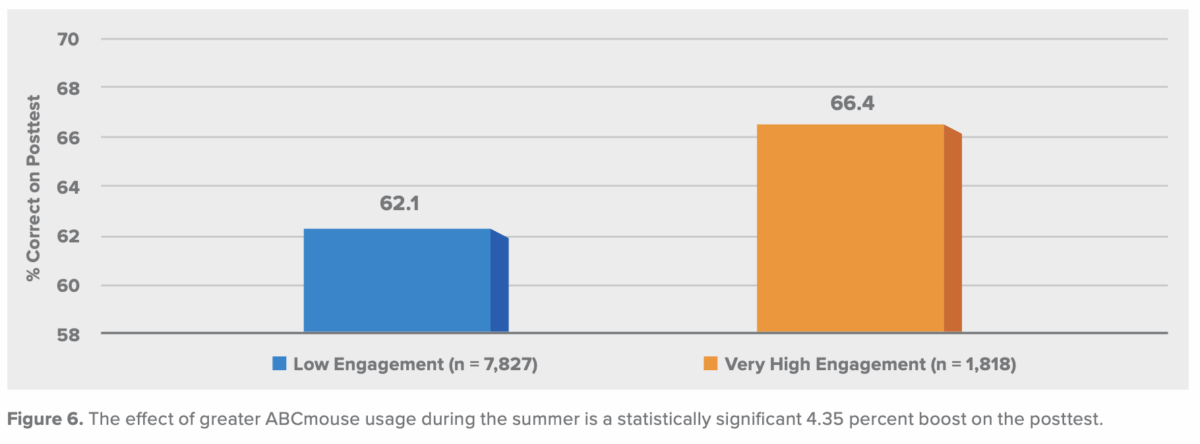
We then compared the pretest and posttest performance of the low-engaged and very high-engaged children across initial performance on the pretest, as shown in Figure 7. Regular, consistent use of ABCmouse benefited all children, regardless of their skill level at the start of the summer.
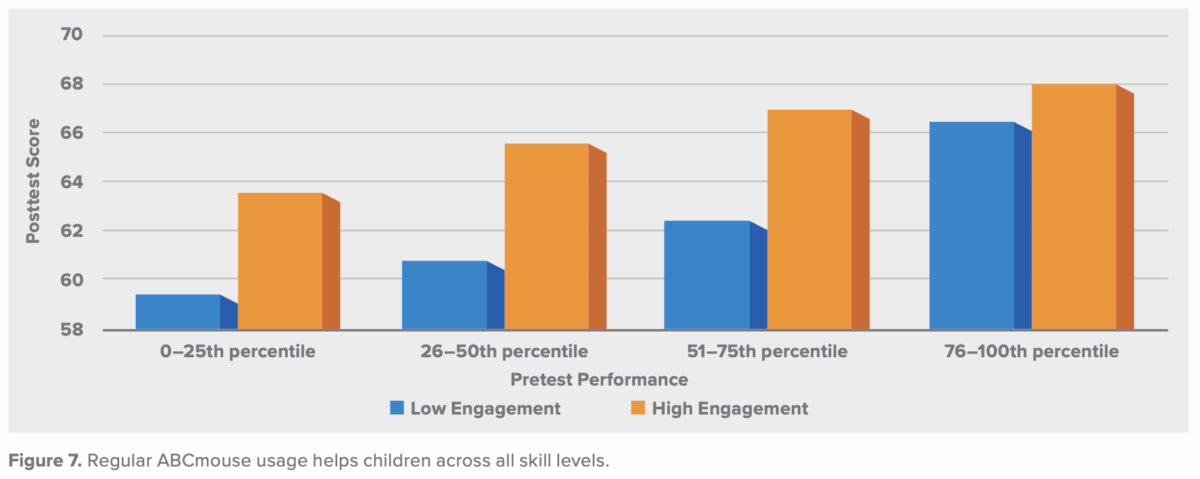
Among children with high prior knowledge, posttest scores increased from 64.2 to 67.9 percent, representing an increase rate of 5.8 percent [(67.92-64.18)/64.18 = .058]. Among children with low prior knowledge, posttest scores increased from 59.2 to 63.5 percent, which represents a higher increase rate of 7.2 percent [(63.52- 59.23)/59.23 = .072]. In particular, with greater, consistent ABCmouse usage, children who started the summer with low prior knowledge caught up with their peers with high prior knowledge (but with low engagement), closing the performance gap between the groups by up to 87 percent [(63.52-59.23/64.18-59.23) = .867], as shown in Figure 8.
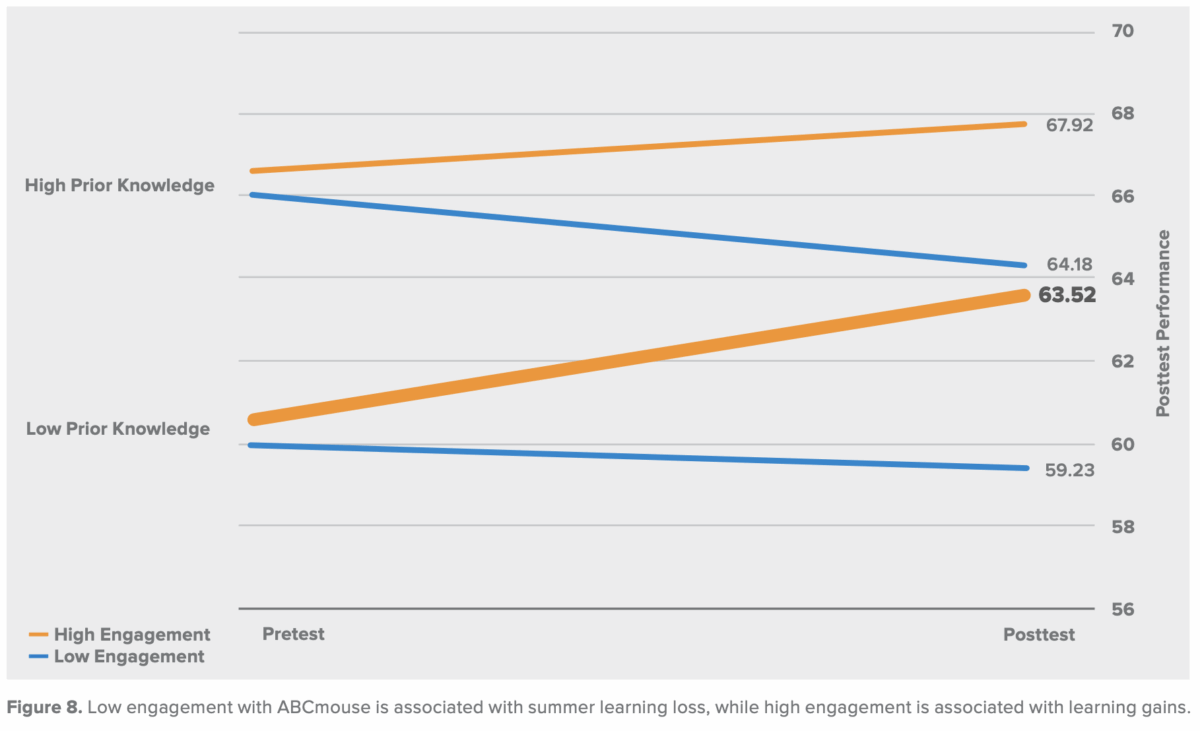
Finding 4: More than 80 percent of parents reported that since using ABCmouse, their children were more motivated to learn and were more independent in completing Learning Activities.
Of the 5,990 parents of who completed the survey, 84 percent indicated that since using ABCmouse, their children have become more independent in completing Learning Activities (Figure 9). Additionally, 82 percent indicated that their children were more motivated to learn about the topics they saw on ABCmouse. This is noteworthy, considering the challenges many children experienced in staying interested in schoolwork in the absence of the social interactions and structure provided by in-person schooling.
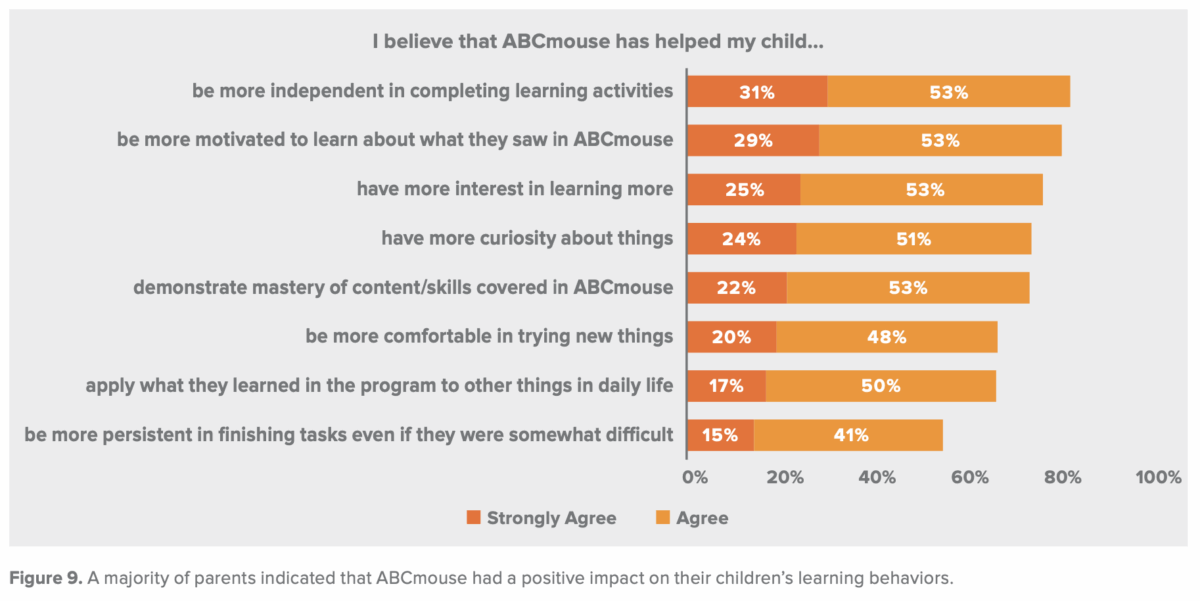
ABCmouse Research Study Conclusion
This study, the first independently funded efficacy evaluation of ABCmouse, included large numbers of children across all ages for whom the product was designed. The results showed that using ABCmouse consistently over 10–11 weeks—whether by completing structured lessons or unstructured free play activities— is associated with significant increases in summer learning, suggesting that ABCmouse is a promising resource to mitigate summer learning loss. ABCmouse usage benefited children of all skill levels. But the effects were especially noteworthy for those who started out with low skill levels and could catch up to their peers with higher skill levels through regular, consistent usage of ABCmouse, substantially closing the performance gap.
Parents also valued ABCmouse’s engaging educational content that motivated their children to continue learning at home while becoming more comfortable and confident about using technology and developing greater independence and curiosity to explore new topics. In sum, this study highlights the educational value of ABCmouse as a program that helps children continue learning outside of school while enjoying the learning experience.
References:
- Alexander, K.L., Entwisle, D.R., & Olson, L. S. (2007). Lasting consequences of the summer learning gap. American Sociological Review, 72 (2), 167–180.
- 2 Pitcock, S. (2018). The case for summer learning: why supporting students and families all year is vitally important. American Educator, 42 (1), 4–8.
- 3 Dorn, E., Hancock, B., Sarakatsannis, J. & Vriuleg, E. (2020). COVID-19 and learning loss—disparities grow and students need help. McKinsey & Company.
TM & © 2023 Age of Learning, Inc. All rights reserved. The names of other companies, products, and services are the property of their respective owners.
What are the subscription pricing options for ABCmouse 2.0?
ABCmouse 2.0 offers flexible subscription options, including free Basic Access and Premium Access with monthly and annual plans. This article outlines the pricing structure, plan differences, and available promotions. Learn how to choose the best subscription for your family based on learning needs and budget. Premium Access unlocks unlimited activities, personalized learning paths, and multi-profile support, helping children engage in over 3,000 educational games and lessons.
Basic Access (Free)
- Limited daily learning activities (10 per day)
- Not a trial, free for ongoing use
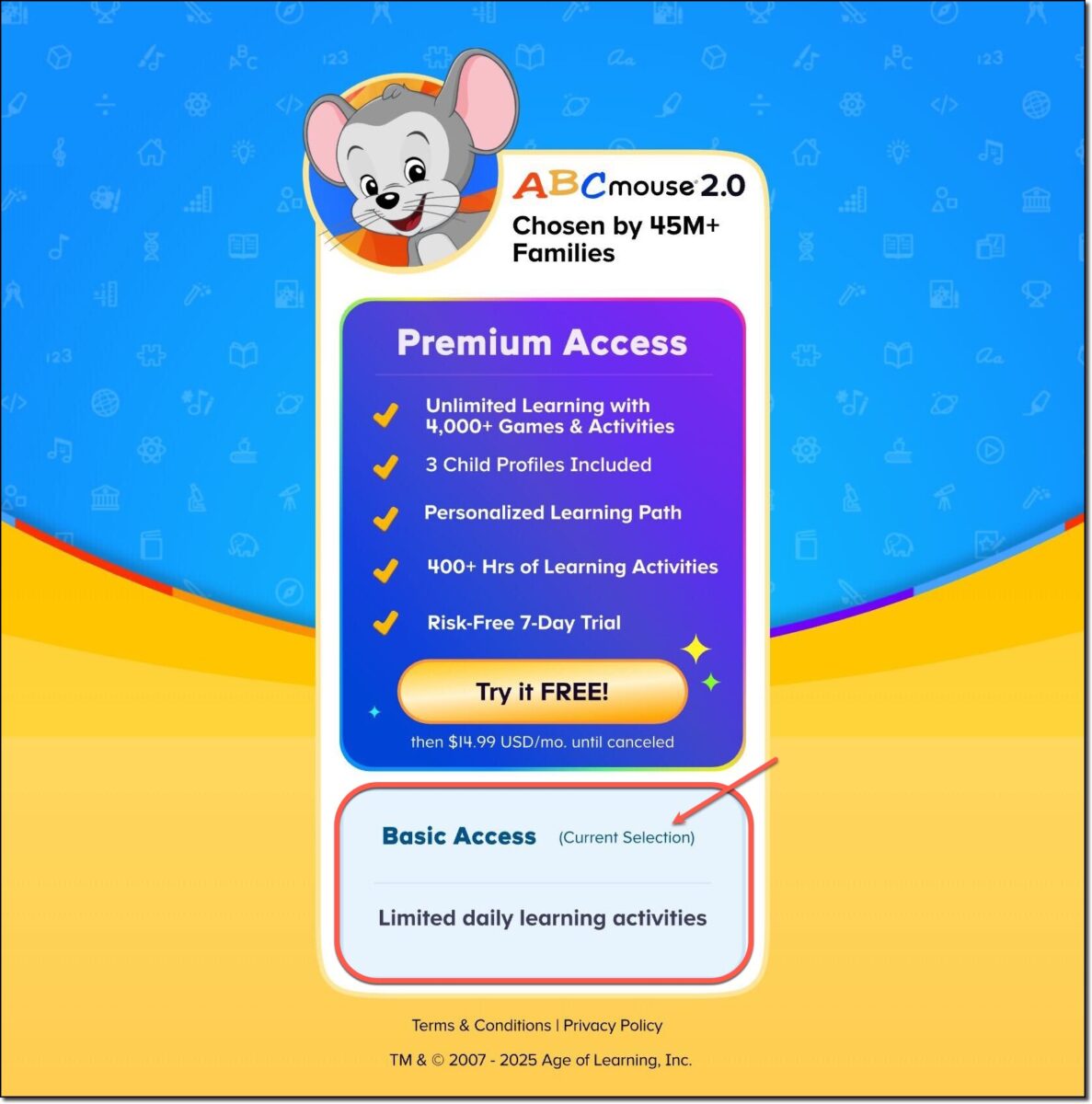
Premium Access
Enjoy unlimited learning with a subscription plan that best suits your family:
- Monthly Plan with Free 7-Day Trial: $14.99/month (billed monthly until canceled).*
- Discounted Annual Plan: $59.99/year (billed annually until canceled).*
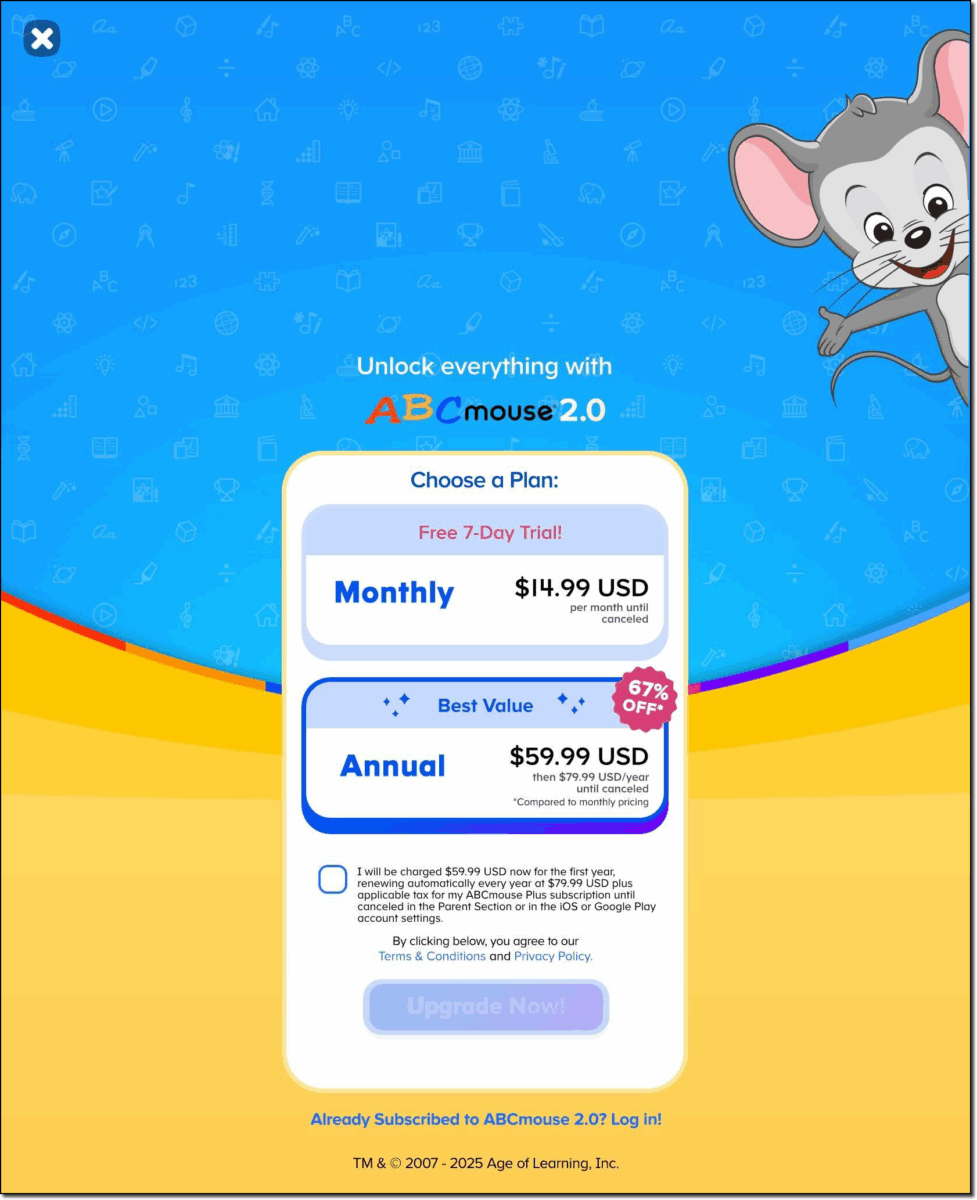
Premium Access includes:
- Unlimited access to 4,000+ games and activities.
- Up to 3 child profiles per account.
- A personalized learning path tailored to each child’s progress.
- 400+ hours of engaging, educational content.
* Prices are subject to change. Depending on state and local laws, your subscription may be subject to sales tax. Any applicable tax will be added to your subscription price. Does not reflect any applicable promotional or third-party (Apple) pricing.
Apple or Google Play pricing for ABCmouse 2.0 can be reviewed on your device’s app store. If you are billed through Apple or Google Play, you will be prompted to accept the new price and/or currency change in order to continue your membership.

30 Card Games That Teach Math (Free Printables)
Bring kids together with classic outdoor games they can play anywhere with room to run!.These are great for camping, parties, and daily fun!
Table of Contents – Jump to Each Section
Preschool and Kindergarten Card Games That Teach Math
Card games are a terrific way to engage young kids in learning through play. Lots of classic card games intrinsically incorporate math skills, plus there are lots of games designed especially to help kids learn. Check out this big collection of card games that teach math to young learners from preschool on up.
Print out the entire collection of card games for kids so they’re ready for engaging, impromptu learning anytime! If you’re interested in more ideas on game-based learning, check out our article on easy ways to gamify learning at home and in the classroom or try our collection of free online learning games.
Preschool and Kindergarten Card Games That Teach Math
These early math card games focus on helping kids recognize and compare numbers, learn to count, and understand the composition of numbers. These foundational skills are key to their later success in learning math.
Card Collector
What Kids Learn: Counting and comparing
How To Play:
- In this game, players take turns flipping over cards and comparing them, noting the different shapes (suits) and counting the number of each that appear.
- The player with the highest card gets to keep them both.
Tip:
- This is a great way to teach observation skills and get little ones ready for more advanced math card games.
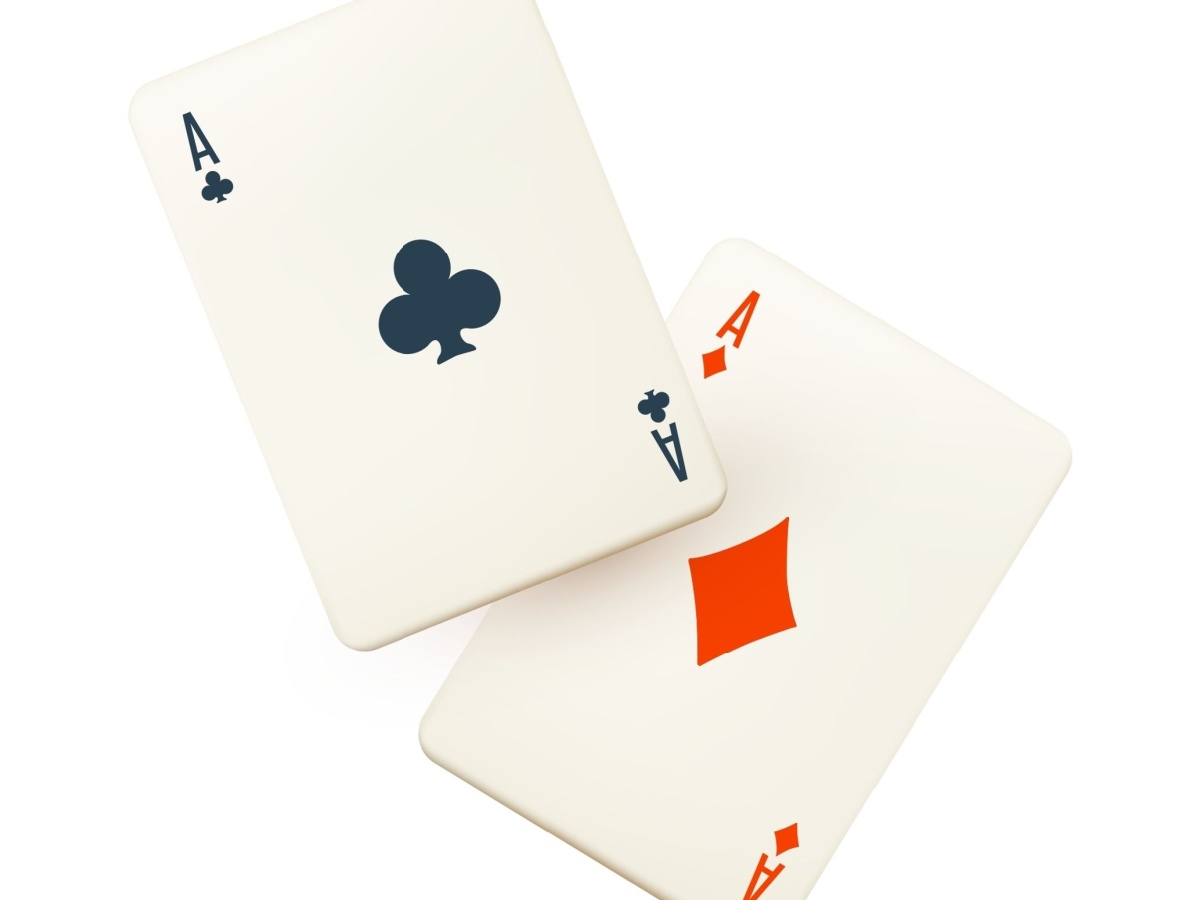
Tip:
This classic card game is the next step up from Card Collector.
War
What Kids Learn: Comparing numbers (greater than or less than)
How To Play:
- Shuffle the deck and deal it between the two players, who each keep their stack face down.
- At the same time, each player flips a card. The one whose card is greater keeps them both.
- If both players flip the same card, it’s a war! Each player deals two cards face down, and one face up. The highest face-up card wins them all.
- Keep playing until one player holds all the cards.

Tip:
This game is quick to play and it perfect for one player.
Letters vs. Numbers
What Kids Learn: Identifying letters and numbers
How To Play:
- Simply sort through the deck one card at a time. If it has a number on it, place it in one pile. If it has a letter (A, J, Q, or K), place it in the other. If your child can identify each number and letter, have them say them out loud as they flip through the cards.
- For more fun and learning, you can sort the number cards into suits/shapes and then put them in numerical order.
Number Slapjack
What Kids Learn: Number recognition
How To Play:
- Shuffle the deck and divide it between the players, who each hold their stack facedown.
- Set a target number, such as 4, and start the game by saying, “Go!”
- Moving quickly, each player takes a turn laying a card face up in the middle. When the target number appears, the first player to slap the pile gets all the cards.
- Choose a new number and keep playing!
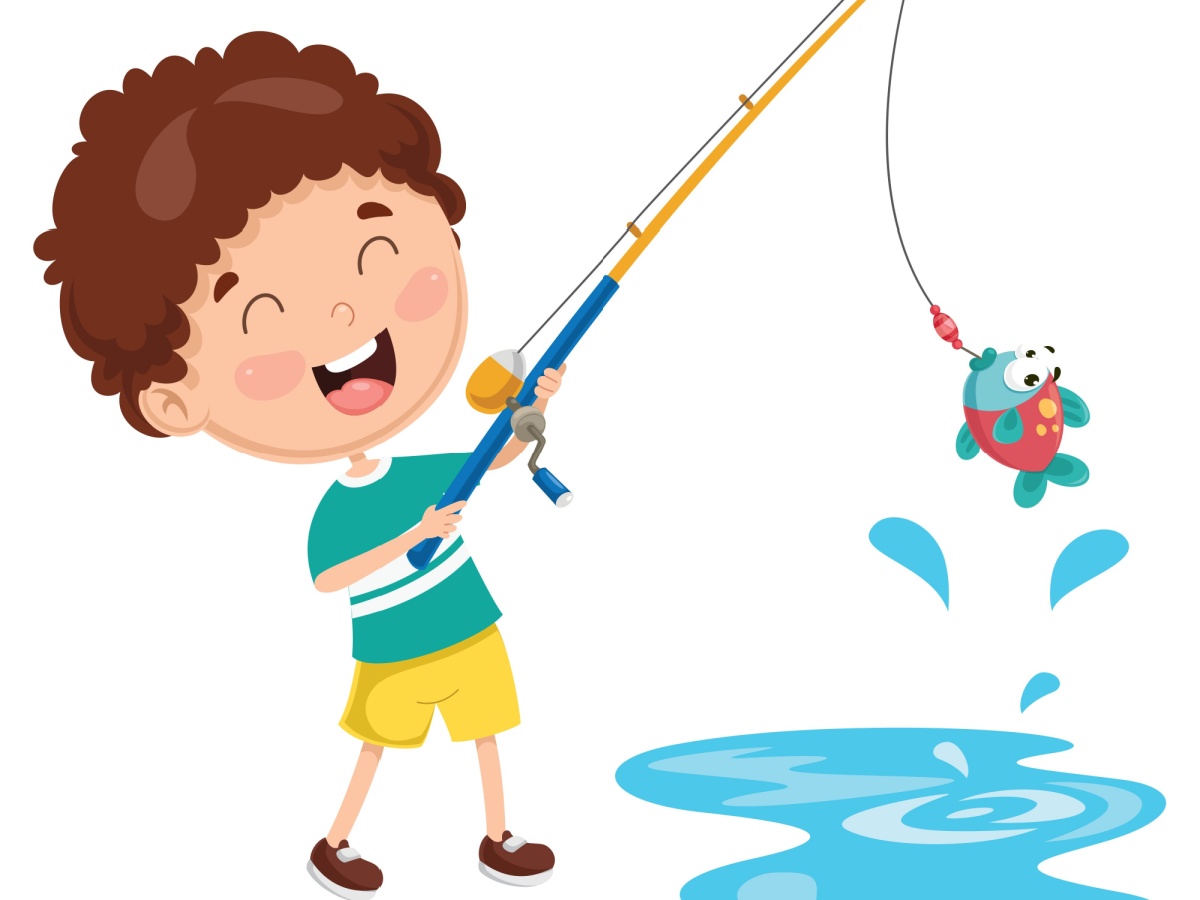
Go Fish
What Kids Learn: Number recognition
How To Play:
- Shuffle the deck and deal each player five cards, then lay the rest face down in a messy pile in the center.
- Each player tries to collect all four cards of the same number (a set), which they can lay down on any turn.
- The first player starts by asking the next player for any cards of a specific number. (“Do you have any twos?”) If they do, they must hand them all over to the player who asks. If not, they tell the first player “Go Fish!” That player then draws a card from the middle, adding it to their hand.
- When the fish pond is empty, the player with the most complete sets of 4 wins the game!
From 2 to 9
What Kids Learn: Even and odd numbers
How To Play:
- Remove the face cards, shuffle the deck, and deal the cards equally between all the players. (If there are any extra cards, lay them aside for this round.)
- Each player then sorts their hand into two piles of even and odd numbers.
- Roll a die. If the number is 1, 3, or 5, the target for the hand is odds; if it’s 2, 4, or 6, the target is evens.
- Players count the number of target cards they have—the one with the most wins that hand.
Tip:
- Help your child practice more with even and odd numbers with our odd and even numbers activities and printables!
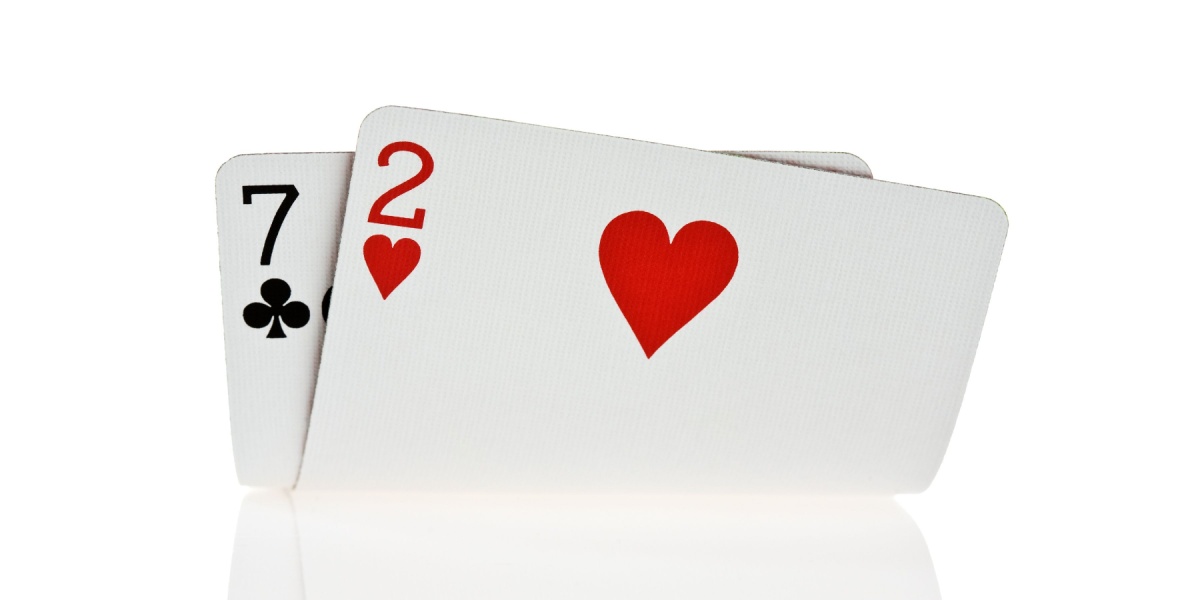
Closest to 100
What Kids Learn: Place value
How To Play:
- Remove the face cards, shuffle the deck, and deal two cards to each player.
- Players arrange their two cards to form the largest number possible. For example, is a player gets a 2 and 4, they’d arrange them to read 42 (instead of 24), creating the largest number from their two cards.
- The one with the largest number (closest to 100) wins them all.
- Continue until all the cards are claimed; the player with the most wins.
Number I Spy
What Kids Learn: Number recognition
How To Play:
- Lay all the number cards in a deck face up on the table.
- Player one chooses a card, but doesn’t tell anyone which one it is and leaves it in place. Instead, they offer clues to the other players, like “I spy with my little eye a number that’s less than 5” or “I spy with my little eye a number that is the same as Liam’s age.”
- The first player to correctly identify it gets to keep the card, and play continues.
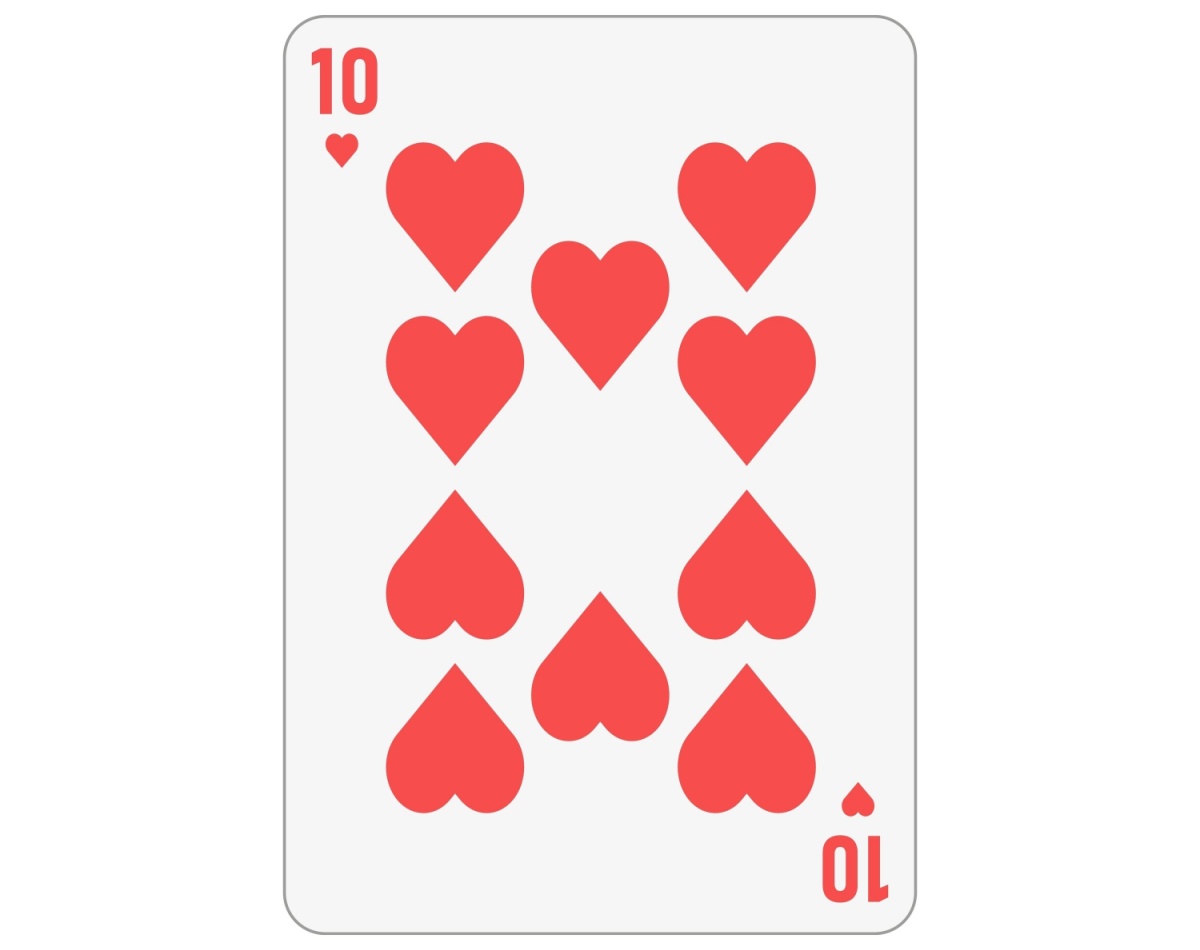
Make 10
What Kids Learn: Addition within 10
How To Play:
- Remove the face cards, shuffle the deck, and deal each player two cards.
- If any player’s cards add up to 10, they automatically win that round and keep all the cards. (If more than one player has 10, they split the cards between them.)
- If no one can make 10, players take turns drawing one card from the deck and discarding one until someone can make 10.
- Continue until all the cards are claimed, then count them up to see who wins!
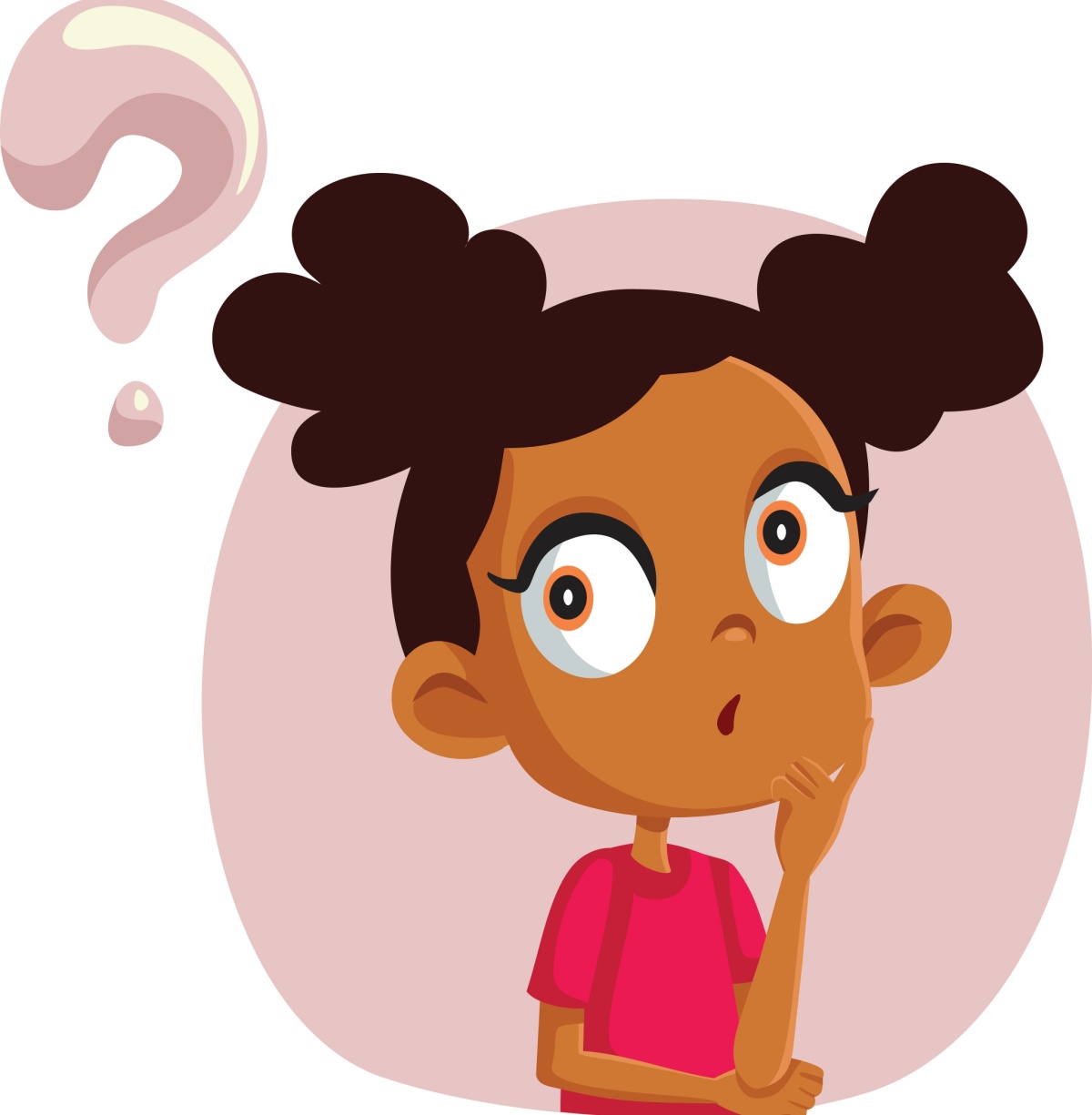
Guess My Number
What Kids Learn: Number recognition and relationships
How To Play:
- Shuffle the deck and place it face down.
- The first player picks up a card, hiding it from the others.
- The other players take turns asking questions to guess what number it is. They could ask, “Is it made up of straight lines or does it have curves?” or “Is it greater than 5?”
- The first player to guess correctly keeps the card, and starts the next round.
Pick It Up!
What Kids Learn: Number recognition
How To Play:
- Shuffle the cards, then toss them high in the air and let them fall where they may.
- Call out a number—players race to be the first to find a card that matches it.
Tips:
- Kids will love this one, a call-back to the old game 52 Pick Up!
- You’ll need a big open space to play.

Old Maid
What Kids Learn: Number recognition
How To Play:
- Remove one queen from the deck, then shuffle the deck and divide it between the players.
- Each player looks through their hand, laying down any pairs of numbers or face cards (only pairs, not three of a kind).
- The first player offers their cards, face down, to the next player.
- The second player draws one, and lays down a pair if they now have one.
- They offer their cards to the next player, and the game continues.
- In the end, the person left holding the single queen (the old maid) is the loser!
Higher or Lower
What Kids Learn: Comparing numbers (greater than or less than)
How To Play:
- Remove the face cards and lay the shuffled deck face down.
- Player one turns over the first card, then guesses whether the next card will be greater than or less than the one that’s showing.
- Flip the next card; if they’re right, they keep both cards. Otherwise, the cards are discarded and play continues with the next player.
Tips:
- This is great for teaching probability as well as comparing numbers.

Snap
What Kids Learn: Number recognition
How To Play:
- Deal each player a stack of cards face down, dividing the deck as equally as possible.
- One at a time, each player flips over the top card on their stack, starting a new pile.
- When someone turns up a card with a number that matches one already showing on another pile, the first player to notice calls out “Snap!” and adds the cards from both piles to the bottom of their original stack.
- Play until one player has all the cards, or set a timer and then count up the cards to find the winner.
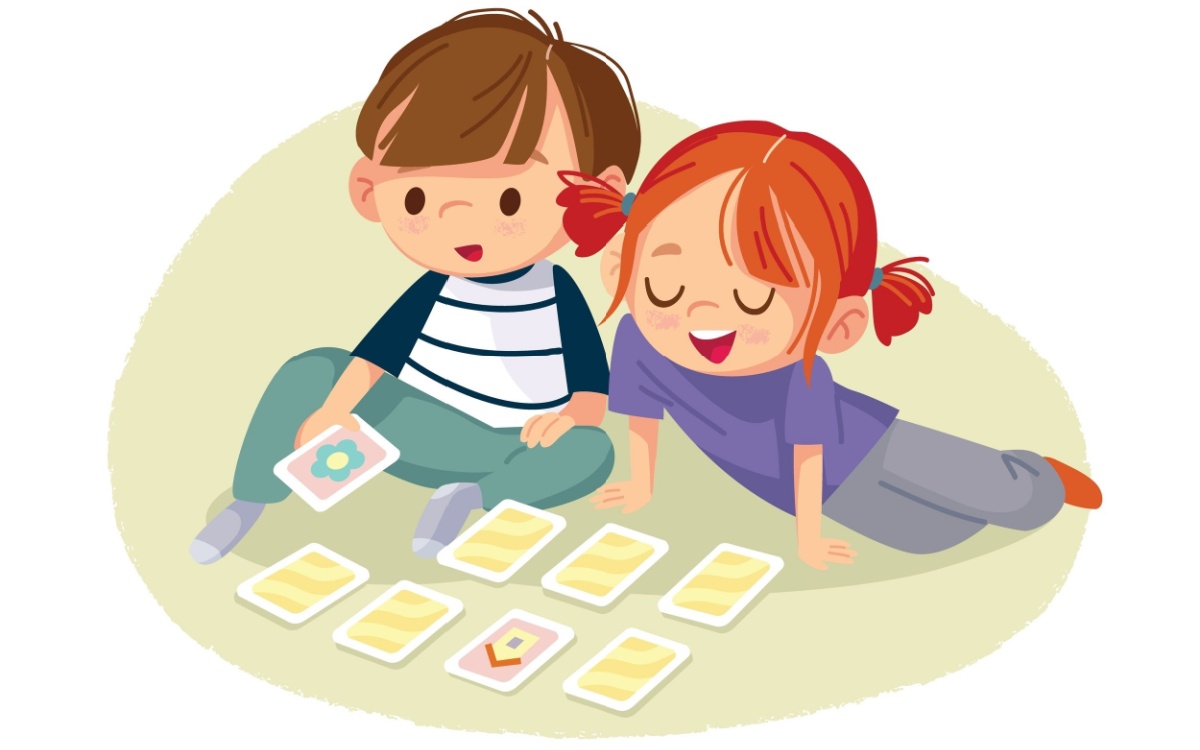
Concentration
What Kids Learn: Number recognition
How To Play:
- Remove the face cards and shuffle the deck.
- Lay all the cards face down on the table, spread out so no card touches another.
- The first player turns over any two cards. If the numbers match, they keep the cards. If not, they turn the cards face down again.
- Play continues until all the cards have been matched up and removed from the board.
First and Second Grade Card Games That Teach Math
These math games bring addition, subtraction, and even multiplication into the mix. Unless otherwise specified, assume face cards equal 10 and aces equal 1.
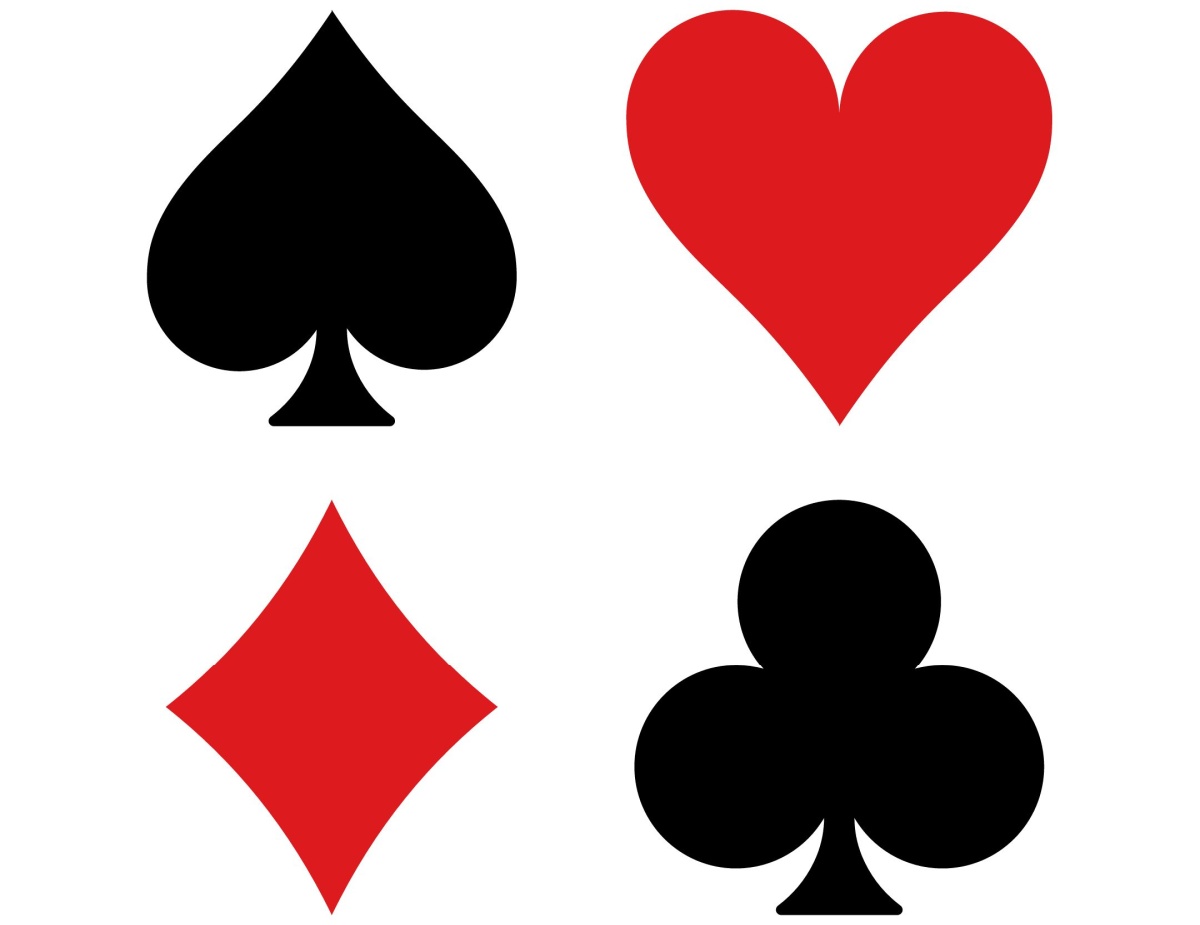
21 (Blackjack)
What Kids Learn: Addition within 21
How To Play:
- The goal of this game is to get a hand of cards that’s closest to 21 without going over.
- Shuffle the deck, and deal each player one card facedown and one card face up.
- Each player looks at their cards and adds them up in their head, keeping the total to themselves.
- The dealer then offers each player another card; if they want one, they say, “Hit me!”
- Any player whose total is now greater than 21 is out of the game. If anyone has 21 exactly, they win the round. Otherwise, players may decide to receive another card or stand where they are.
- The player with the total closest to 21 wins the round.
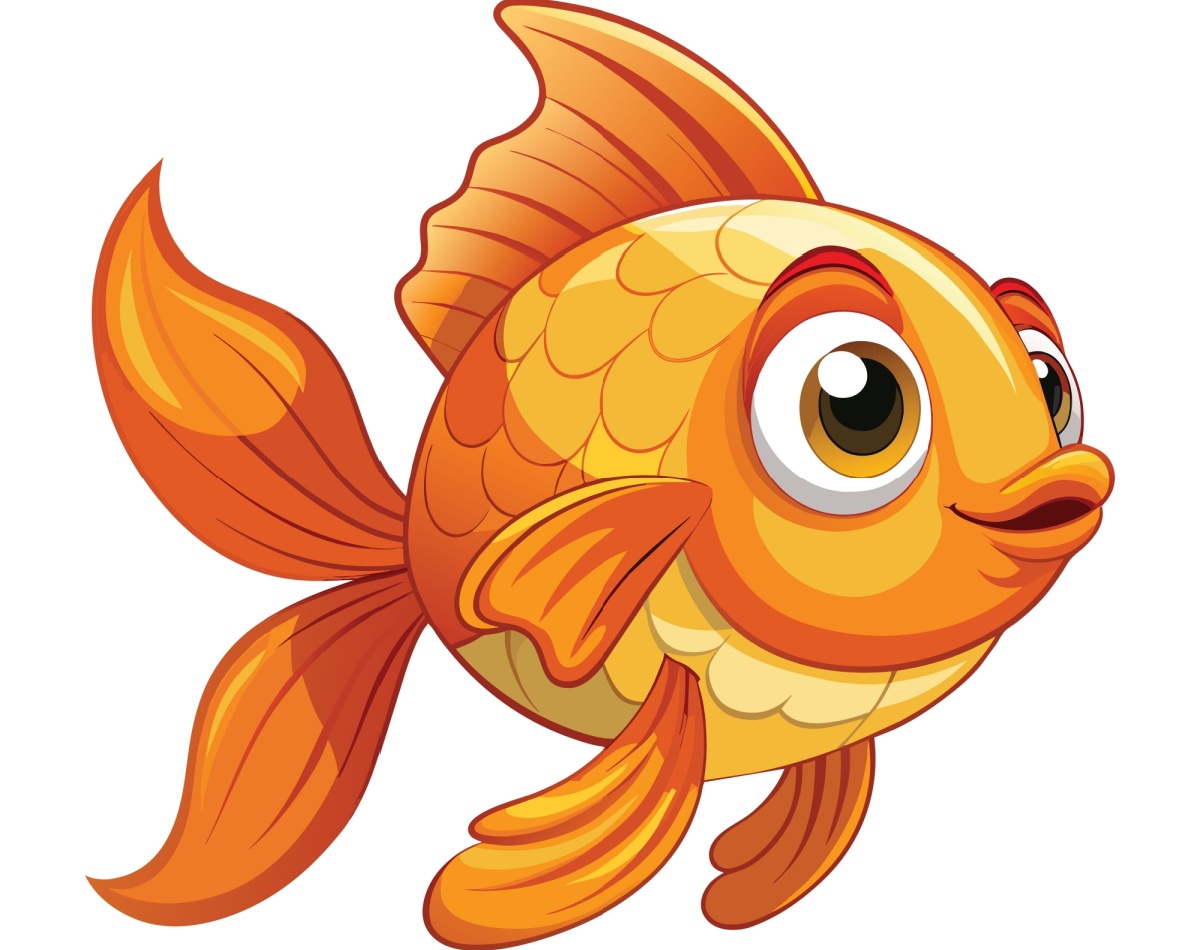
Fish for 10
What Kids Learn: Addition within 10
How To Play:
- Remove face cards for this game, but keep the aces.
- Play is similar to Go Fish, but instead of collecting sets, players are trying to accumulate cards that add up to 10. For instance, if a player has 2, 3, and 5, they can lay those down on their turn. They could also lay down an 8 and a 2, or two 2s and two 3s.
- During their turn, players ask another player for a specific card to complete their collection (“Do you have a 3?”) or draw from the fish pond.
- Any player who manages to lay down all their cards, emptying their hand, automatically wins. Or, play ends when the fish pond is empty and the player with the most sets adding up to 10 wins.
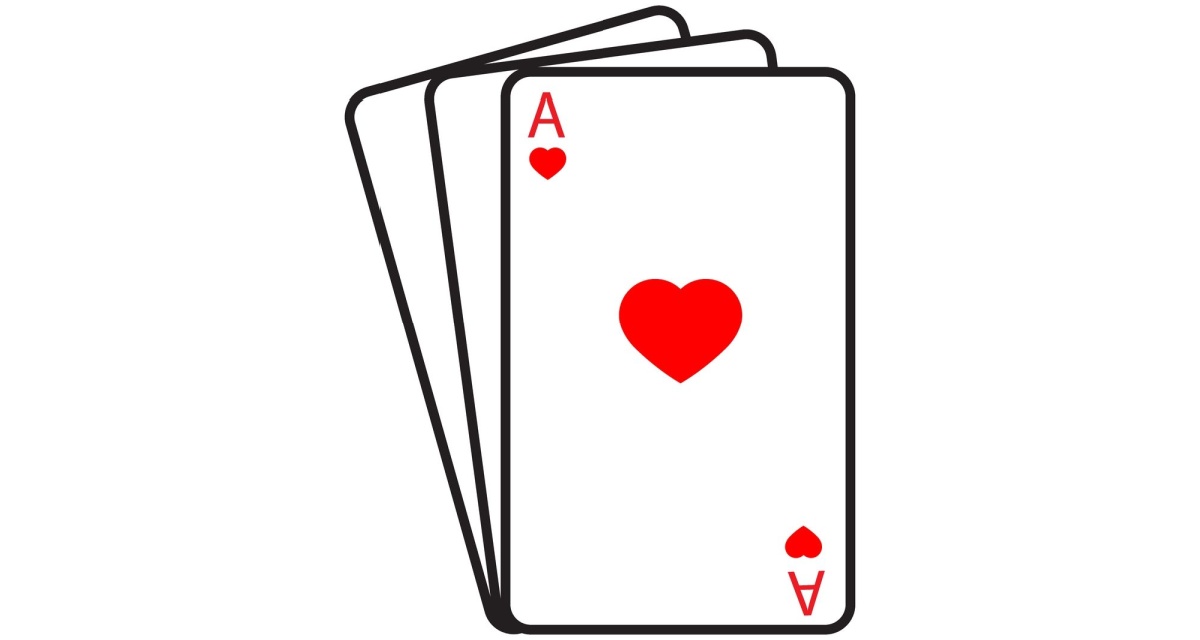
Deal Three
What Kids Learn: Math sentences (equations)
How To Play:
- Shuffle the deck and deal each player three cards, then place the deck facedown in the middle.
- Players look at their cards to see if they form a valid math sentence; if a player has drawn 4, 9, and 5, they could create the equation 4 + 5 = 9 or 9 – 4 = 5.
- If no player can form a valid math sentence, the first player draws one card from the deck, then tries to form an equation using the new card. If they’re still unable to, they discard one card, and the next player tries.
- The winner of each round keeps their cards; the rest go into the discard pile.
Math Boggle
What Kids Learn: Math sentences (equations)
How To Play:
- Shuffle the deck, then lay out four rows of four cards each, face up, to form a grid.
- Give each player a pencil and paper, and start a timer for two minutes.
- Players look for math sentences in the grid, across, down, or diagonally, backwards or forwards. For instance, if they see a 2, 3, and 5 in a row diagonally, that forms the math sentence 2 + 3 = 5.
- When the timer goes off, compare equations to see who found the most.

Race to 100
What Kids Learn: Addition with 100
How To Play:
- Give each player a pencil and piece of paper, then shuffle the deck and place it in the middle.
- Players take turns drawing one card at a time and adding it to their running total, trying to be the first to reach 100.
- For example, if a player draws a 7 on their first turn, they write that on their paper. On their next turn, they draw a king and add 10 to their running total, for a new total of 17.
- First to 100 wins!
Countdown
What Kids Learn: Subtraction within 100
How To Play:
- Each player starts with a pencil and a piece of paper with “100” written at the top.
- Shuffle the deck and place it in the middle.
- Players take turns drawing the top card and subtracting it from their running total. For instance, if a player draws a 3, their new running total is 97. On their next turn, if they draw an 8, their new running total is 89.
- Play continues until one player reaches zero.
Tip:
- This is the opposite of Race to 100.
- Make things harder by requiring players to reach zero exactly!
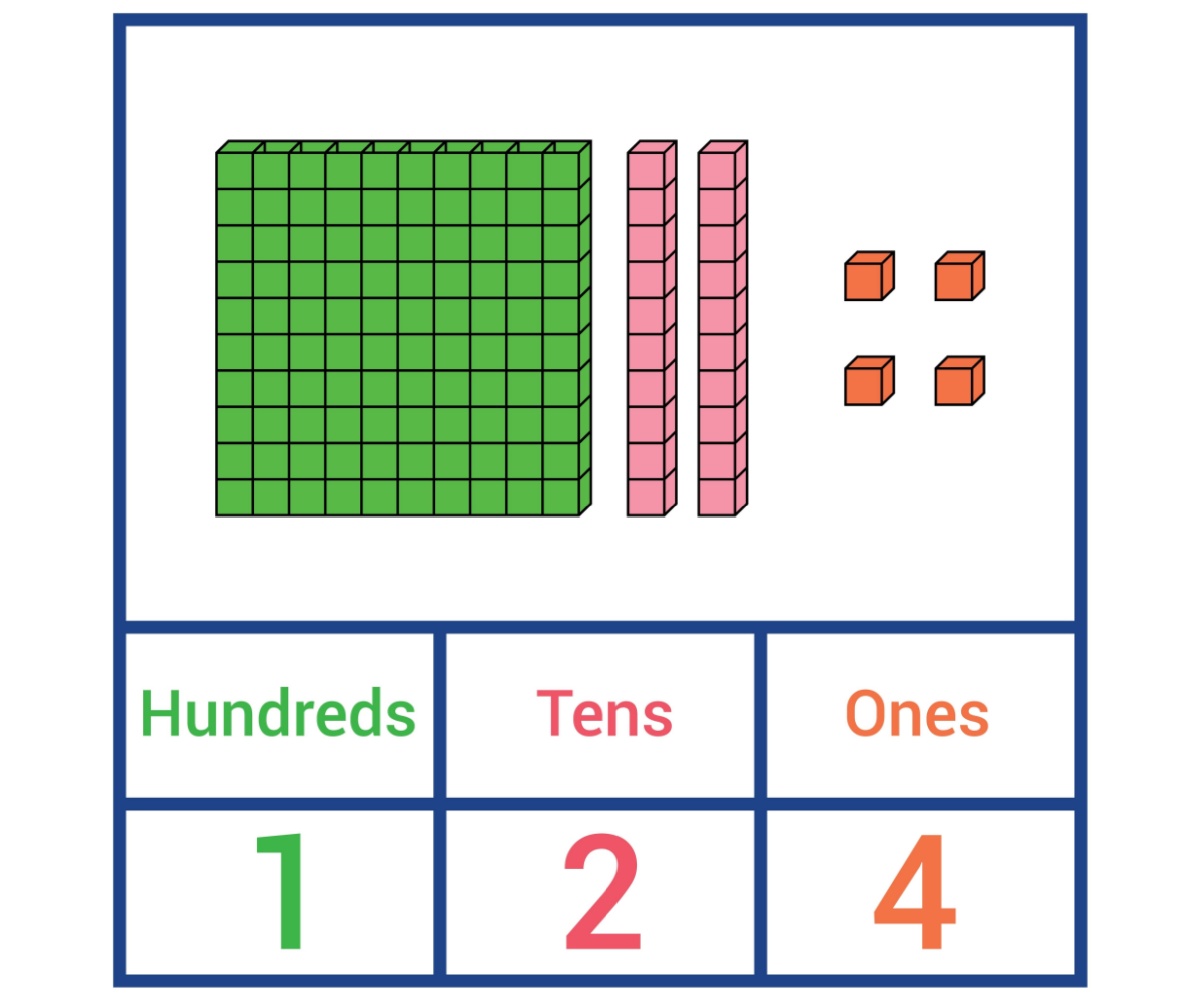
Place Value War
What Kids Learn: Place value
How To Play:
- Remove face cards but keep the aces, which will stand for the number 1.
- Play is just like classic war, except players draw three cards per hand, and arrange them to see who can create the higher number.
- The winner takes all the cards. In the case of a tie, each player draws one more number and adds it in any place they like to form the largest number they can.

Add It Up
What Kids Learn: Addition math facts
How To Play:
- Shuffle the deck and deal out the cards between the players, keeping them in stacks face-down.
- The first player turns over the top two cards on their deck, then has five seconds to add them together and say the correct sum.
- If they’re right, they keep the cards and the next player takes a turn. If they’re wrong, the next player has a chance to steal the cards by saying the correct sum.
- After all the cards have been claimed, the player with the most cards wins.
Memory Make 10
What Kids Learn: Addition within 10
How To Play:
- Remove all the face cards except the aces and lay all cards face down on the table, spread out so none are touching.
- The first player turns over two cards. If the numbers add up to 10, they keep the cards. If not, they turn them face down again and play passes to the next player.
- Continue until no more matches are possible. The player with the most cards wins the game.
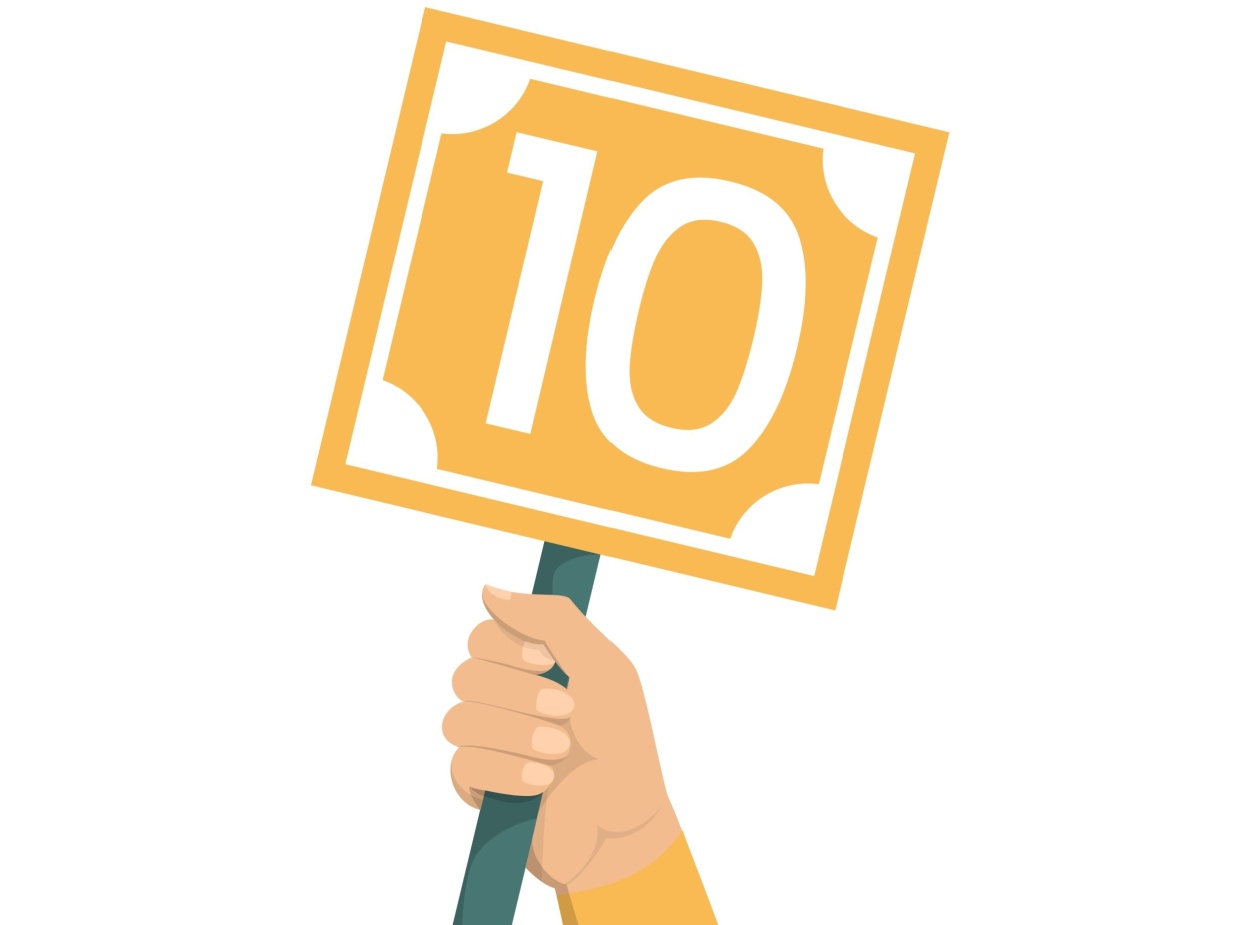
Grab 10
What Kids Learn: Addition within 10
How To Play:
- The goal in this game is to collect cards on your turn that add up to 10.
- Lay out the cards just as you would for Memory Make 10, but place the cards face up instead.
- The first player picks up any number of cards that total 10, trying to get as many cards as possible. For instance, the player might pick up an ace, a 2, a 3, and a 4, which add up to 10.
- Play continues until no possible combinations remain on the board.
- The player with the most cards wins.
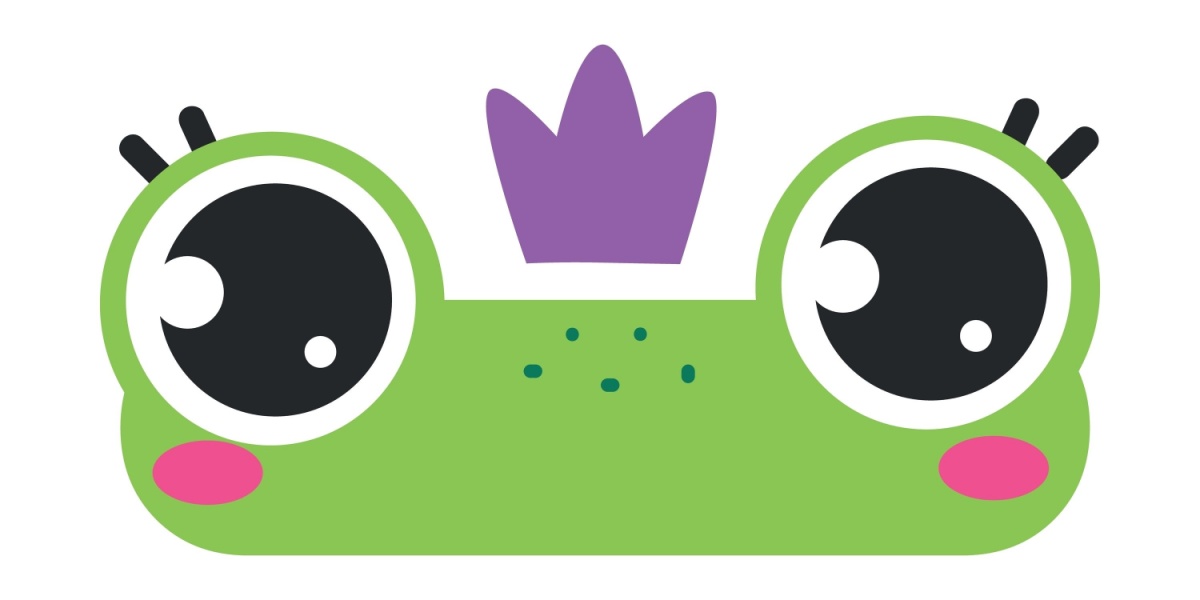
Subtraction War
What Kids Learn: Subtraction math facts
How To Play:
- In this version of war, each player turns two cards from their stack face up at a time, then arranges them to form a subtraction equation with the higher number first.
- The player with the high difference keeps both cards. For example, player one turns over a 3 and a 7, then arranges them to show 7 – 3, which equals 4.
- Player two turns over an ace and a jack, arranges them to show 10 (face card) – 1 (ace), which equals 9. Player two has the higher difference, so they win both cards.
- In the case of a tie, each player turns over one more card; the one with the lowest card wins the round.

Hit the Target
What Kids Learn: Addition and subtraction facts
How To Play:
- Deal each player 3 cards, then shuffle the deck and place it face down.
- Start play by turning one card face up. This is the target card.
- If players have any pair of cards in their hands that can add up to or subtract to equal that number, they lay them down on the table during their turn.
- If not, they draw one card from the stack and lay down a pair if they’re able to.
- Otherwise, they keep the card and play passes to the player. Example: If the target card is 7, a player could lay down a 3 and a 4 (total of 7), or an ace and an 8 (8 – 1 = 7).
- When all the cards have been drawn, play ends. The player left holding the fewest cards wins.
Multiply It!
What Kids Learn: Multiplication facts
How To Play:
- Shuffle the deck and place it face down in the middle.
- The dealer lays out two cards face up.
- Players race to be the first to multiply the two and call out the answer.
- The first correct answer keeps the cards, and play continues.
- When the deck is empty, count up the cards to find the winner.
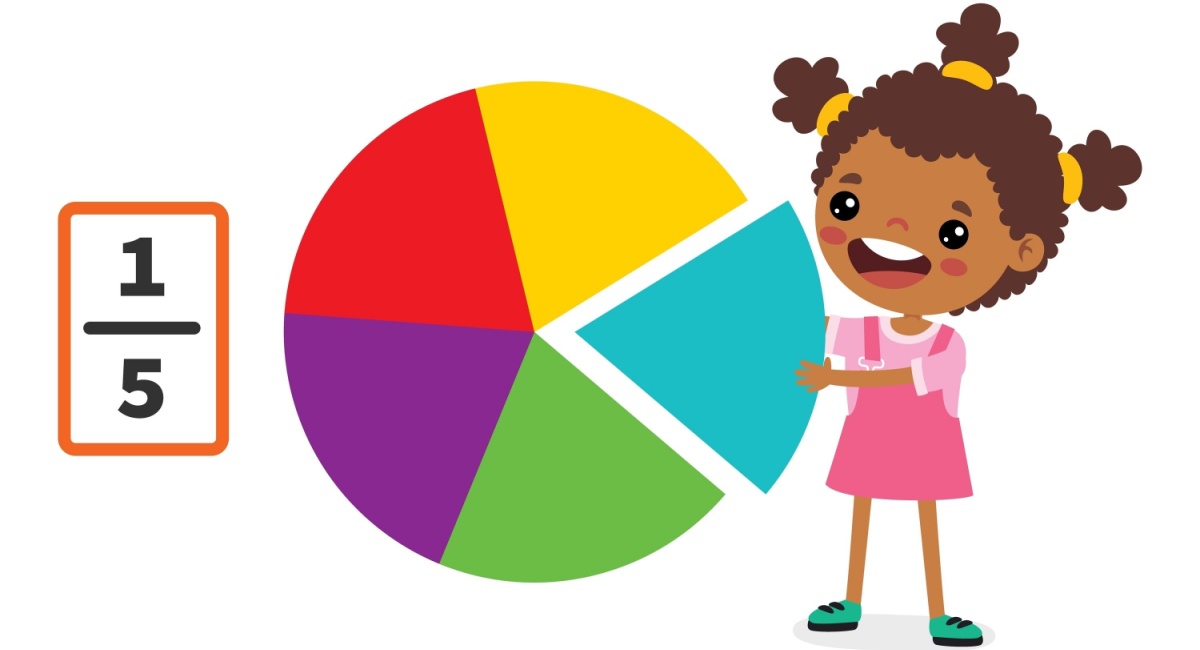
Fraction War
What Kids Learn: Comparing fractions
How To Play:
- Each player draws two cards, arranging them to form a fraction.
- Then, players compare the fractions to see which one is greater.
- The winner of the round keeps all the cards.
Tip:
- This math card game might be a little advanced for this age group, but it’s a fun challenge!
- Use a number line to arrange the fractions for comparison.

Gamify Learning: 7 Easy Ways to Make Learning Fun for Kids
Add a playful twist to everyday lessons with these simple ideas that gamify learning for kids.
Share
What is Gamification?
Gamified learning is an educational method that adds game-like features and concepts into the learning experience to boost engagement and motivation. It encourages a sense of competition, pushing learners to achieve more in an effort to outdo others or their own personal best. Gamified learning also offers rewards for progress, whether tangible, like stickers or treats, or intangible, like leaderboard rankings or new avatars.
Common gamification elements:
- leaderboards
- timers
- points
- achievement badges
- challenges or quests
- progression through levels or tiers
- rewards.
- storytelling–revealing new parts of a narrative as kids achieve learning goals
These elements add a game-like feeling to learning, making it more enjoyable and exciting.
Research Supports Gamified Learning
A comprehensive review of studies on the effects of gamification, published in Frontiers in Psychology in 2024, found that game-based learning can significantly improve reading and math skills in early childhood education. What’s more, the researchers found that, “Game-based intervention significantly improved students’ motivation and engagement compared to traditional instructional methods.”
Furthermore, the authors of another research study, titled “Exploring the impact of gamification on students’ academic performance: A comprehensive meta-analysis of studies from the year 2008 to 2023,” explain that “…by optimizing the learning process and enhancing learning outcomes, gamification plays a vital role in sustaining students’ engagement and other dimensions of their learning experience (Toda et al., 2019), foster learning persistence, facilitate communication (Zhao et al., 2022) and cultivate higher-order thinking skills among learners (Cheng et al., 2023).”
More research highlighting the benefits of game-based learning:
Online learning games offer a popular and effective way to gamify learning. Recent studies capture the benefits of digital educational games on children’s math and literacy skills, as well their social emotional learning and enhance cognitive development.
7 Fun Ways to Gamify Learning at Home or in the Classroom
With it’s proven ability to increase learning gains while adding fun and motivation, parents and teachers may increasingly look for ways to add gamification to their child’s or classroom’s learning.
As you plan how to gamify learning, remember that gamification doesn’t have to mean turning every lesson into a full-fledged game. Instead, you can incorporate some simple game elements into your curriculum or your child’s day-to-day learning. For example, you can add game-based elements to math practice with these 30 card games that teach math. For even more easy ideas, try these fun gamification examples with your learners!
1. Provide rewards through a learning store

Rewards are one of the major elements of gamification, and one that motivates like no other! A reward can be as simple as providing a treat each time a learner completes a task or more complex systems like points and badges.
One of our favorites? A learning store! Award points for specific tasks and achievements, then let kids “spend” them on small prizes.
2. Use leaderboards to motivate
Ranking learners can have both benefits and drawbacks, so it’s important to use leaderboards effectively and mindfully.
One option is to use anonymous names instead of real ones, so students are only aware of their own individual ranking rather than every classmate’s standing.
You can also use boards based on effort rather than achievement. For instance, learners could be ranked by the number of pages they’ve read or math problems they’ve completed, rather than on scores or levels.

3. Embark on a story-based quest
In a learning quest, students complete educational tasks to advance along a journey. You can use a premade quest-type learning game for this or try this simple option at home:
Try a Letter Bb Learning Quest, which could include 5 different activities with each activity ending in a clue or hint for the next one. For example, have your child complete a letter Bb worksheet for their first task, then sing along to a letter B song, then try a letter Bb puzzle, followed by a letter Bb game or craft. It’s always fun to end a quest with a treasure, such as a small prize or treat or an activity.
For older children, try picking a choose-your-own-adventure style book, and allow your child to make choices along the way as they complete specific lessons or other tasks. You’ll be amazed how motivating this can be!

4. Award learning badges

Badges are a low-cost (or no cost, if you use an online option) way to reward learners for specific tasks.
Remember to make them about both progress and achievement, so you might have badges like, “Spent 20 minutes a day reading every day for a month” and “Read 3 chapter books all on my own.”
Tip: Reward kids for persistence with a Mistake-Fixer Badge. They receive this after they’ve made and corrected a certain number of mistakes while they practice new skills.
5. Design and customize avatars
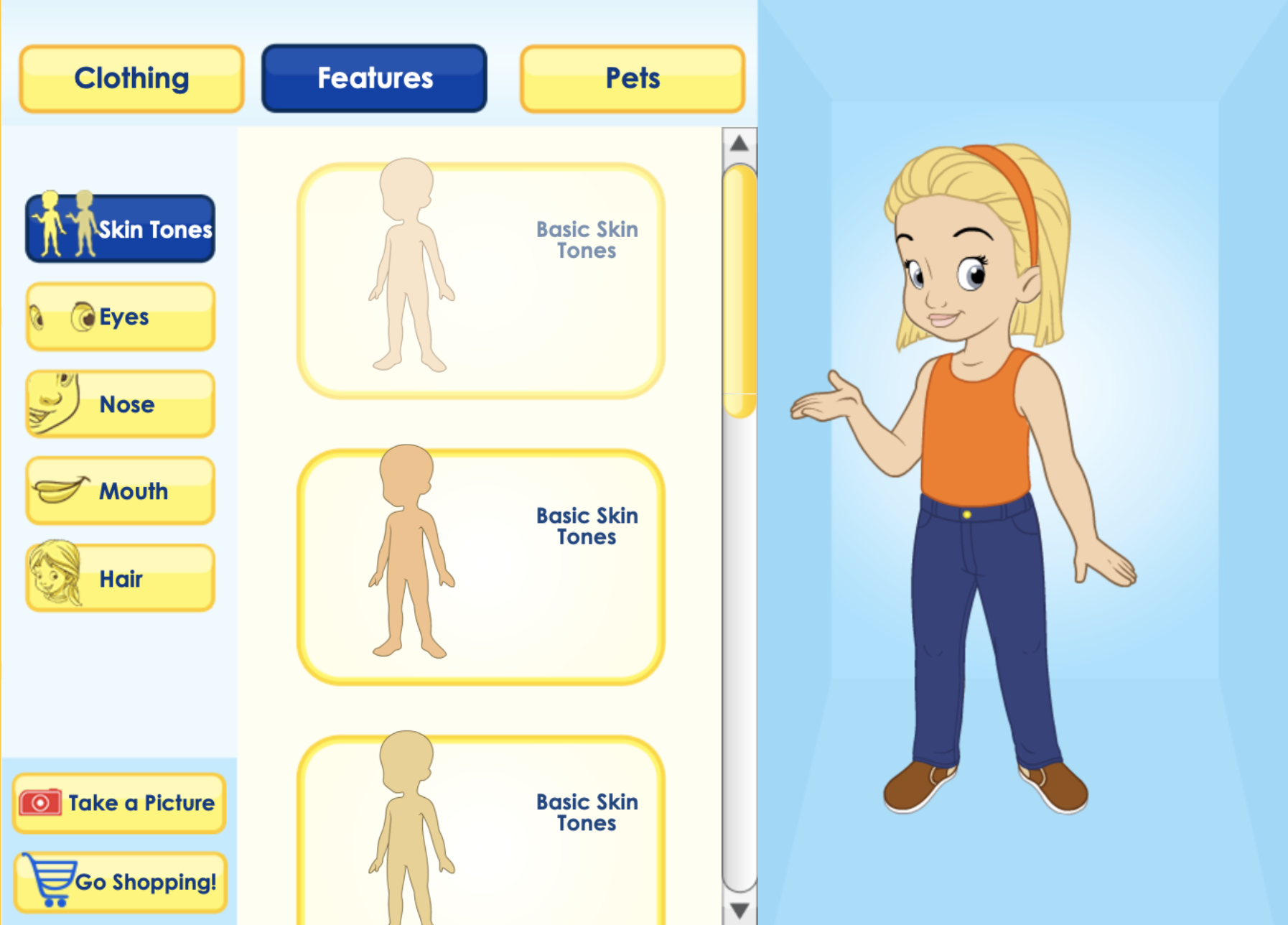
An avatar is a visual representation of a person playing a game. This can look a lot like the person in real life or be completely made-up. To use avatars in off-line learning, simply have kids draw a basic stick figure to start. As they progress, they can earn things like hair colors and styles, clothing, accessories, and more. You could use sticker packets that allow children to assemble faces, inviting them to add on facial features as they complete learning tasks.
This image is an example of a child’s avatar in the ABCmouse learning app.
6. Complete Mystery Missions

“Your mission, should you choose to accept it …” What a fun way to start a lesson! Turn learning into an adventure by reframing it as a special mission. For example, “Your mission is to rescue a cat stuck up in a tree. You’ll need to solve five math problems to find the right tree, read for 20 minutes to climb the tree, and answer three questions about your history reading to bring the cat down safely.” Be creative, and watch kids jump to complete their missions!
7. Boss Battles

As kids complete lessons and practice exercises, they build up points that allow them to advance along a level to a final “Boss Battle.” In these battles, kids go head-to-head with a bigger challenge (like a quiz or test, an essay or report, or a project or presentation). If they score well enough, they beat the boss (a.k.a the quiz, essay, or project) and advance! If not, they can go back to try again.
ABCmouse is game-based learning!
Expert educators designed ABCmouse to gamify learning key foundational concepts for children ages 2-8. It’s also proven to double early learning gains in reading and math.*
*Age of Learning study; PreK kids; min. 2 day/wk & 1 hr/wk usage. See aofl.com/research for more info.
How ABCmouse gamifies learning:
- motivating reward system
- customizable avatar
- digital toys and prizes
- 10,000+ educational games and activities
- progression on learning path
- and more!
Benefits of Gamifying Learning
Gamifying learning not only makes it more fun, it also brings many other important benefits for children, including:
- Increased Engagement: When learning feels more like a game, kids are much more likely to feel excited about the experience. Interactive environments and immediate feedback keep them involved in the process. They look forward to making progress, and may even choose to play the games “just for fun.”
- Enhanced Motivation: If you’ve ever played a video game level over and over trying to beat the final boss, or spent endless time practicing a skill like shooting hoops to sharpen your skills for competition, you know the motivation games can provide. Gamification works in the same way, urging students to keep learning so they can beat the competition or earn coveted rewards.
- Improved Retention: In gamified learning, students are actively engaged in the process, rather than just passively receiving information. Plus, they often receive immediate feedback on their efforts. This can help learners retain information more effectively and avoid developing incorrect skills and practices.
- Personalized Learning: Gamified learning is often tailored to a student’s particular needs and interests. For instance, a child who loves athletics may be more excited to learn if their lessons incorporate elements of their favorite sports. Kids who enjoy stories will want to keep learning so they can find out what happens next in a narrative game.
- Better Social Skills: When kids play learning games with others, they develop all sorts of social emotional skills. If it’s a competition, they learn to play fair and be a gracious winner or loser. If the learning game is cooperative, they must work as an effective part of a team. Either way, they benefit from better communication and emotional regulation skills.
- Growth Mindset Development: Gamification can take a little pressure off of a learner, ensuring them it’s okay to make mistakes as long as they keep trying. Immediate feedback gives kids a chance to go back and try again, persisting until they get it right and earn the reward they’re working towards.
Gamify Learning with Free Online Learning Games
One of the easiest and most effective ways to gamify learning is with online learning games designed by experts to educate, engage, and motivate kids. Online educational games can enhance cognitive development, reinforce reading and math concepts, promote problem-solving, and improve engagement, motivation, and social skills, making them a valuable resource for education and personal growth. Learn all about the benefits of online learning games here.
Free-to-play learning games from ABCmouse
With a commitment to making learning fun and accessible to as many children as possible, ABCmouse offers hundreds of digital educational games for free. Kids ages 2-8 can enjoy free online games focused on math, reading, science, social studies, art, and more. Check out our entire library of free games here.
Examples of Gamified Learning: Free Online Learning Games from ABCmouse
Word Pop: C is for Cot, Cut, and Cub
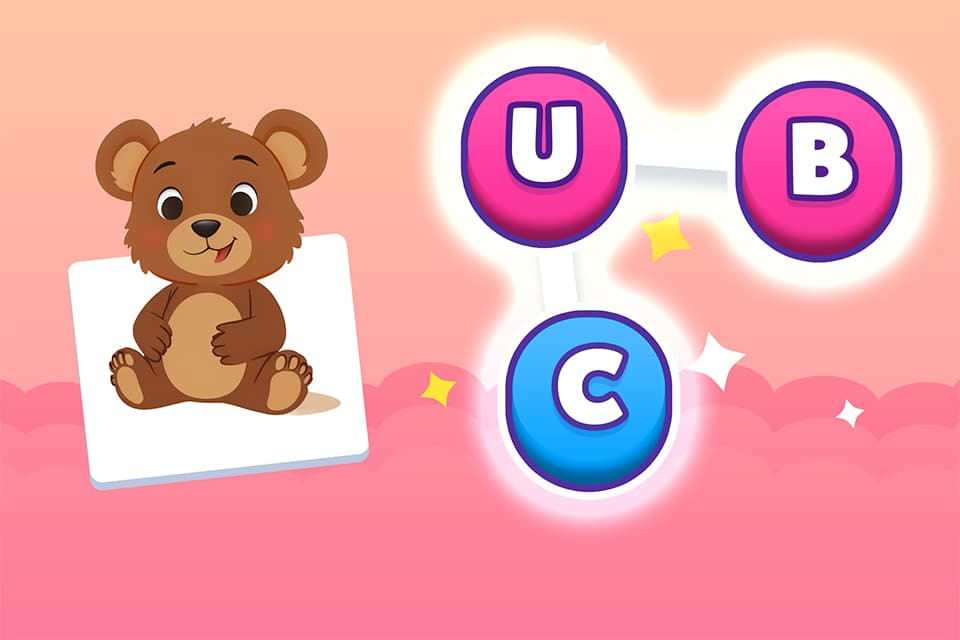
Look at the pictures and listen to each word, then spell the word by connecting the correct letters together!
Number Grab: Number 1
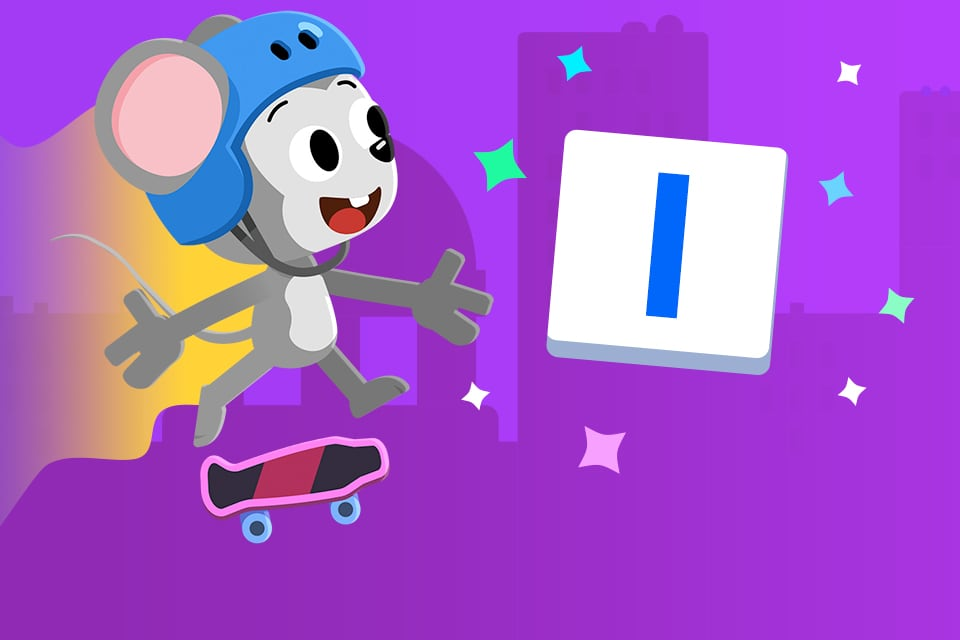
As ABCMouse races through the city on his skateboard, help him find and catch all of the number 1s as they zoom by!
Memory Match: Colors
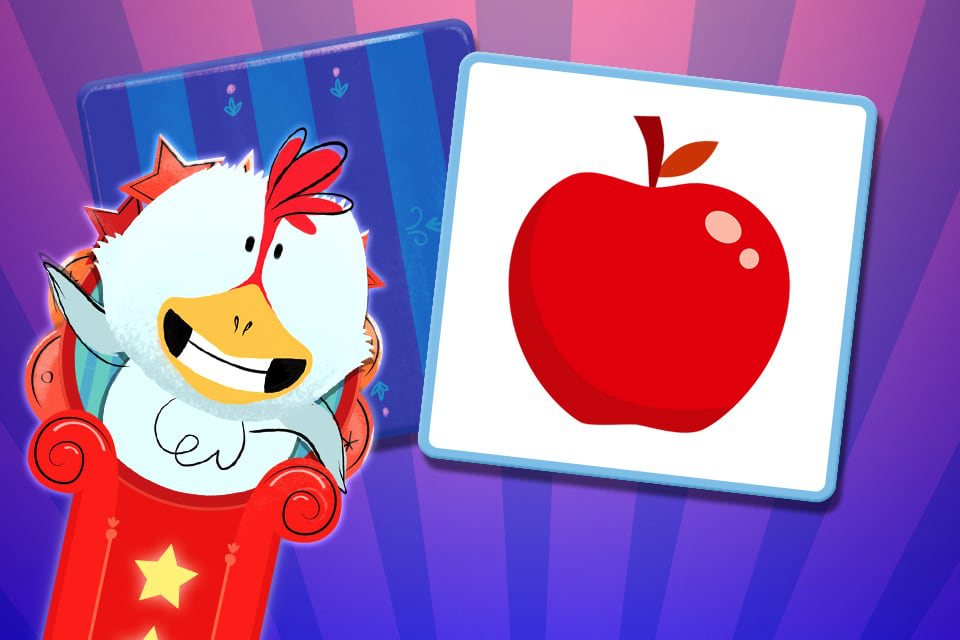
Kids can test their memory while practicing with colors in this game for toddlers, preschoolers, and kindergartners.
Frog Feeder: Letter s

This frog sure is hungry, but he only wants flies with the letter S! Tap the correct fly and watch the frog catch it with it’s tongue.
Gamify Learning FAQ:
What is gamified learning?
Gamified learning is a teaching strategy that integrates game elements into the educational process to increase engagement and motivation. By introducing a sense of competition, it inspires learners to improve—whether by outperforming others or surpassing their own previous achievements. Progress is rewarded through incentives, motivating learners through immediate feedback and prizes.
Does gamification improve learning?
Research indicates game-based learning significantly boosts young children’s reading, math skills, motivation, and engagement compared to traditional methods. Explore the research into gamification and game-based learning here.
What are key features of gamified learning?
Incorporates Game Elements:
Gamified learning brings in features like points, badges, leaderboards, and rewards to inspire and energize students as they learn.
Turns Lessons into Adventures:
Game-based learning transforms standard educational tasks into dynamic, interactive activities that are fun, immersive, and easier to remember.
Boosts Student Motivation:
Game-inspired components make learning more appealing, helping students stay motivated and engaged, which often leads to better academic results.
Encourages Interaction and Teamwork:
By promoting both friendly competition and collaboration, game-based learning creates opportunities for students to work together and support one another.
Flexible Across Learning Environments:
Gamifying learning works well in many contexts—whether in the classroom, at home, or in digital learning platforms.
How can I make learning more fun for my child at home?
Game-based-learning is a great way to make learning more fun and it can be as simple as offering small treats as kids meet learning goals, or inviting kids to compete to see who can earn the highest score on a learning game. Watch what motivates your child when you play board games or video games, and find ways to include those elements in their learning experiences.
Legal disclaimer: Any information, materials, or links to third-party resources are provided for informational purposes only. We are not affiliated with and do not sponsor/endorse these third parties and bear no responsibility for the accuracy of content on any external site. All information provided in this article is current as of May 2025.
References:
Zeng, J., Sun, D., Looi, C.-K., & Fan, A. C. W. (2024). Exploring the impact of gamification on students‘ academic performance: A comprehensive meta-analysis of studies from the year 2008 to 2023. British Journal of Educational Technology, 55, 2478–2502. https://doi.org/10.1111/bjet.13471
Alotaibi MS (2024) Game-based learning in early childhood education: a systematic review and meta-analysis. Front. Psychol. 15:1307881. Doi: 10.3389/fpsyg.2024.1307881
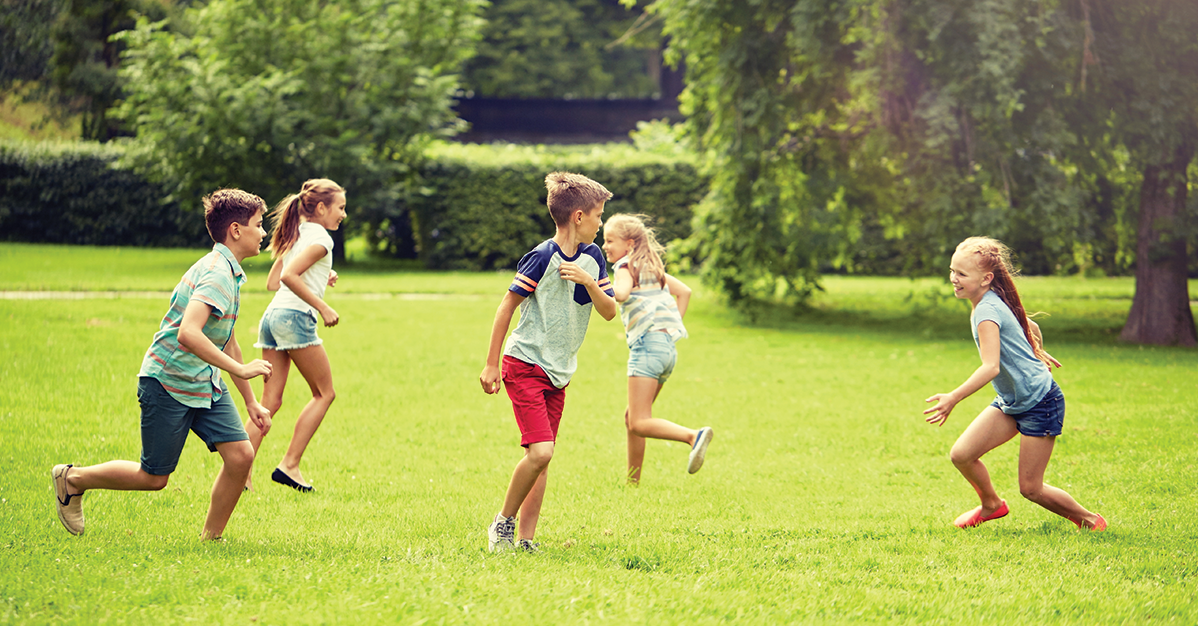
15 Backyard Games for Kids (Free Printables)
Bring kids together with classic outdoor games they can play anywhere with room to run!.These are great for camping, parties, and daily fun!
Table of Contents – Jump to Each Section
Outdoor Games for Teams or Big Groups
Looking for ways to have fun at the playground, the park, or just your own backyard? These group games for kids are perfect for burning energy, building friendships, and making the most of playtime in the fresh air. Better yet–no special equipment is needed to play!
Print out the entire collection of easy backyard games for kids so they’re ready for parties, impromptu gatherings, events with other families, or for your own family fun.
Outdoor Games for Young Kids
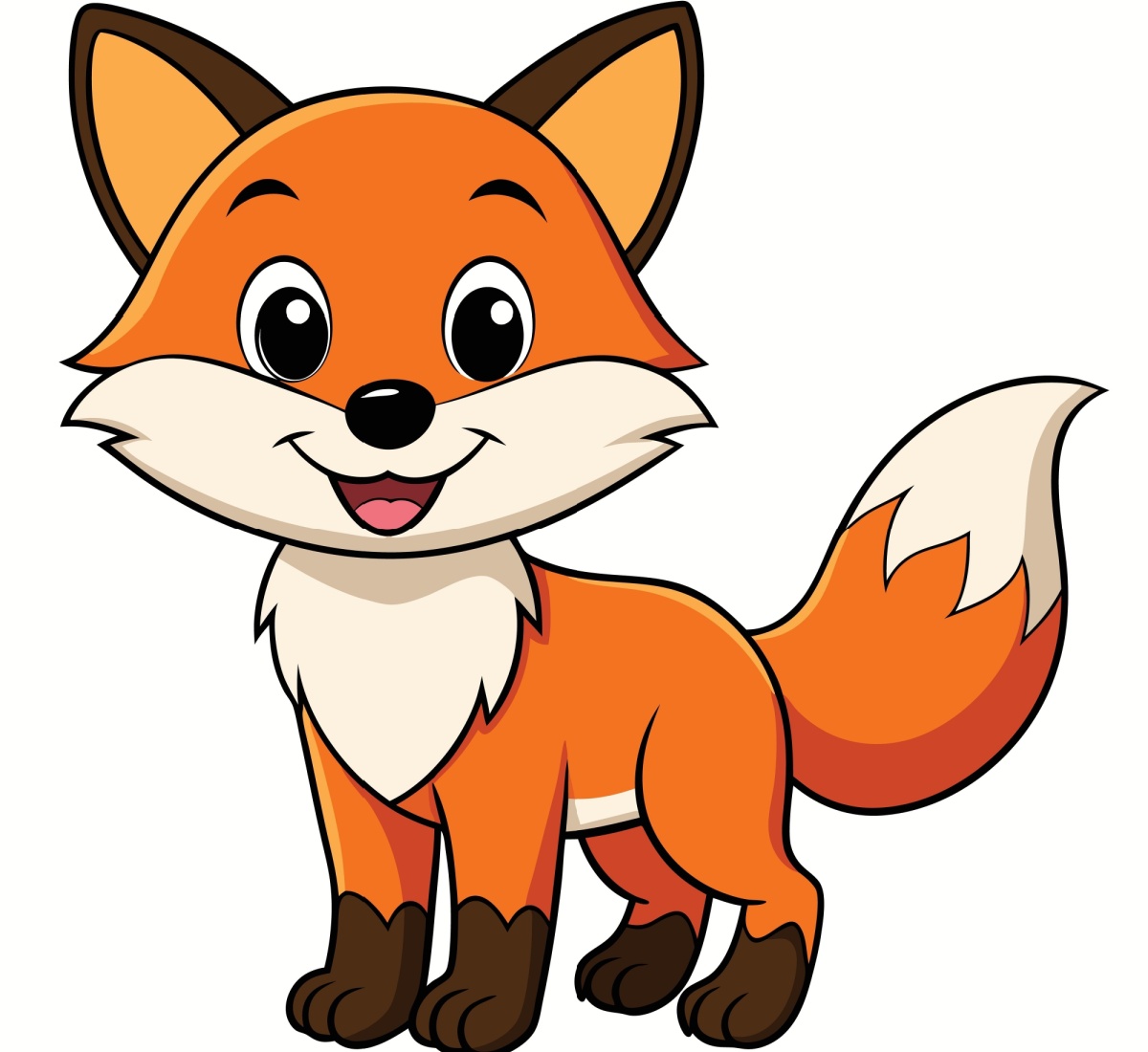
What Time Is It, Mr. Fox?
Description: Tag game. Listen for the time to know how many steps to take, but be on the alert when the chase begins!
Players: 3+
What You Need: A big open space to play in
How To Play:
- Choose one player to be Mr. Fox and stand at one end of the playing field, with their back to the group. The other players line up side-by-side on the other end of the field.
- Together, the players call out, “What time is it, Mr. Fox?”
- Mr. Fox responds with a time, such as “Four o’clock!” The group takes that many steps forward toward Mr. Fox.
- Play continues, with Mr. Fox calling out numbers while listening to try and guess how close the other players are.
- Eventually, Mr. Fox responds with, “It’s dinner time!” and turns around. The other players must now run back to the starting line while Mr. Fox chases them, trying to tag one of the players.
- If Mr. Fox tags another player, they become the new Mr. Fox.
Good to Know:
- Mr. Fox can also call out “Midnight!” instead of “It’s dinner time!” to signal the start of the chase.
- You can change the name to Ms. Fox, or even another animal if you like. Just make sure all the players know what name to use when you call out.

Mother, May I?
Description: Race game. Make your way to Mother at the finish line, but don’t forget to ask permission!
Players: 3+
What You Need: A big open space to play in
How To Play:
- Choose one player to be Mother and stand at one end of the playing field, facing the group. The other players line up side-by-side on the other end of the field.
- The first player asks Mother for permission to move toward the finish line in a specific way. For example, they might say, “Mother, may I take 5 giant steps forward?” Types of steps include:
- Giant Steps: As far as you can stretch
- Tiny Steps: The smallest steps you can take
- Hops: Hop forward on one foot
- Jump: Jump forward as far as you can
- Scissor Steps: Cross one leg over the other as you walk
- Backwards Steps: Turn around and walk backwards toward Mother
- Mother can reply in two different ways:
- If Mother says yes, the player takes the steps and their turn ends.
- Mother can also say no and offer an alternative. For instance, she might say “No, but you may take 5 tiny steps forward.” The player takes the steps and their turn ends.
- If a player forgets to ask “Mother, may I…” at the beginning of their turn, they must go all the way back to the start line and begin again.
- The first player to reach the Mother wins, and gets to be the Mother next.
Good to Know:
- You can change the title to anything you like! For example: father, sister, brother, captain, teacher, etc.
- Switch things up by having Mother give orders first. Players must ask “Mother, may I?” before they move, or they’re sent back to the start.
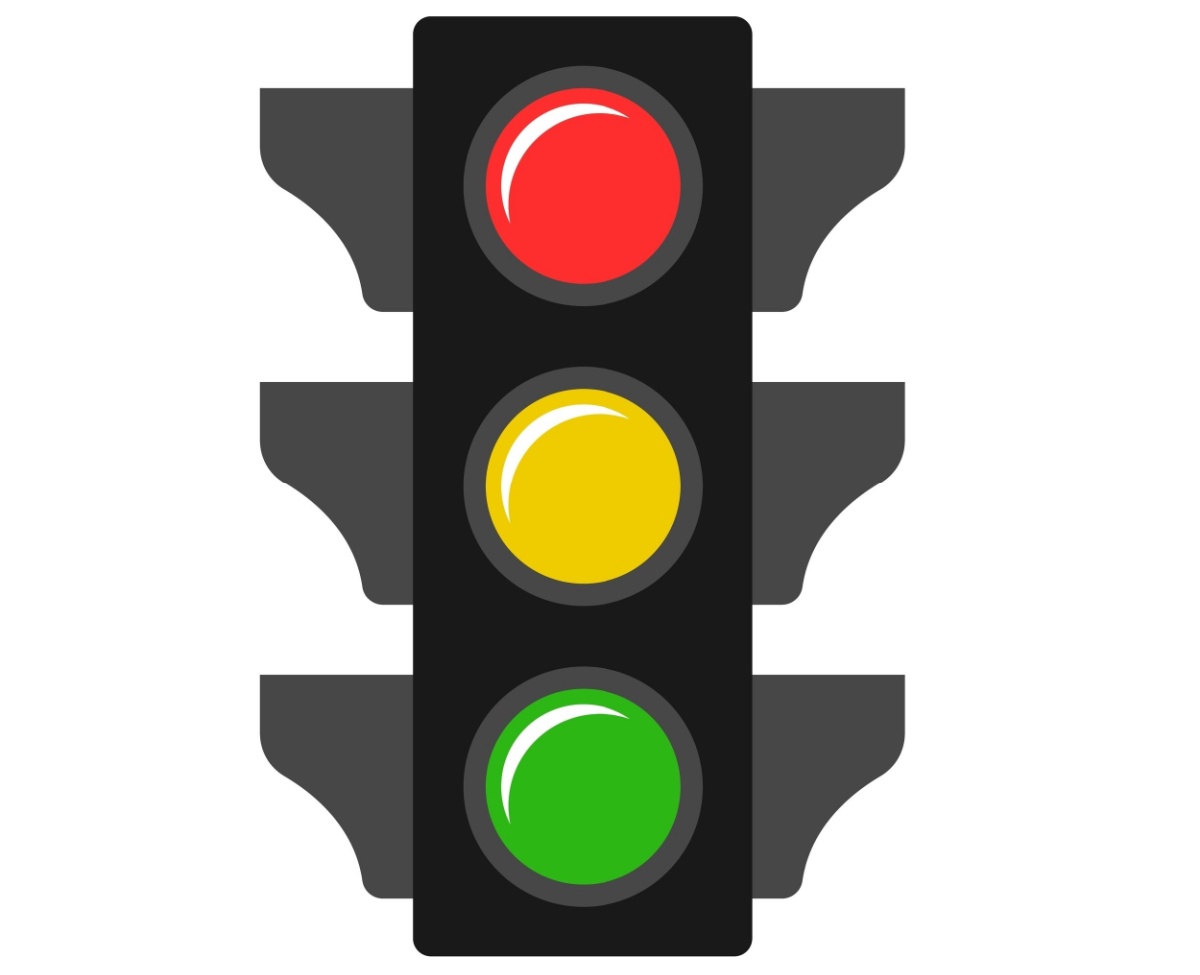
Red Light, Green Light
Description: Race game. Dash your way to the finish line before the lights change and you get caught!
Players: 3+
What You Need: A big open space to play in
How To Play:
- Choose one player to be the Traffic Light and stand at one end of the playing field, facing the group. The other players line up side-by-side on the other end of the field.
- To start the game, the Traffic Light turns around facing away from the group and shouts “Green light!” The players now begin to walk or run toward the Traffic Light.
- At any time, the Traffic Light turns to face the group and shouts “Red light!”
- All the players must freeze in place. If the Traffic Light sees anyone moving, they must go back to the starting line.
- Play continues until one player reaches the Traffic Light without getting caught. They become the next Traffic Light.
Good to Know:
- The Traffic Light can also call out “Yellow light” before they turn around. The players must slow down or take baby steps until the Traffic Light calls “Red light.”
- Want to make the game a little harder? Make the players walk backwards so it’s harder to know when the Traffic Light is going to turn!
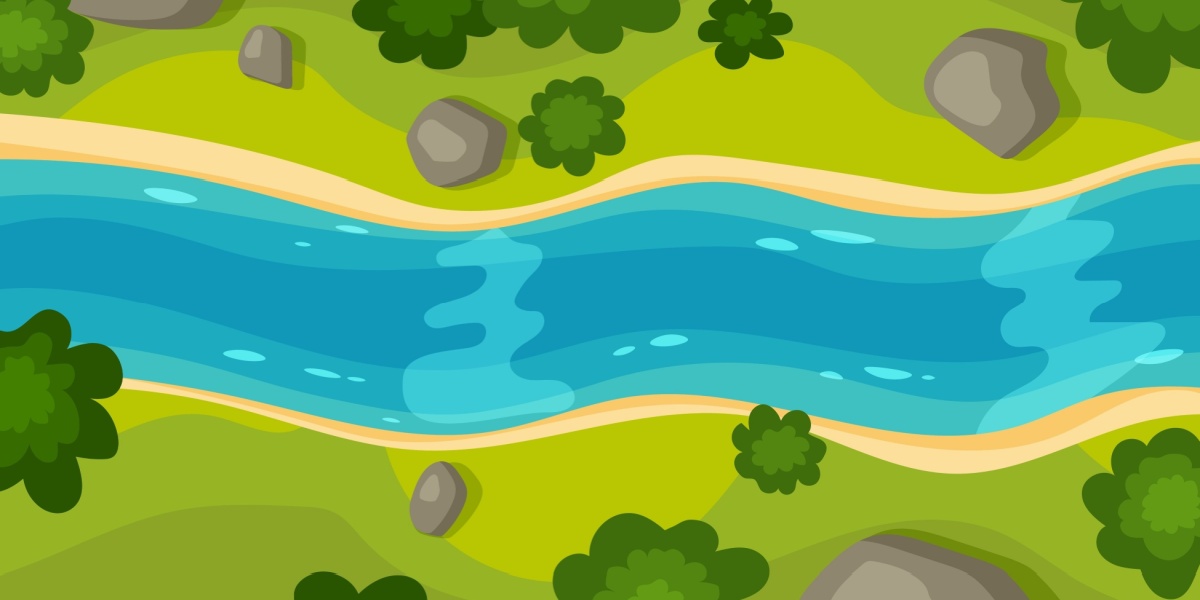
Jump the River
Description: Race game. Leap across an ever-widening jump rope river to beat your opponents!
Players: 3+
What You Need: 2 jump ropes
How To Play:
- Lay out the two jump ropes in straight lines side-by-side, about one foot apart. This is the “river.”
- Players take turns jumping across the river. They must make a clean jump without touching the ropes on either side. Any player who cannot make the jump is out.
- Widen the river by moving one rope out 6 inches or so. The remaining players try to make the jump; anyone who misses is out of the game.
- Continue expanding the river and taking turns jumping until only one player is left!
Good to Know:
- You can make the game easier by allowing players to run and leap across the river, or harder by requiring them to stand still at the line and jump across with both feet at the same time.
- Add a twist to each round with a different rule: jump on one foot, jump with your eyes closed, turn in the air as you jump, etc.
Outdoor Games for Teams or Big Groups
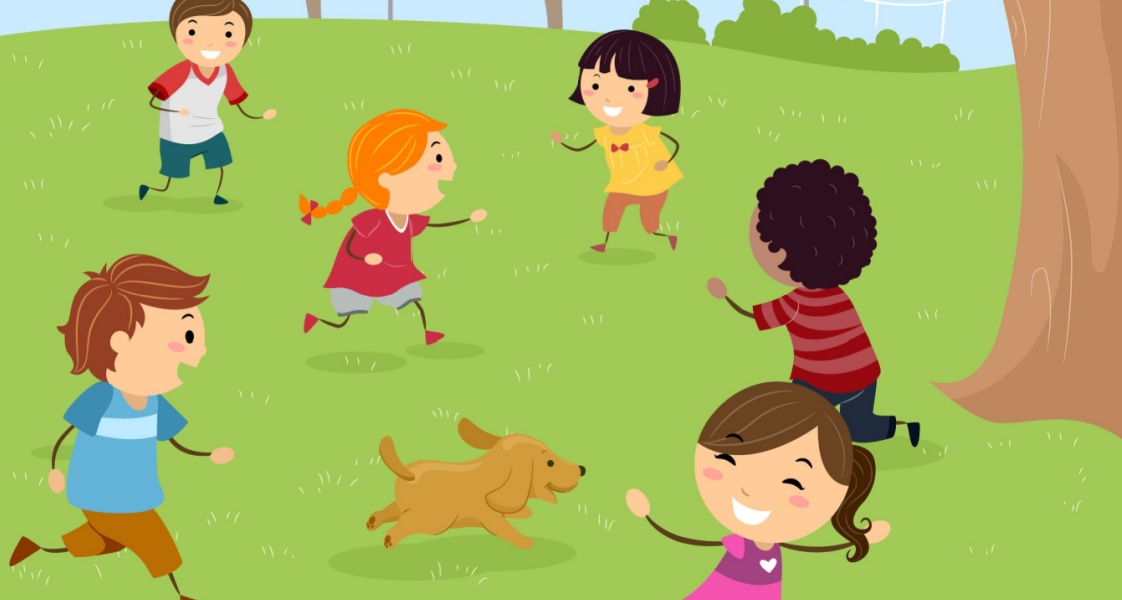
Team Tag
Description: Part hide-and-seek, part tag … all fun!
Players: 2 teams of at least 3 players each
What You Need: A big open space, sidewalk chalk (optional)
How To Play:
- Choose a place to be home base. This could be a spot like a tree or you can draw a big box on the ground with sidewalk chalk.
- Organize your group into 2 teams. Team One closes their eyes and count out loud to 10 (or another chosen number), giving Team Two a head-start to run and try to hide.
- When they finish counting, Team One chases after Team Two, trying to find and tag them one by one. When they do, they escort them to home base, where they have to stay.
- Other members of Team Two can try to run up to home base and tag captured teammates to free them to join the game again.
- The game ends when all the members of Team Two have been caught and sent to home base.
Good to Know:
- You can also play for a specific amount of time, and if some or all of the teammates are still free at the end of the game, they win the game!
- Team One can choose a person to stand near home base and guard the members of Team Two in case their teammates try to free them.

Steal the Bacon
Description: Race game. Listen for your number, and be the first to grab the bacon from the middle!
Players: 2 equal teams of 3+ players, plus one call leader
What You Need: An object to be the “bacon,” like a ball or flag, and a way to mark two team lines and the center
How To Play:
- Lay out the starting lines for two teams facing each other, a good distance apart. Mark a spot in the center between the two teams with a cone or something similar. Place the “bacon” on this spot.
- Each team lines up side-by-side on the starting lines. On each team, the players count off (“1, 2, 3, etc.”) until each player has been given a number. This will be their number throughout the whole game.
- The call leader starts the game by shouting out a number. The player from each team who has that number runs to the middle, trying to be the first to reach the bacon.
- The first player to the middle grabs the bacon and races back to their starting line. The other player chases, trying to tag them. If the player reaches the starting line without being tagged, they earn a point. If they’re tagged first, no one gets the point.
- Return the bacon to the middle, and have the call leader shout out a new number to start the next round. (Be sure to give all players a turn!)
- The first team to earn 10 points wins the game!
Good to Know:
- The call leader can shout several numbers at once (“Two and five!”). They can also shout “Bacon!” This means every player can make a run for the middle at the same time!
- Tip: To ensure the calls are random, roll one or more dice to choose the number(s) for each round.

Spud
Description: Dodgeball game. Beat the ball to be the last one standing!
Players: Best with 5+ players
What You Need: A rubber playground ball
How To Play:
- Assign each player a number, which will be their number throughout the whole game.
- To start a round, everyone stands close together, with one player in the middle holding the ball. That player throws the ball straight up into the air, and shouts a number that’s been given to one of the players.
- As the ball goes up, everyone runs away, except for the player whose number was called. That player tries to catch the ball, or chases after it if they miss.
- As soon as they have the ball, they yell “SPUD!” and stop in place. All the other players must freeze exactly where they are.
- The player with the ball looks around and chooses another player as a target. They may take three giant steps toward that player, then try to hit them with the ball (below the shoulders). The other player may dodge in place, but can’t move their feet.
- If the thrower hits the target, the target receives the letter S. If the thrower misses, the thrower gets the letter instead.
- Return to the center for another round, with the person who caught the ball last calling the next number. Each time a player is tagged or misses their throw, they receive another letter in the word SPUD. When a player has gotten all 4 letters, they’re out of the game. Play until only one is left standing!
Good to Know:
- Make the game harder by eliminating the three giant steps or requiring the thrower to close their eyes before they toss the ball at their target.
- For a faster game, eliminate a player the first time they’re hit by the ball or miss their target.
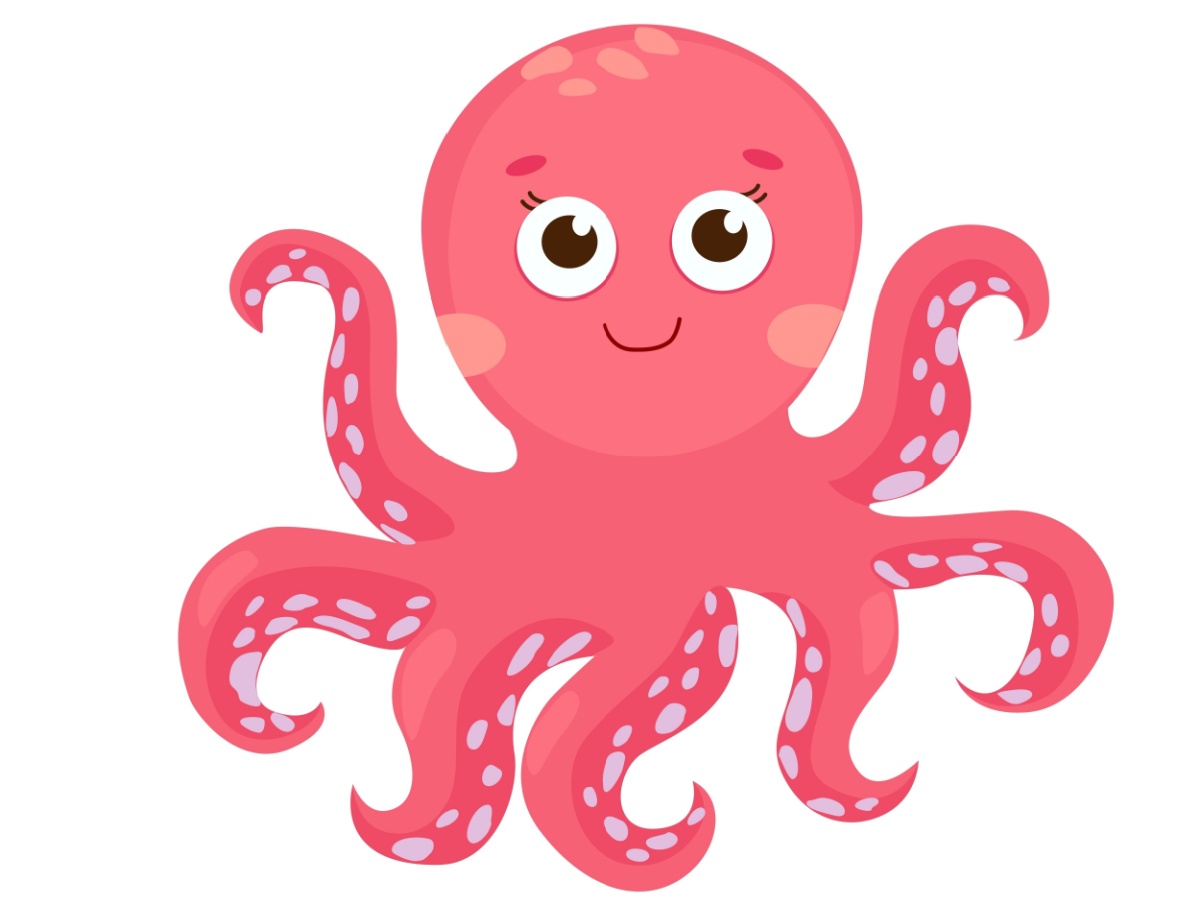
Octopus
Description: Race game. Run from side to side, avoiding the octopus and seaweed in the middle!
Players: 8+ players
What You Need: A big open space to play in
How To Play:
- Choose one player to be the Octopus. They stand in the middle of the playing field, while all the others line up side-by-side at one end.
- The Octopus shouts, “Swim across my ocean!” The players all take off running at the same time, trying to reach the opposite side without being tagged by the Octopus.
- Any player who is tagged by the Octopus freezes in place. They’re now Seaweed!
- The remaining players line up again. The Octopus again calls, “Swim across my ocean!” and runs after the other players, trying to tag them. The Seaweed must stay in place, but they can wave their arms and twist around to try to tag the runners too, helping the Octopus turn them into Seaweed.
- Repeat until there’s just one player left standing. They become the Octopus for the next round!
Good to Know:
- Make the game more challenging by starting with more than one Octopus.
- Add some extra fun by changing up the way the players move across the field: they can skip, hop, or even run backwards!
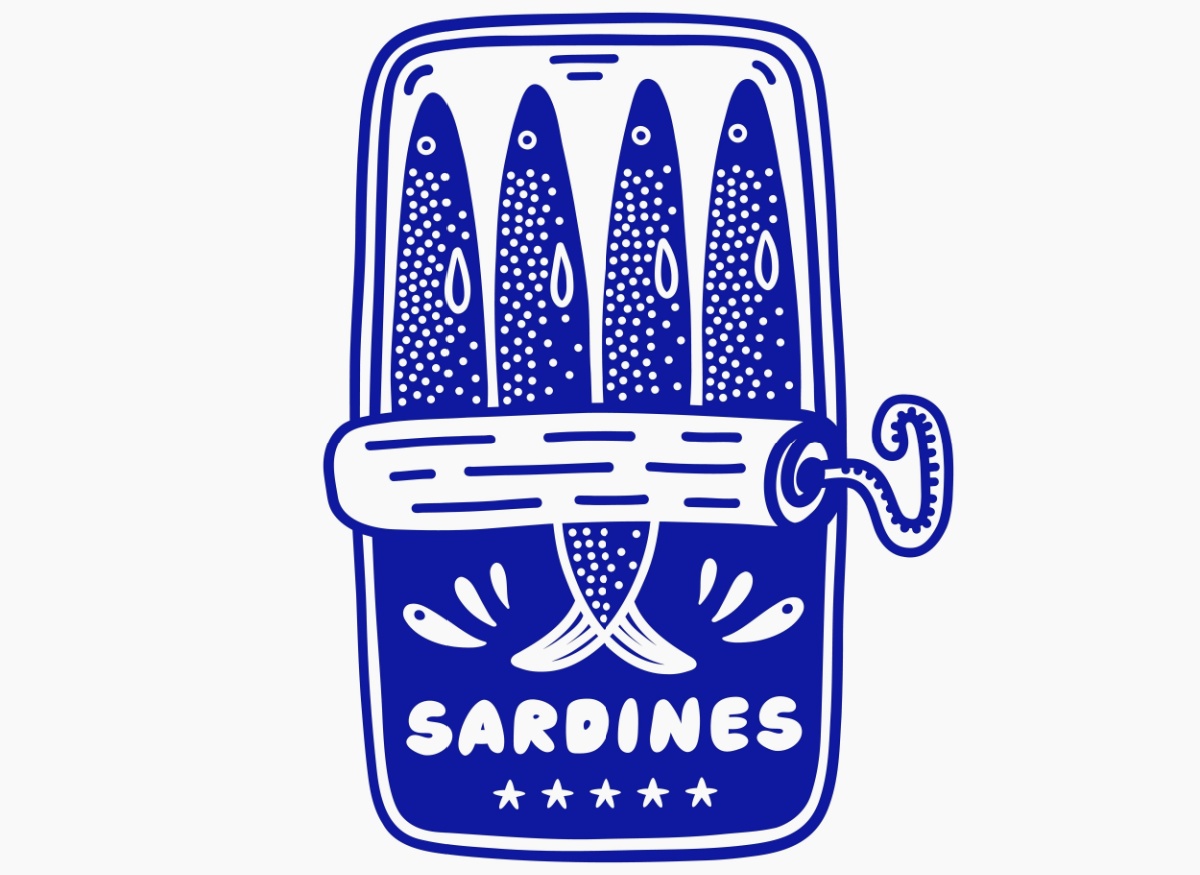
Sardines
Description: It’s like hide-and-seek, but in reverse!
Players: 5+ players
What You Need: An area with lots of good hiding places
How To Play:
- Choose one player to hide. The rest of the group closes their eyes and counts out loud to 50 (or 100, or whatever number the group chooses.)
- The other players spread out and begin looking for the hider. When they find the hider, they quietly join them in the hiding spot.
- Play continues until all the players except one have found the hiders and joined the hidden spot. The last player becomes the first person to hide in the next round.
Good to Know:
- Choose your hiding spot carefully, since you’ll need to fit a lot of people into it before the game ends!
- For a spooky twist, play this one at night with flashlights.
Outdoor Games for Kids: Tag Variations
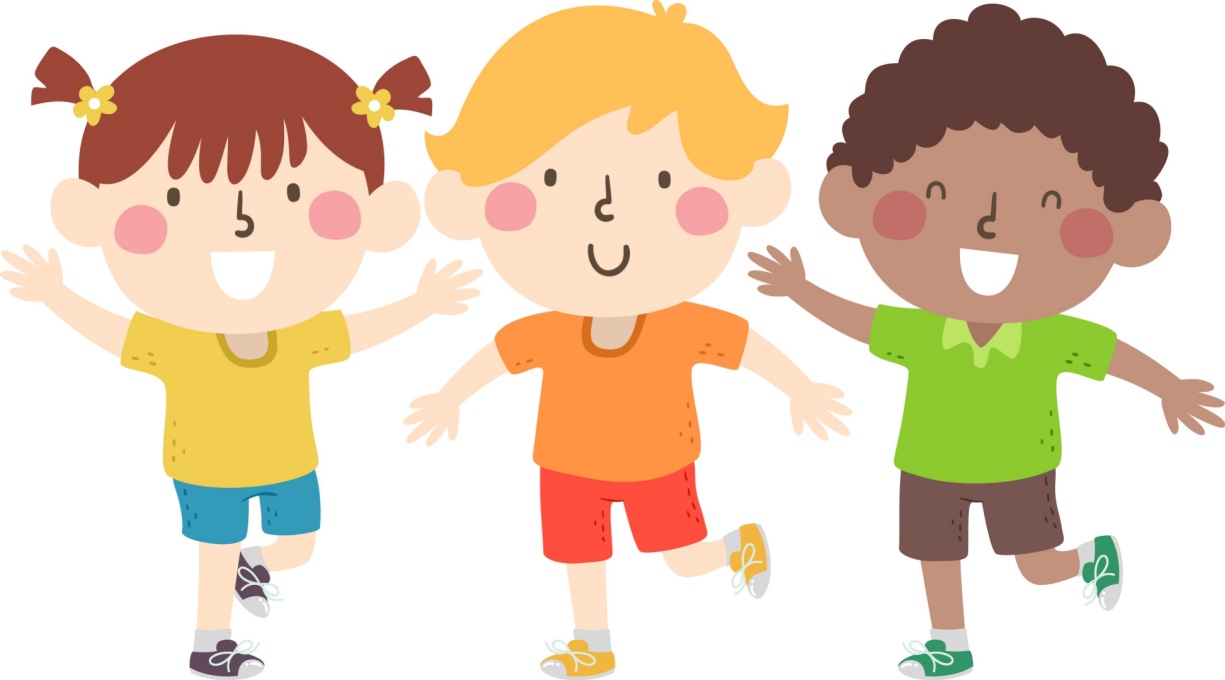
Freeze Tag
Description: Tag, you’re … frozen!
Players: 5+ players
What You Need: A big open space to play in
How To Play:
- Choose one player to be “It.” They stand in the middle of the playing field, close their eyes, and count to 5 while the other players scatter around the field.
- “It” now tries to catch and tag another player. When a player is tagged, they freeze in place, exactly as they are.
- A player can be “unfrozen” by another player running up and tagging them. Now they can return to the game.
- The game ends when all the players have been frozen. Last person tagged is the new “It.”
Good to Know:
- Give the game a twist by requiring a special movement to unfreeze a player, like touching their ankle or giving them a high five.
- Make things more fun by requiring players to freeze in a pose (e.g. as an animal, in a superhero pose, etc.)

Rock-Paper-Scissors Tag
Description: Everything you love about tag, with the added fun of rock-paper-scissors!
Players: 5+ players
What You Need: A big open space to play in
How To Play:
- Choose one player to be “It.” They stand in the middle of the playing field, close their eyes, and count to 5 while the other players scatter around the field.
- “It” now tries to catch and tag another player. When they tag a player, they both stop in place and play a game of rock-paper-scissors.
- If “It” wins, the player who’s been tagged is out.
- If the tagged player wins, they stay in the game.
- Play continues until just one player is left. They become the new “It.”
Good to Know:
- To play rock-paper-scissors, each player shows a hand signal on the count of three. Use a fist for rock, a flat hand for paper, and two fingers extended in a V for scissors. Rock crushes (beats) Scissors, Scissors cut (beats) Paper, Paper covers (beats) Rock.
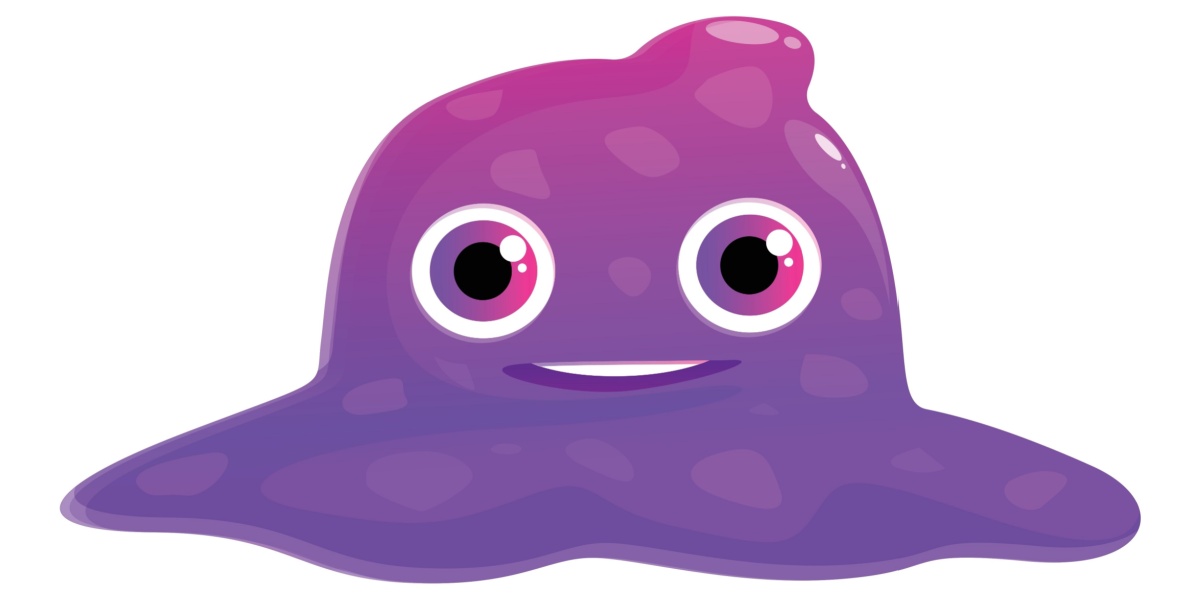
Blob Tag
Description: The Blob grows and grows until it gets everyone!
Players: 5+ players
What You Need: A big open space to play in
How To Play:
- Choose two players to start the Blob. They stand in the middle holding hands, close their eyes and count out loud to five while the other players scatter around the field.
- The Blob begins to chase other players, holding hands the whole time. When they tag another player, that player joins the end of the line as part of the Blob.
- If at any time the Blob breaks apart, it must join up again before it can tag any other players.
- When all the players except one have joined the Blob, that player is the winner! They can choose a partner to start the next Blob.
Good to Know:
- Split Blobs Rule: You can designate a minimum number for a Blob, like three. When a Blob has enough people in it, it can split apart into smaller Blobs. So, in this case, a group of six could split into two Blobs of three.
- For a more challenging game: Only the players on the ends of the Blob can tag someone.
Outdoor Games for 2+ Players
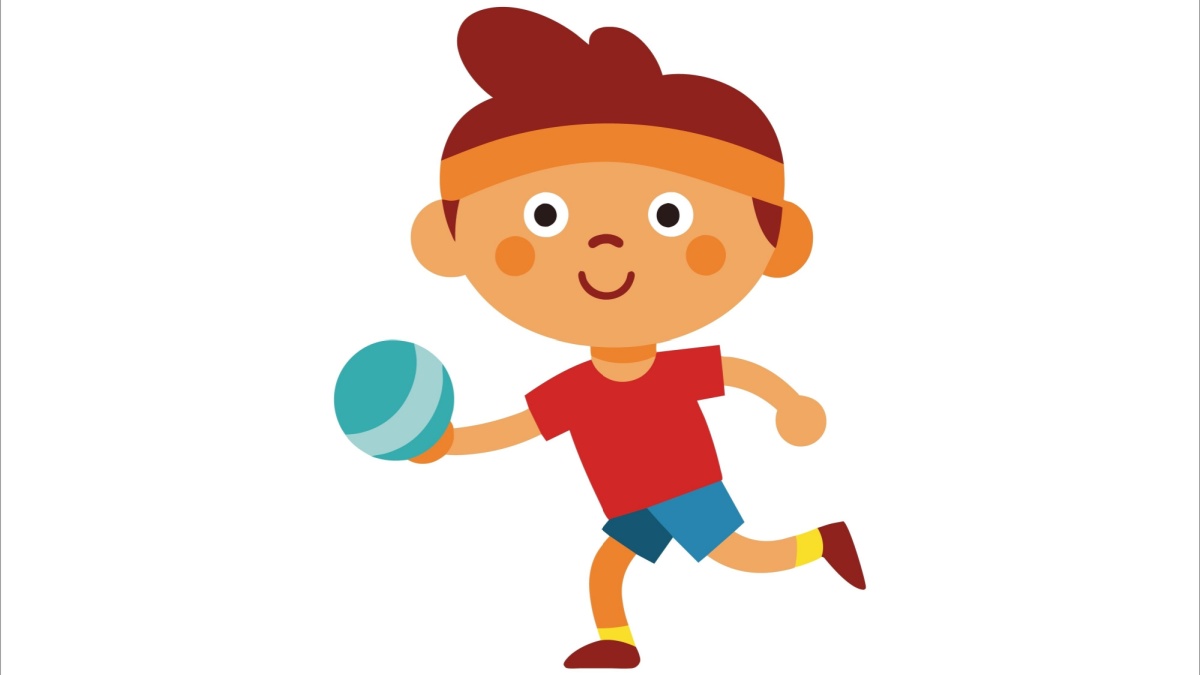
Wall Ball
Description: Bounce, catch, and run!
Players: 2+ players
What You Need: A bouncy rubber playground ball and a playing space with a wall
How To Play:
- Line up side-by-side facing the wall, about ten feet away from it. One player throws the ball so it hits the wall and then bounces on the ground back toward the group. If they miss the wall (the ball bounces on the ground first), or throw too hard and the ball doesn’t have time to bounce on the ground before it reaches the group, the thrower is out.
- The nearest player catches the ball before the second bounce. If they miss, or bobble and drop the ball, they must run and touch the wall as fast as they can. If another player picks up the ball, throws it at the wall and hits it before the first player touches the wall, the first player is out.
- Play continues until only one player is left, and is declared the winner!
Good to Know:
- To make the game last longer, give each player three “lives.” They lose one life each time they’re out, until they’re down to zero and leave the game entirely.
- Make the game a little harder by exchanging the playground ball for a tennis ball, and move the line further back from the wall.
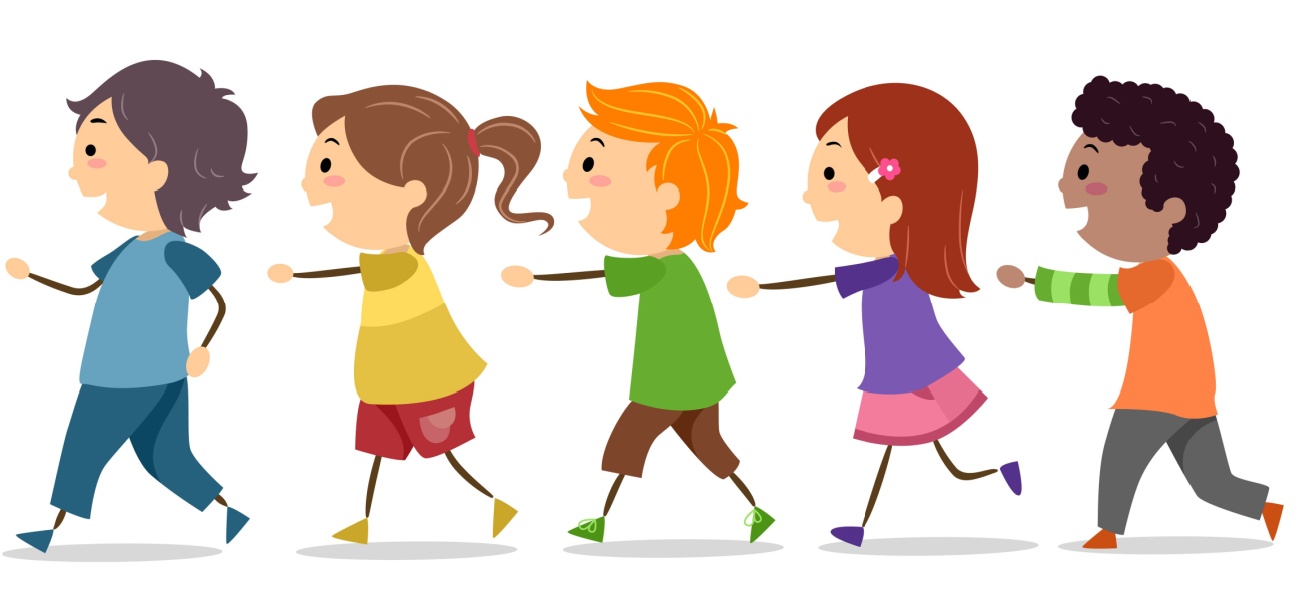
Follow-the-Leader
Description: Can you keep up with the leader?
Players: 2+ players
What You Need: A good imagination!
How To Play:
- Choose one person to be the first Leader. The others line up behind them.
- The Leader begins to lead the line around the playing field, incorporating motions or activities for them to mimic.
- For instance, if the Leader does a somersault, everyone else must do one too. If the Leader hops over a rock on one foot, the others must do the same.
- Anyone who doesn’t or can’t complete the action is out of the game. Continue until only one player is left aside from the Leader. They become the new Leader for the next game.
Good to Know:
- Add a “no talking” rule so everyone must watch very closely to be sure they do the movements correctly.
- This is especially fun on a playground, where you can climb, swing, and slide while you play!
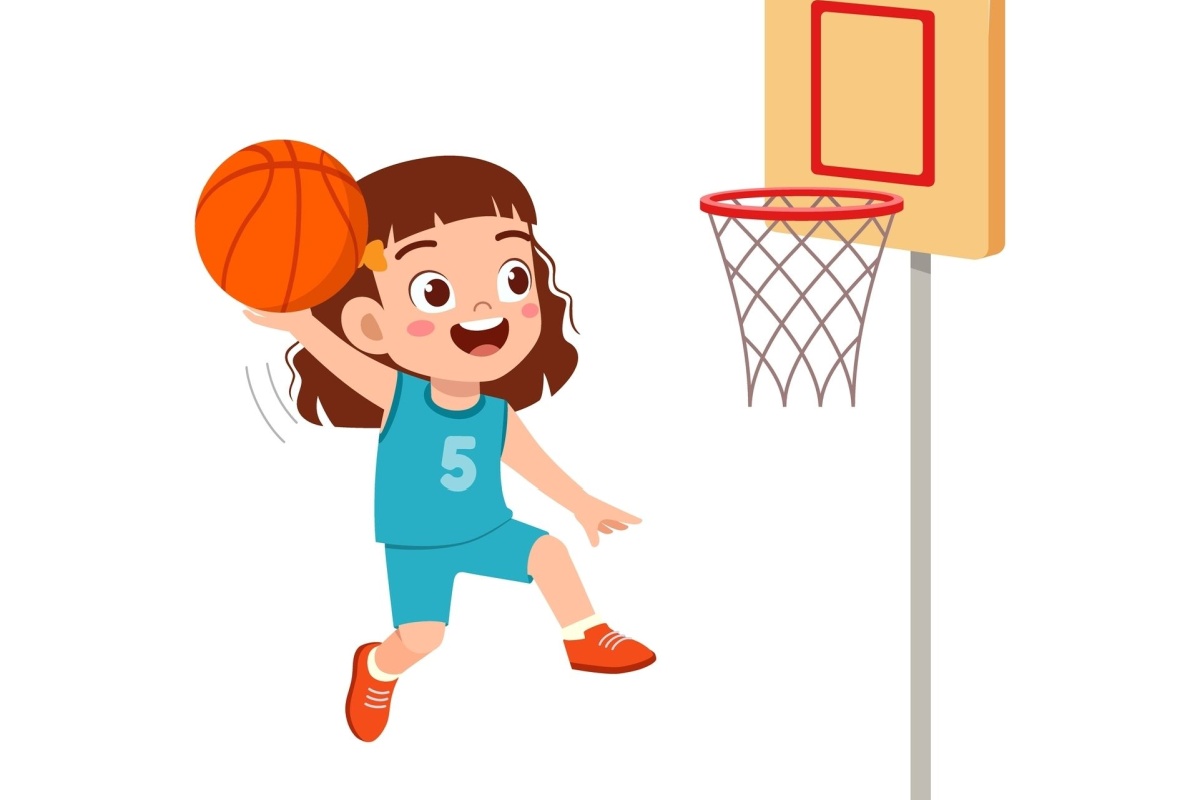
H-O-R-S-E
Description: Show off your hoop-shooting skills, and find out if your friends can match them!
Players: 2+ players
What You Need: Basketball and basketball hoop
How To Play:
- The first player chooses a spot and shoots a basket any way they like. Trick shots are especially fun: eyes closed, over-the-shoulder, standing on one foot, etc. If they miss the shot, they receive an H.
- If they make the shot, the other players must stand in the same spot and shoot in exactly the same way. If they miss, they receive an H.
- Each player takes turns making new shots from different places. For every missed shot, players take the next letter in the word H-O-R-S-E, keeping track of their own progress. When a player misses a total of five shots (spelling out the word HORSE), they’re out of the game.
- Last one standing wins the game!
Good to Know:
- For a quicker game, use the word PIG instead.
- You can play this game without the trick shots to get practice shooting from different places on the court. It’s an excellent basketball drill!
Cc
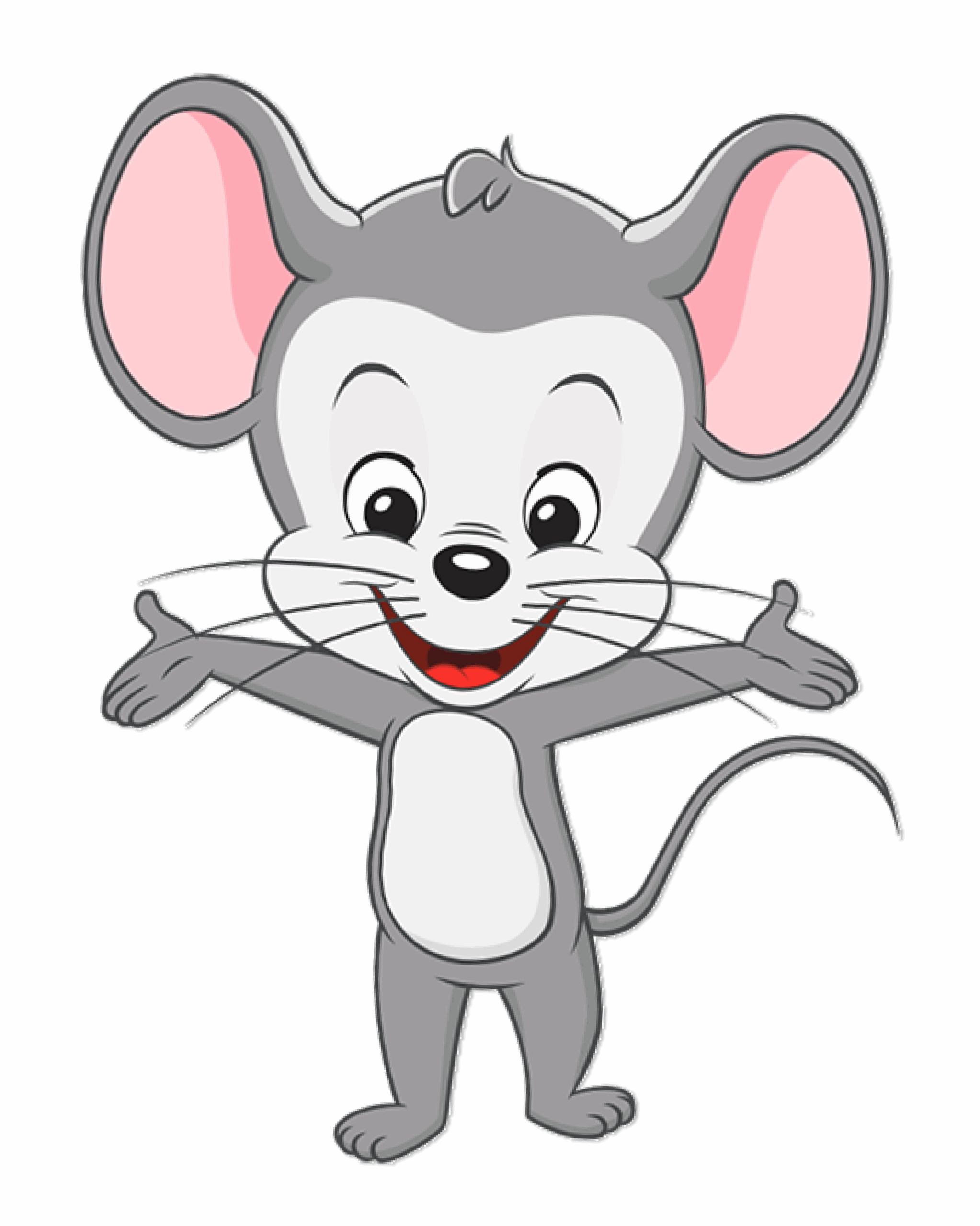
Letter C Learning: Free Games, Printables, Crafts, and Song
Help your child learn the letter C with hands-on crafts, printables and coloring pages, and online learning games–all free for use at home or in the classroom!
Table of Contents
Cc
Get ready to explore the letter C with this comprehensive collection of free printables, games, and crafts! These hands-on activities help young children recognize the letter C, practice its sound, and build essential early literacy skills.
Whether you’re teaching at home, in the classroom, or need a quick grab-and-go activity, these resources make it easy to turn any moment into a playful learning opportunity.
The Letter C
The letter C is the third letter in the English alphabet. In English, the letter C can stand for two main sounds: a hard /k/ sound, as in cat, or a soft /s/ sound, as in cent. The letter C can also be silent in some words, like scissors or muscle.
TIP:
The letter C makes a hard /k/ sound when followed by the vowels A, O, or U, or by any consonant. It makes a soft /s/ sound when followed by the vowels E, I, or Y.

Free Letter C Games & Activities
Make learning the letter C an interactive experience with free online educational games and activities. Featuring lowercase and uppercase versions of the letter C, these expertly-designed games create a highly-engaging learning environment that motivates kids to keep practicing with the alphabet.
Lowercase Letter c:
Uppercase Letter C:
Uppercase and Lowercase Letter C:
Letter C Online Painting Activity
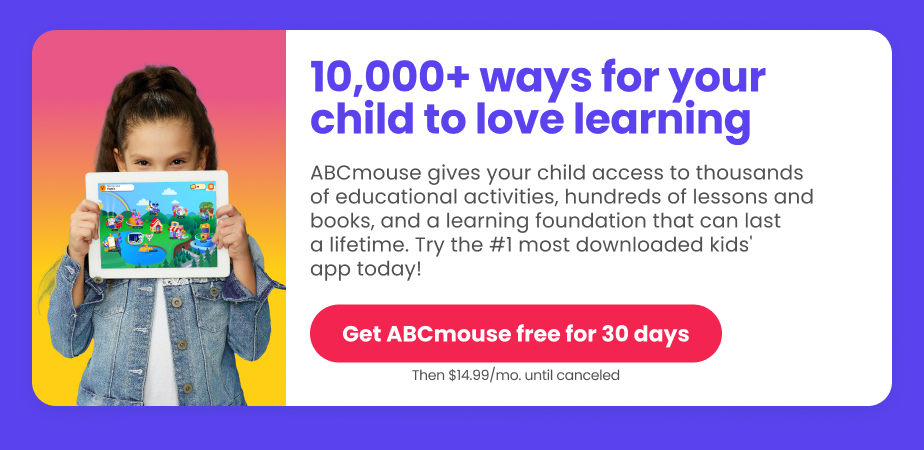
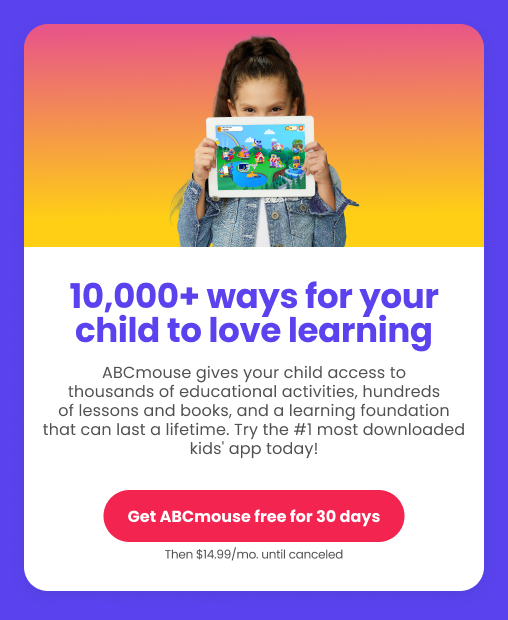

40+ Free Printable Letter C Worksheets & Coloring Pages
With engaging activities, fun illustrations, and printable word lists featuring common C words, these resources are great for reinforcing letter recognition, vocabulary, and phonics skills. Print them out to have on hand for quick and easy letter C practice.
Letter C Worksheets
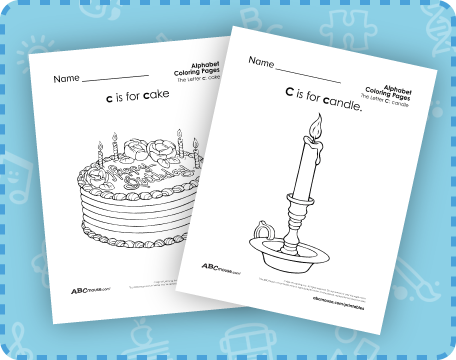
Print out 14 different worksheets designed to help young children learn the shape of the letter C and begin practicing its sounds.
Letter C Coloring Pages
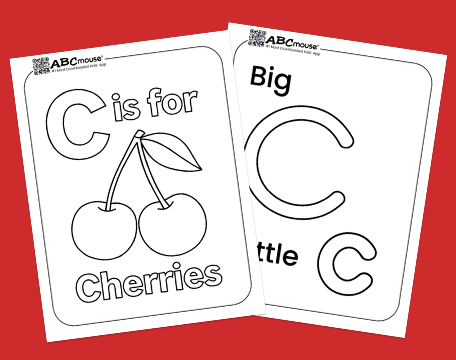
These 26 coloring pages add a playful touch to learning the letter C with kid-friendly illustrations ranging from simple to more complex.
Letter C Word Lists
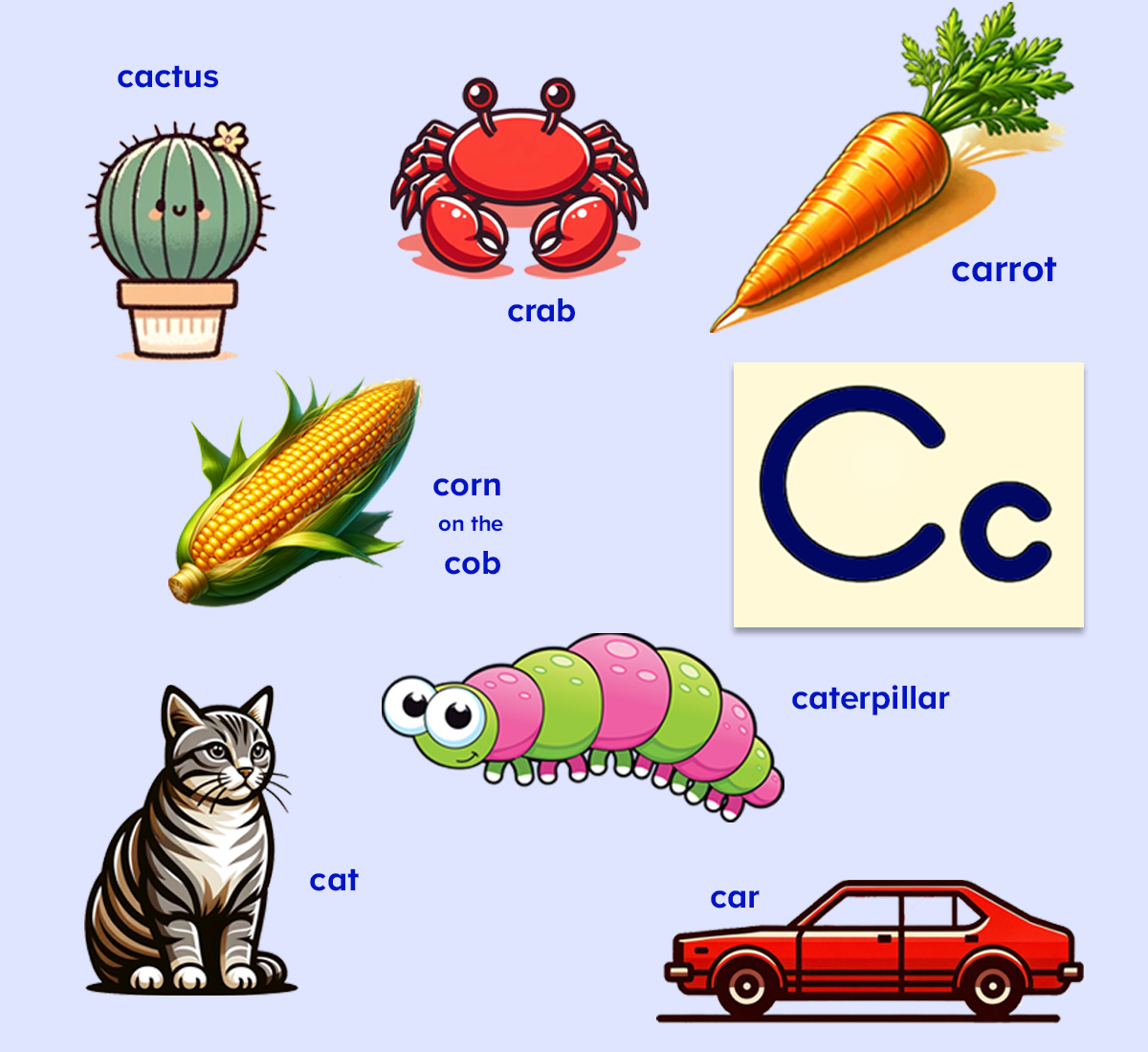
With 11 different word lists to pick from, you can find the ones that are just right for your child’s learning level. You’ll also find letter C words with definitions and illustrations

10 Letter C Crafts
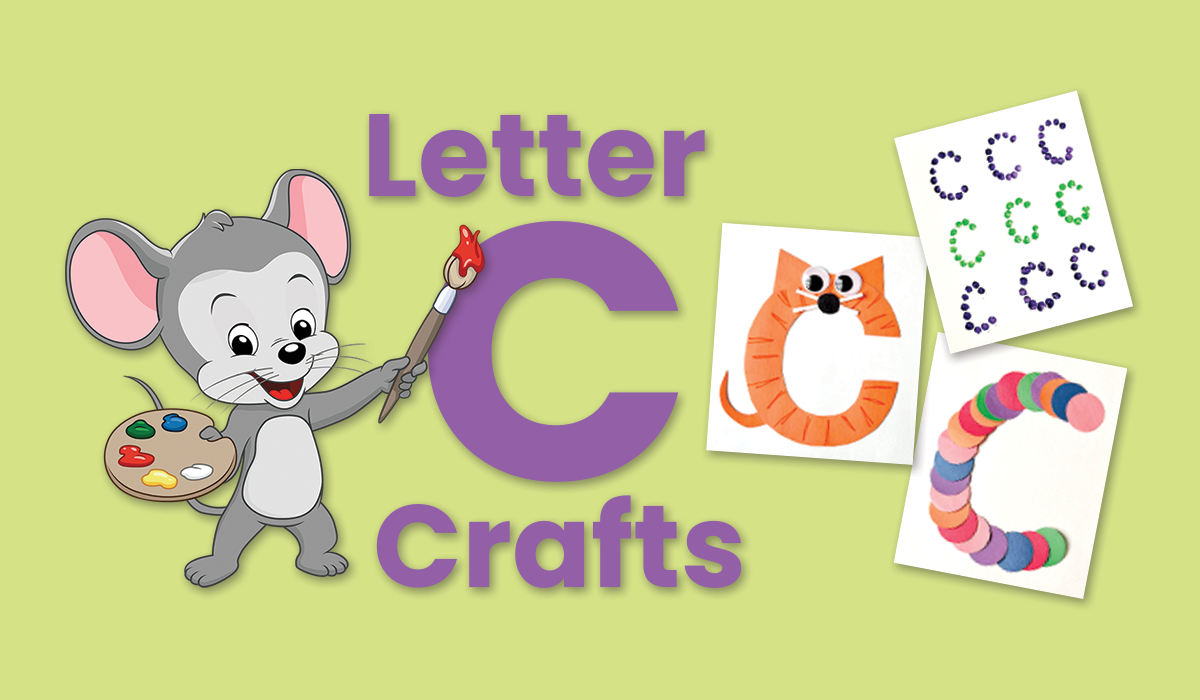
Looking for creative ways to teach the letter C? These letter C crafts and activities feature hands-on fun to help kids learn through play!

Letter C Song
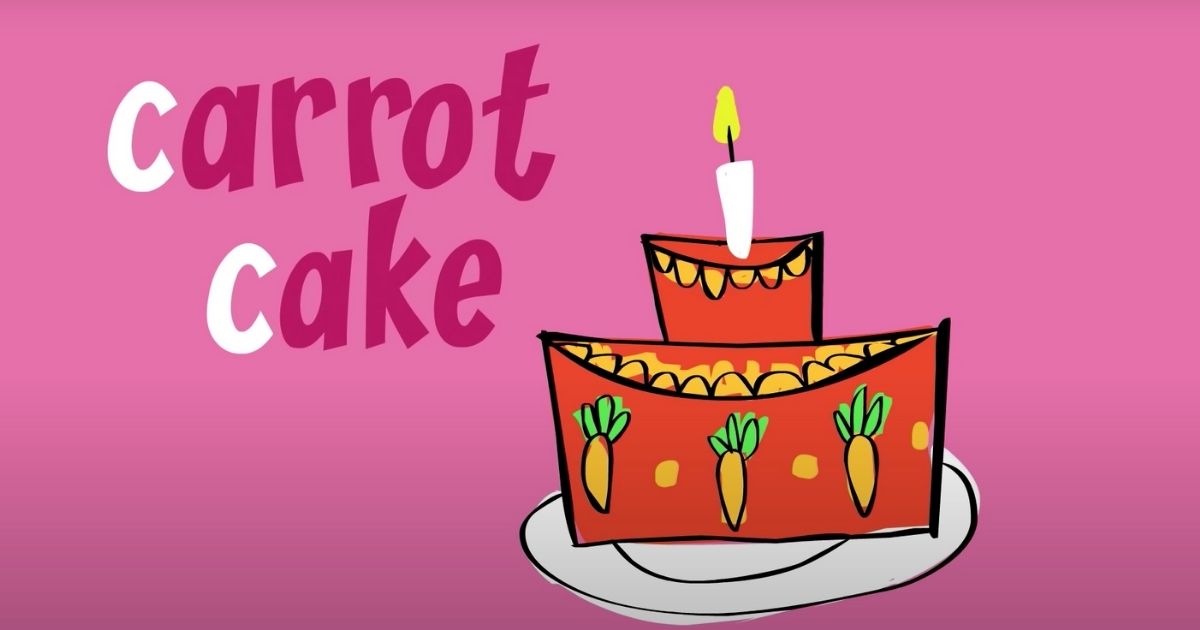
Up the energy on your letter learning routine with a kid-friendly tune that helps children remember the sound of the letter C through music and movement.
More Learning Resources from ABCmouse:
-
Promising Evidence of ABCmouse Closing the Achievement Gap and Minimizing Summer Learning Loss
Consistent ABCmouse use helps reduce summer learning loss and supports skill growth, especially for children starting with lower proficiency.
-
What are the subscription pricing options for ABCmouse 2.0?
Compare ABCmouse 2.0’s free Basic Access and affordable Premium plans with features to fit your child’s learning and your family’s budget.
-
30 Card Games That Teach Math (Free Printables)
Engaging card games that build math skills for preschool through 2nd grade—includes free printables to download and play anywhere.
-
Gamify Learning: 7 Easy Ways to Make Learning Fun for Kids
Make learning fun with 7 easy gamification tips for kids, including rewards, quests, badges, and online games that spark engagement.
-
Backyard Games for Kids (Free Printables)
Free printable backyard games for kids—fun group play for parties, camping, or everyday outdoor energy bursts.
-
Letter C Learning: Free Games, Printables, Crafts, and Song
Cc Letter C Learning: Free Games, Printables, Crafts, and Song Help your child learn the letter C with hands-on crafts, printables and coloring pages, and online…
How do I manage my ABCmouse subscription?
You can manage your ABCmouse subscription anytime through the Parent Section. Whether you need to update your payment method, change your plan, or cancel subcription, the steps below will guide you through it.
Change Your Subscription Plan
If you are currently a monthly subscriber, you can upgrade your account to an annual subscription at any time within the Parents Section.
To upgrade your account, please follow the instructions below:
- Navigate to the Gear icon at the top of your screen.
- Choose Parents Section.
- Click/tap the My Account panel.
- Select the Membership panel.
- Click/tap the Upgrade button.
- If you don’t see the Upgrade option, please chat with us and ask to speak to an agent.
You will then be prompted with an offer to upgrade your account to an annual subscription rate that will recur annually until cancelled. Upon selecting Submit, you will need to enter your password again to confirm your purchase.
Plan upgrades take effect immediately. You will be charged the new price upon selection, and 12 additional months will be added to your then-current month.
Update Your Payment Method
To update your ABCmouse payment details, go to Parent Section > My Account > Payment Settings, and enter the new payment method. If you subscribed via Apple, Google Play, or Amazon, you must update your payment method through those platforms. This article provides step-by-step instructions for updating billing details.
Updating your billing information may be different depending on how you pay for your ABCmouse subscription.
For instructions on how to update billing through third party payment method, see the following:
- If you are Apple subscriber, please click here.
- If your are Amazon subscriber, please click here.
- If you are Google Play subscriber, please click here.
Subscribers who are billed directly through ABCmouse can update their payment method at any time by following these steps:
- Click/tap the Gear icon at the top of your screen.
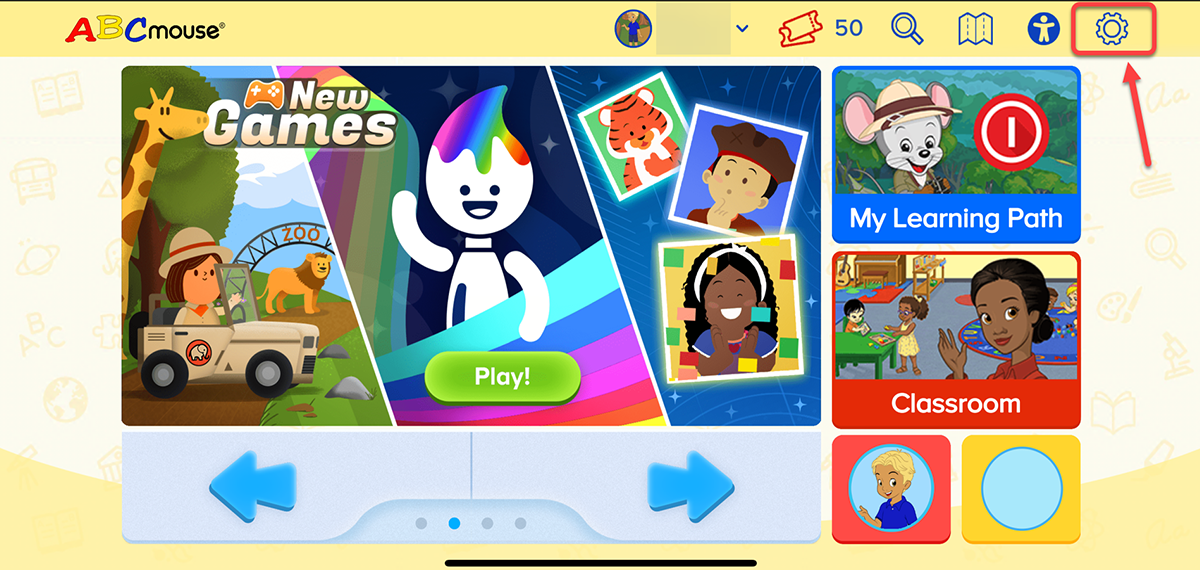
- Select the Parent Section icon.
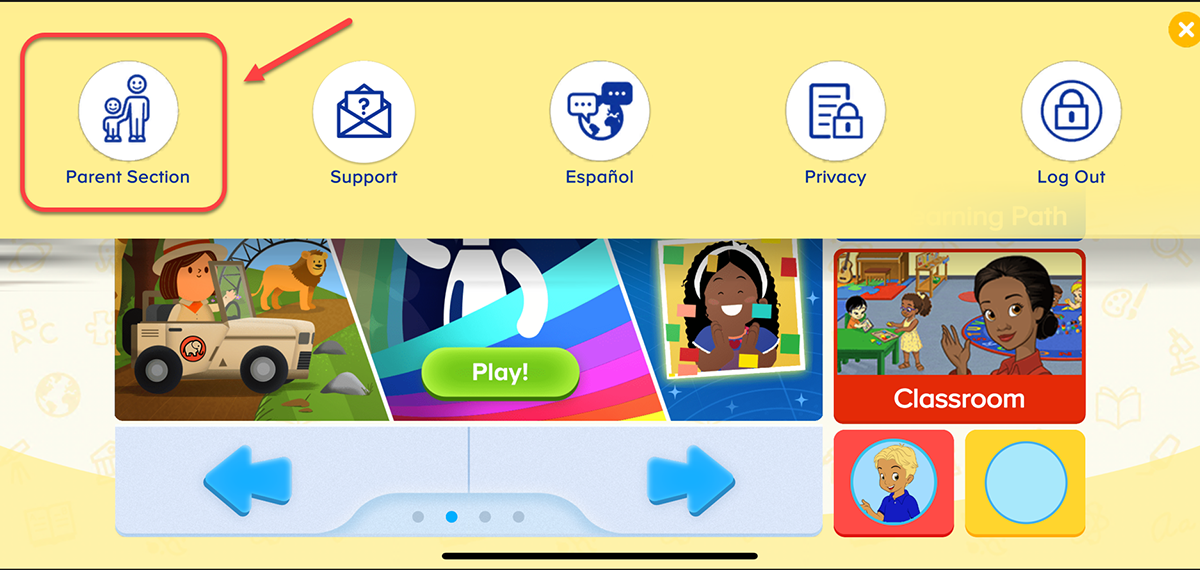
- Select My Account.
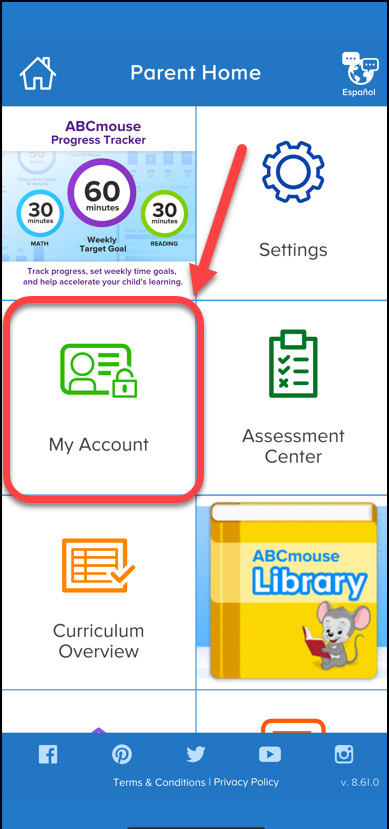
- Select Billing to view and update the payment method.
- Select Edit to update credit card details or click the PayPal tab at the top of the page to be redirected to the PayPal website.
- Select Done to save changes.
Cancel Subscription
If you’re billed through ABCmouse and would like to cancel your subscription, please download the ABCmouse app and follow the steps below, or click the Help icon in the lower-right corner of this page to cancel via our chatbot.
If you have an Assessment Center subscription and want to cancel it, please see the following article:
Important Note for Mobile Device Users
If you use a mobile device to access the ABCmouse website through a web browser, you will be prompted to download the app. This is because ABCmouse is not supported on mobile web browsers for devices like phones, tablets, or iPads, and the app is required for these devices. If unable to install the ABCmouse app, you will need to contact customer support or visit the ABCmouse website using your computer.
Note: Cancellation steps vary for subscribers who signed up for ABCmouse and are billed through a third-party such as Apple, Google, Amazon, or Verizon.
Follow these steps to cancel your ABCmouse subscription that’s billed by Age of Learning:
- Log in to your account via the app on a tablet/phone or use a computer to access the ABCmouse website.
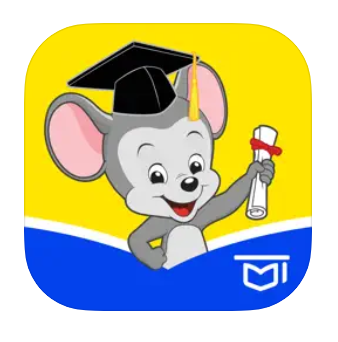
- Select the Gear icon at the top of your screen.
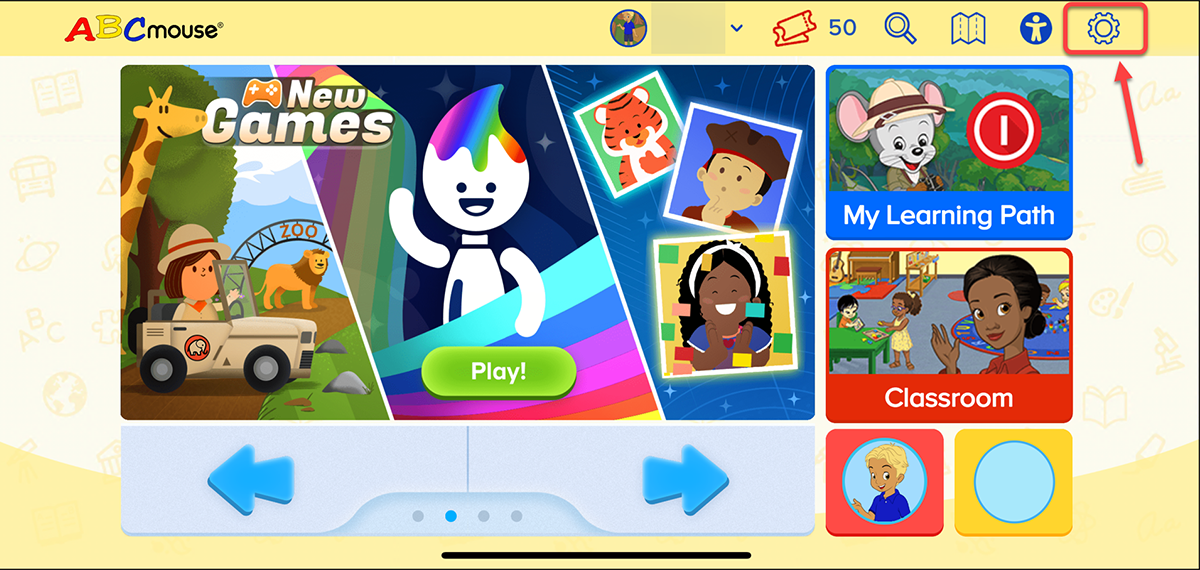
- Select the Parent Section icon.

- Select the My Account panel.

- Select the Cancellation panel located on the My Account page.
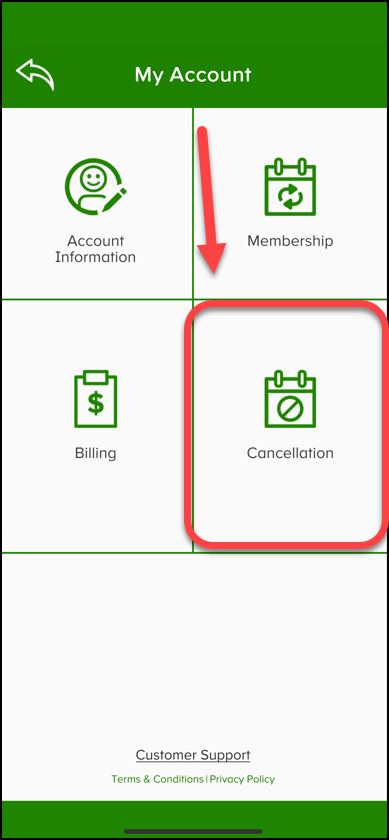
- Please select the subscription(s) you would like to cancel. Choose all that apply: Assessment and/or ABCmouse.com. Then, click ‘Continue‘.
- Discover the exclusive benefits you’ll miss out on by cancelling. If you still wish to proceed, select ‘End Membership‘.
- We may offer you a special sale price. If interested, claim it by entering your account password. If not, select ‘End Membership‘.
- Please confirm the cancellation of your membership below by selecting ‘End Membership‘.
- At the end of the cancellation process, you’ll be notified that you will retain full account access until the end of your current subscription period, after which your payment method will no longer be charged. If you have not cancelled your Assessment Center subscription, a note will indicate that it remains active.
Once you’re done, you’ll also receive a confirmation email from us. Please keep this email for your records.
You can reactivate your account at any time by logging in with the email address and password you had previously used for ABCmouse. This will allow your child to seamlessly pick up where they left off, as if ABCmouse was just paused or put on hold.
Please note: All ABCmouse subscriptions are prepaid and non-refundable. We do not grant refunds, prorated or full, for subscriptions.

900+ Jokes for Kids (Free Printable)
Table of Contents – Jump to Each Section
Jokes are an amazing way to get friends and family laughing (or rolling their eyes) together. Whether you’re looking to get giggles with seasonal favorites like winter or Halloween jokes or groaning over goofy Dad jokes, there’s something here for kids and adults alike.
Jokes also add some entertainment to reading practice for children, making them a fun literacy tool to weave into your regular routine. Check out our jokes below and print them out for easy use at home or in the car or classroom!
Classic Jokes for Kids
Why did the spoon get grounded?
It stirred up trouble!
What did the fridge say to the magnet?
I find you very attractive!
Why was the washing machine so good at telling stories?
Because it could spin tales!
Why did the curtains do well in school?
They were good at pulling things together!
Why did the sink break up with the faucet?
It felt drained!
Why did the blender apply for a new job?
It wanted to mix things up!
What did the closet say to the clothes?
Let’s hang out!
Why did the sponge fail the test?
It was soaking up the wrong answers!
Why was the ironing board tired?
It was feeling a little flat!
What do you call a jealous laundry basket?
A clothes competitor!
What did the drawer say to the cabinet?
Stop being so closed off!
Why was the broom always winning?
It swept the competition!
What did the light switch say to the bulb?
You brighten my day!
Why did the doormat feel unappreciated?
People walked all over it!
Why was the table so confident?
It always had four strong legs to stand on!
What’s brown and sticky?
A stick!
What did the napkin say at the dinner party?
I’ve got you covered!
What did the chair say to the guest?
Take a seat!
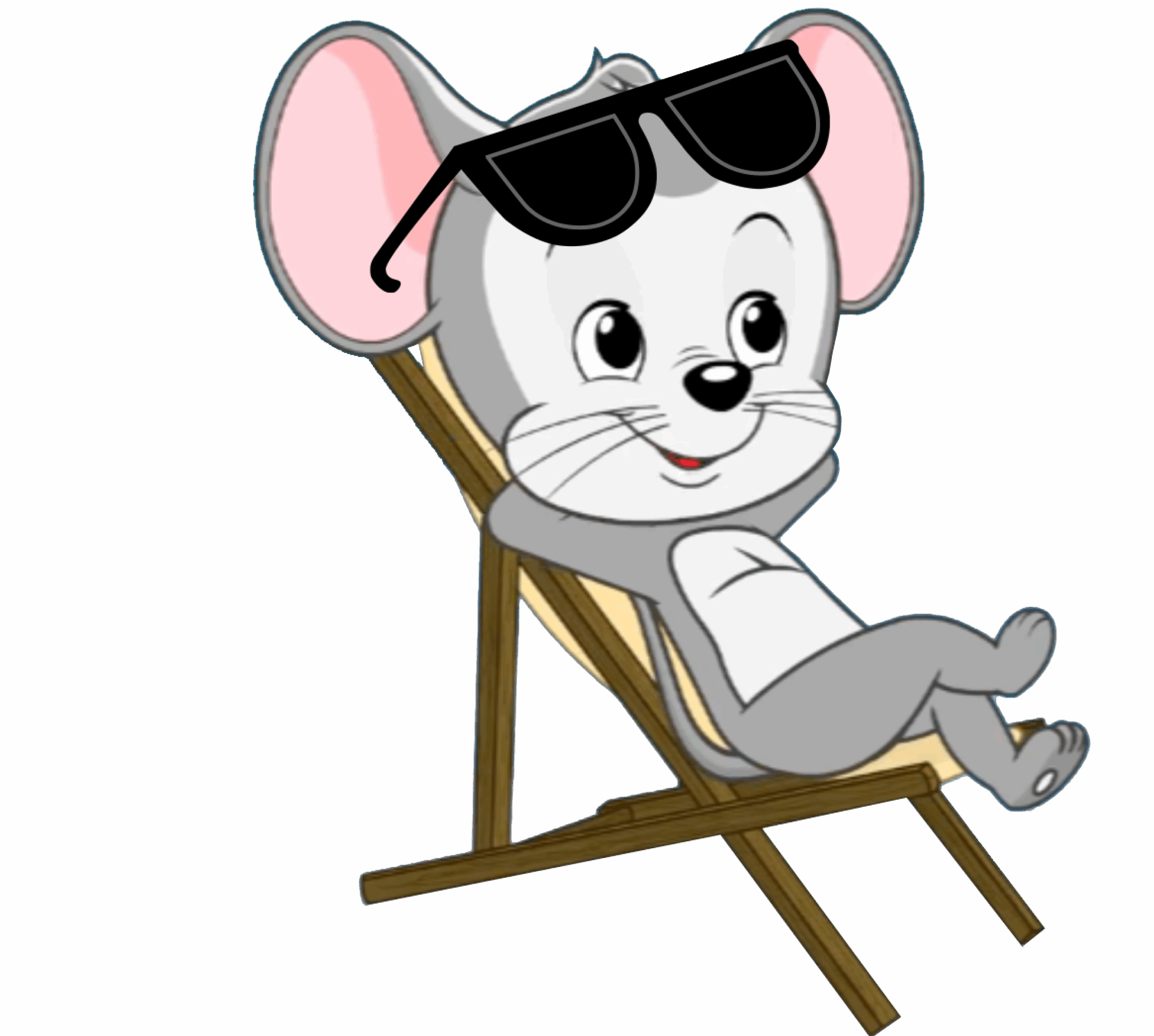
Why was the kitchen so noisy?
Because the pots couldn’t keep a lid on it!
What’s the laziest part of the house?
The recliner!
What did the windows say during the storm?
I can’t see a thing!
Why did the TV go to acting school?
It wanted to improve its on-screen presence!
Why did the freezer start acting strange?
It was having a meltdown!
Why did the mirror join a gym?
It wanted to reflect a healthier image!
Why was the broom late?
It overswept!
What kind of shoes do ninjas wear?
Sneakers!
Why did the toilet paper roll down the hill?
To get to the bottom!
What did one plate say to the other plate?
Lunch is on me!
Why did the bed go to band practice?
To get some sheet music!
Seasonal Jokes and Riddles for Kids
Winter Jokes and Riddles

Warm up with a good laugh about snowmen, penguins, knock-knock jokes, and more.
Spring Jokes and Riddles

Add some laughter to the rainy season with spring-themed jokes about vacations, animals, and more!
Holiday Jokes and Riddles for Kids
Christmas Jokes and Riddles
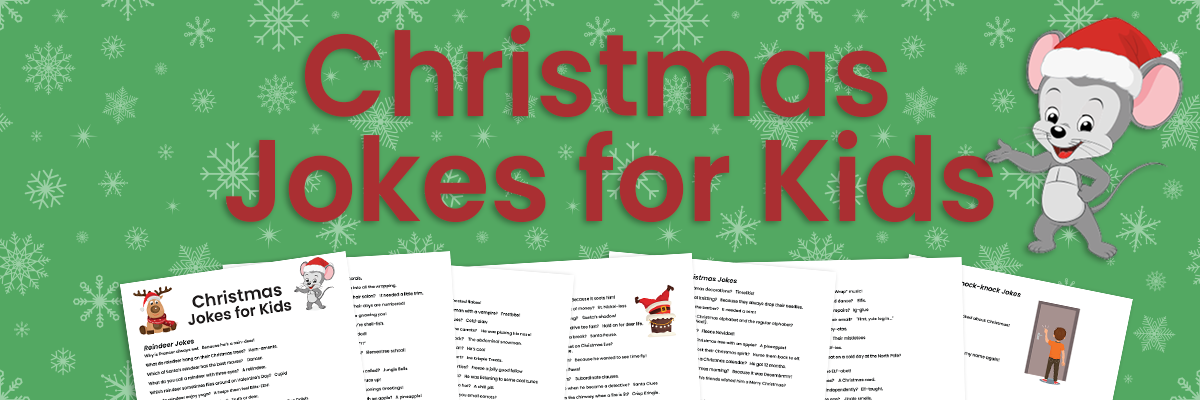
Enjoy some holiday cheer with kid-friendly Christmas jokes featuring Santa, snowmen, elves, reindeer, and more!
Valentine’s Day Jokes and Riddles
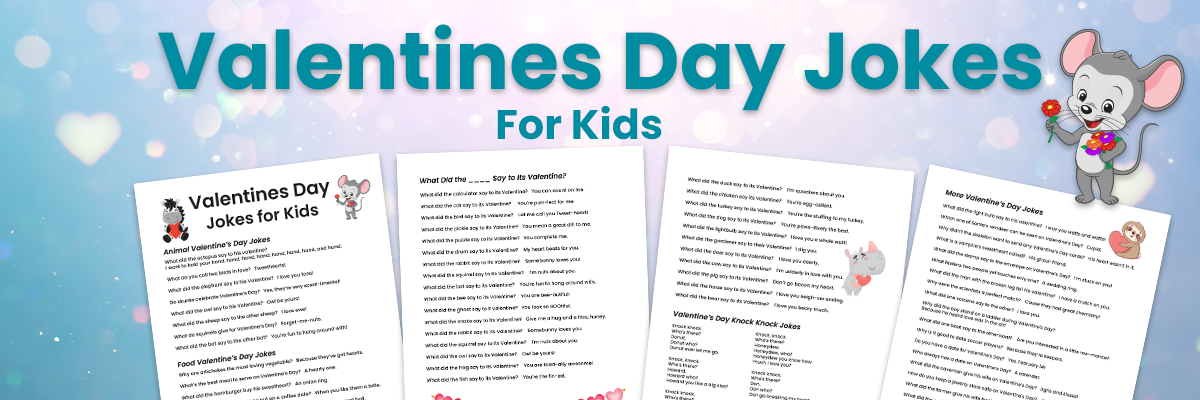
Add some “hearty-har-har” to this holiday with jokes about animals, food, love, and friendship.
Easter Jokes and Riddles
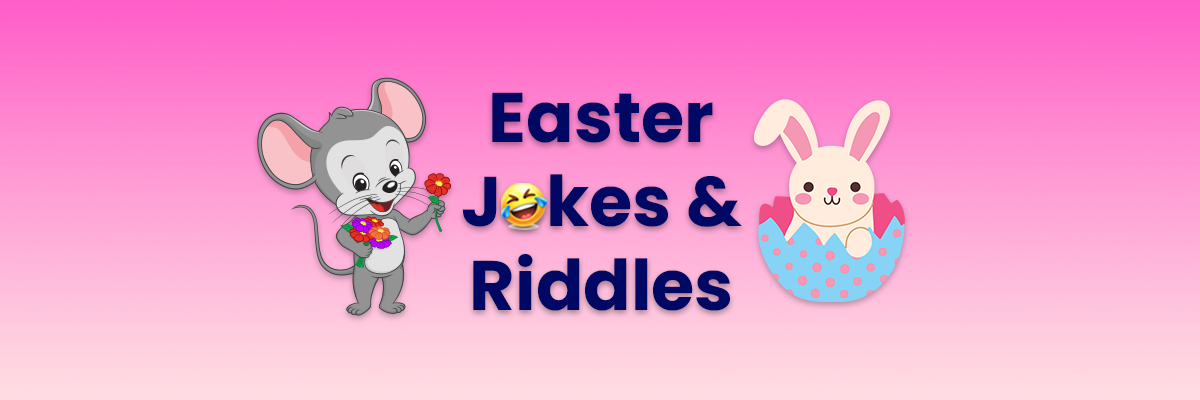
From bunnies to eggs, these Easter jokes poke fun at this holiday’s classic characters and activites.
Dad Jokes (Father’s Day Jokes)

Prepare for laughs and eye-rolls with this printable collection of classic dad jokes!
Halloween Jokes and Riddles
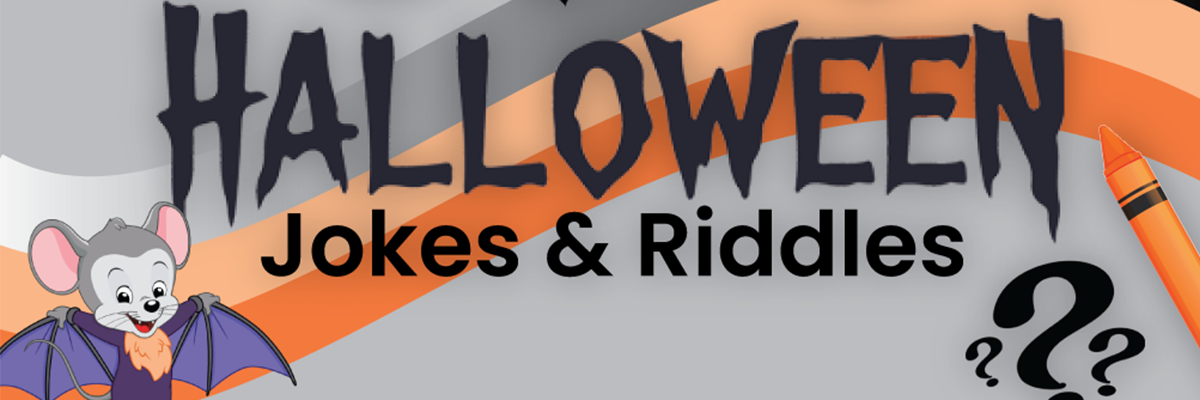
Get ready for laughs with these fun and free printable Halloween jokes that are perfect for parties!
Thanksgiving Jokes and Riddles
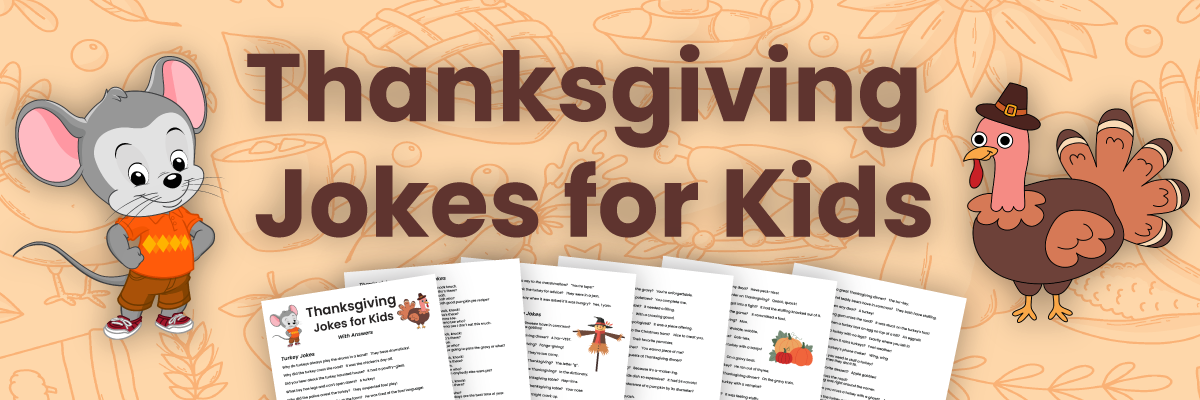
Share some laughs at the table this year with jokes about turkeys, festive foods, and classic holiday traditions.
Get even more riddles!
Keep the laughs coming with our huge collection of riddles for kids!

Holiday and Seasonal Coloring Pages
Coloring pages provide another fun way to learn about and celebrate different seasons and holidays.
Coloring Pages
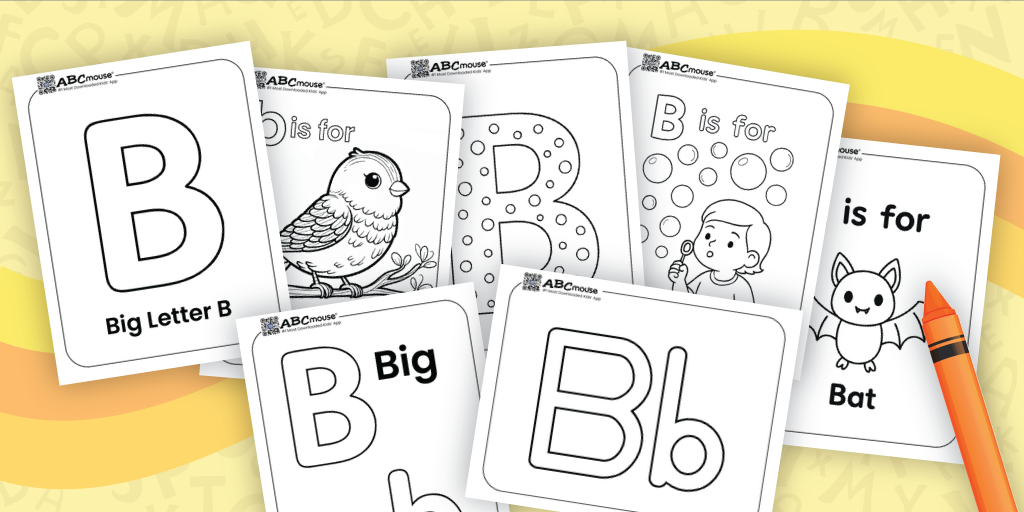
Letter B Coloring Pages for Kids (FREE Printables)
These letter B coloring pages are a great way to introduce young children to the shape and sound of this letter. Whether your little one is just starting to recognize letters or is ready to explore words that begin with B, there’s a coloring page here for every learner.
Be sure to check out our letter B learning activities and online games below too!
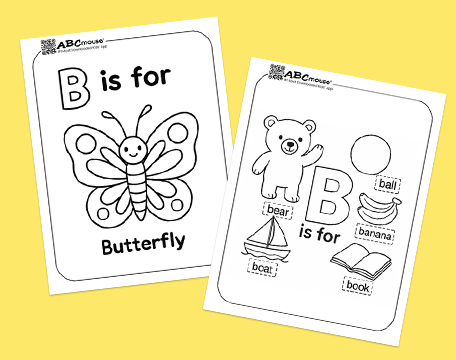
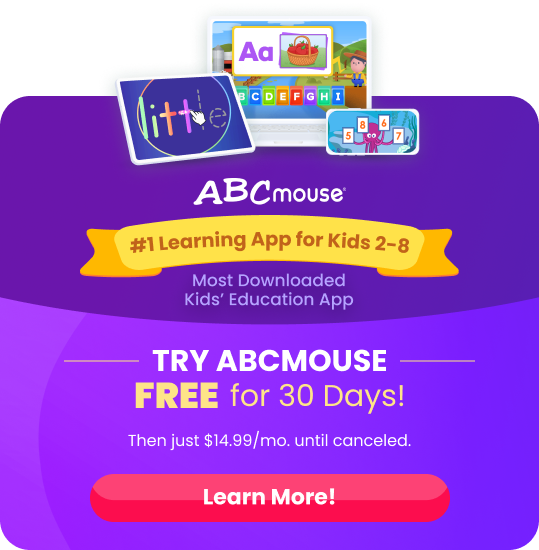
Overview of the Free Printable Letter B Coloring Pages
You’ll find letter B coloring pages for kids featuring simple Bs to trace or color, while others have more ornate designs. Kids can also pick and choose from coloring pages that featuring cute letter B pictures to get creative with.
Fun Activities for Learning the Letter B!
Recommended for: Toddlers, Preschoolers, & Kindergarteners
⭐ Play B is for Bounce
Practice the sound of the letter B and learning a few new letter B words in this fun game. Grab a ball and explain to your child that each time you bounce the ball back and forth, you have to say a letter B word, such as ball, bounce, or bear. If your child has some extra energy to burn, they can also bounce as they say the word. Use our Letter B Word List for help.
⭐ Free Online Letter B Tracing Games
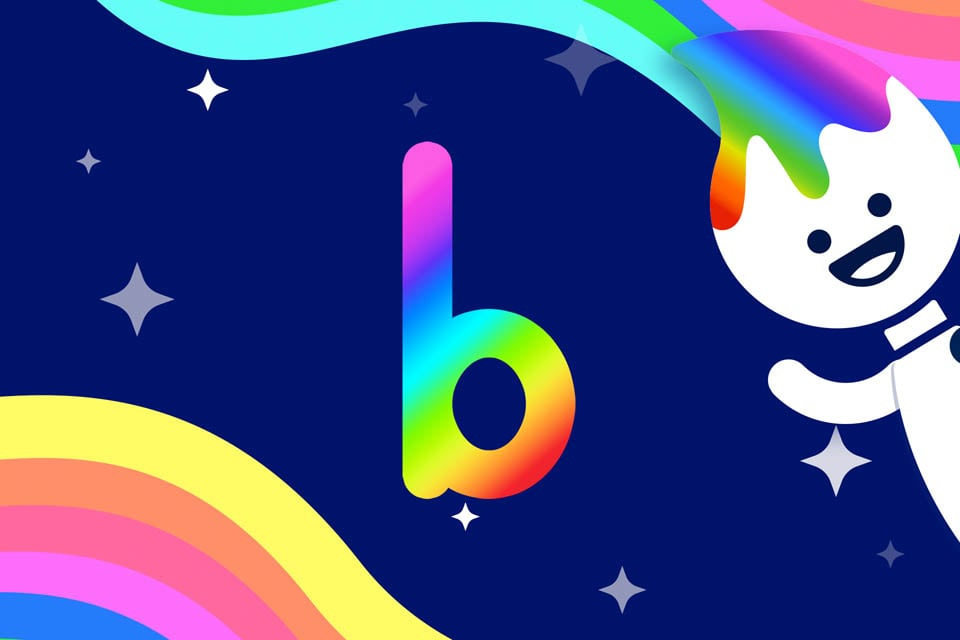
ABCmouse offers hundred of free educational games for kids. Use our Rainbow Tracing game as an interactive way for your child to practice making the shape of the letter B.
⭐ Creative Letter B Shape Practice

Draw or print out the outline of an uppercase and/or lowercase letter B. Set out a few different ways for your child to fill in the shape, such as with beads or buttons or even just markers or paint.
More Free Printable Coloring Pages
-
Letter B Coloring Pages (Free Printables!)
Fun letter B coloring pages and activities to help kids explore letter sounds and words—free printables from ABCmouse.
-
Letter A Coloring Pages (Free Printables!)
Free printable letter A coloring pages with fun characters and activities for early alphabet learning.
-
Zoo Animal Coloring Pages for Kids (Free Printables!)
Free printable zoo animal coloring pages and activities to spark kids’ creativity at home, school, or before a zoo trip.
-
Letter C Coloring Pages (Free Printables!)
Free letter C coloring pages with fun images and activities to help kids connect the letter C with its sounds and shape.
-
Summer Coloring Pages for Kids (FREE Printables)
Dive into spring with our free printable coloring pages for kids! Featuring tulips, St. Patrick’s Day, Earth Day, Easter, butterflies, and Mother’s Day themes. Spark creativity…
-
25+ Zoo Themed Activities and Games for Kids
Zoo games, crafts, and coloring pages spark learning fun for kids who love animals and hands-on activities—online or at the zoo!

Holidays and Seasons Word Lists for Kids (Free Printables)
Table of Contents – Jump to Each Section
Word lists are a great way to help young children build their vocabulary and spelling skills. By using words that relate to holidays, like Christmas and Thanksgiving, or seasons, like fall and summer, kids can connect more easily with what they’re learning. These fun, themed word lists make practicing words more enjoyable and relevant to their world.
Free Holiday and Seasons Word Lists for Kids
Free Printable Seasonal Word Lists for Kids
These winter, spring, and summer word lists are great for creating poems, word searches, or adding some fun to vocabulary practice.
Winter Word Lists
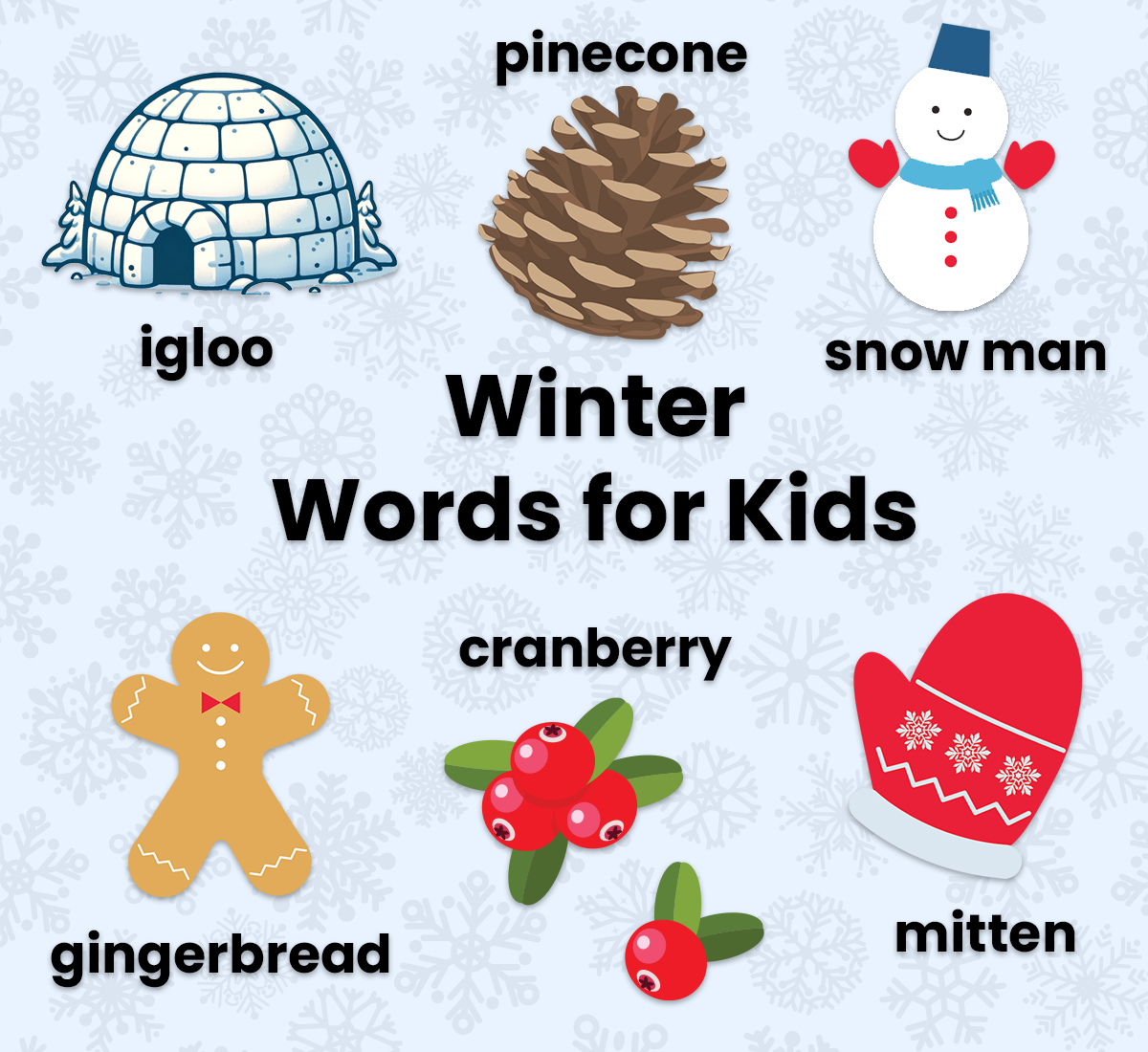
This winter-themed word list for kids is a great way to embrace the sight, sounds, and activities of the season.
Spring Word Lists
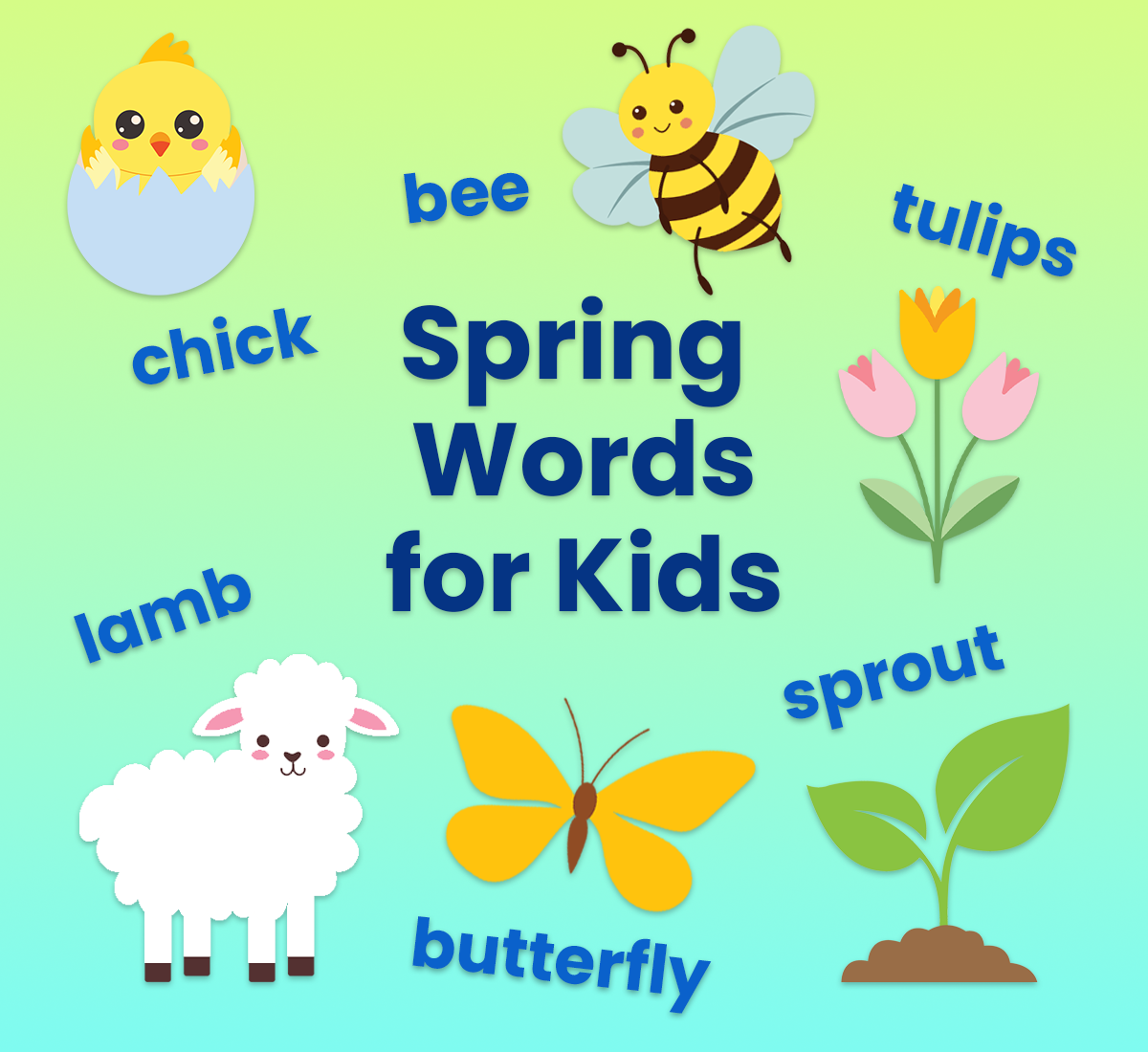
Grow the words your child knows with lists featuring terms associated with the spring’s weather, clothing, activities, and more.
Summer Word Lists
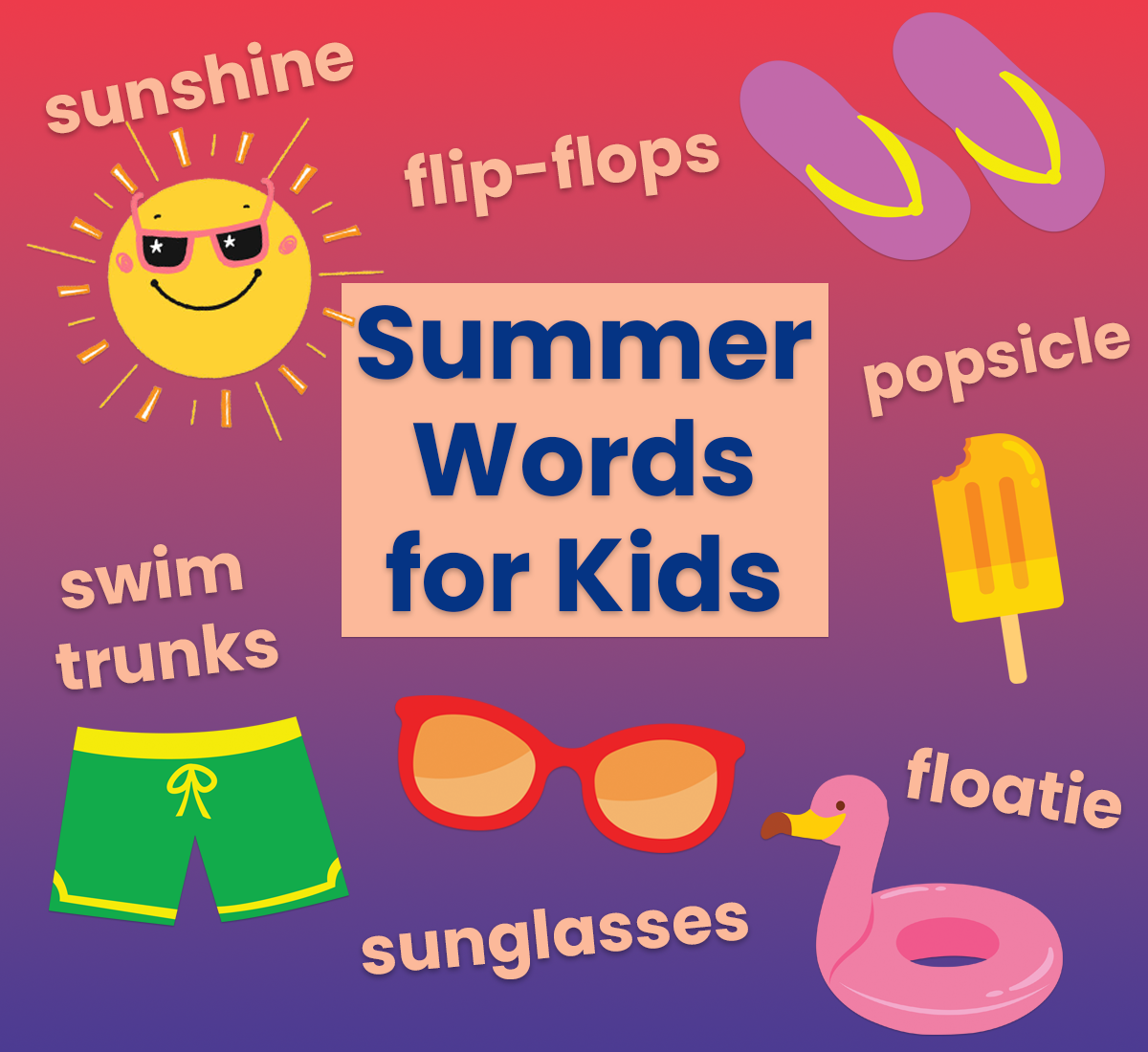
With over 400 summer words, these printable lists feature everything from tasty summer treats to warm-weather activities and events.
Free Printable Holiday Word Lists for Kids
The holidays provide a great opportunity to connect learning with the festivities children enjoy. Blend practicing these new words into the various activities and events to help make learning feel like part of the celebrations.
Halloween Word Lists
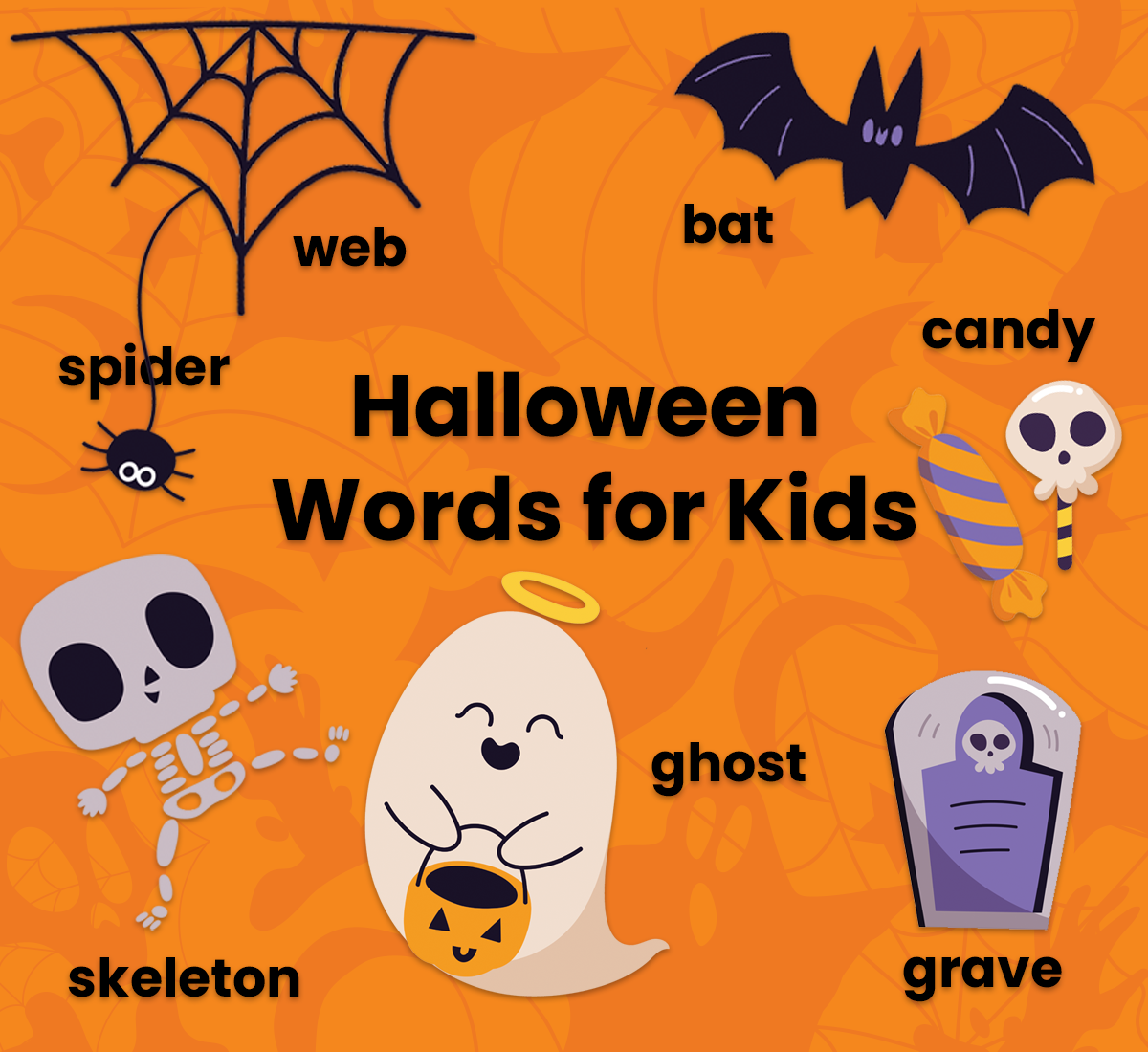
From spooky words to silly words, these Halloween terms highlight the best parts of the holiday.
Thanksgiving Word Lists
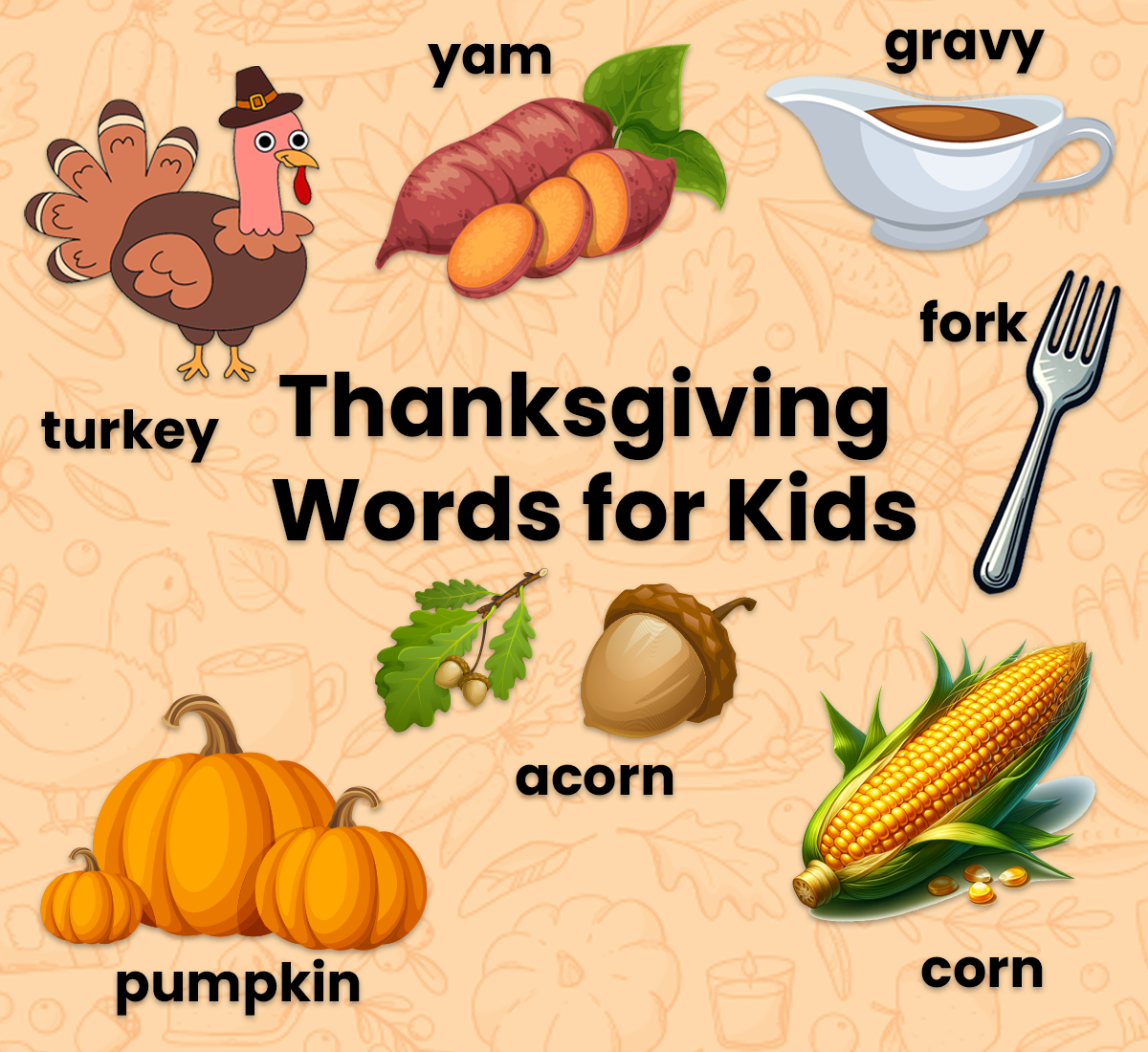
These Thanksgiving word lists capture the sentiments of the season, along with many of the favorite foods and items associated with it.
Christmas Word Lists
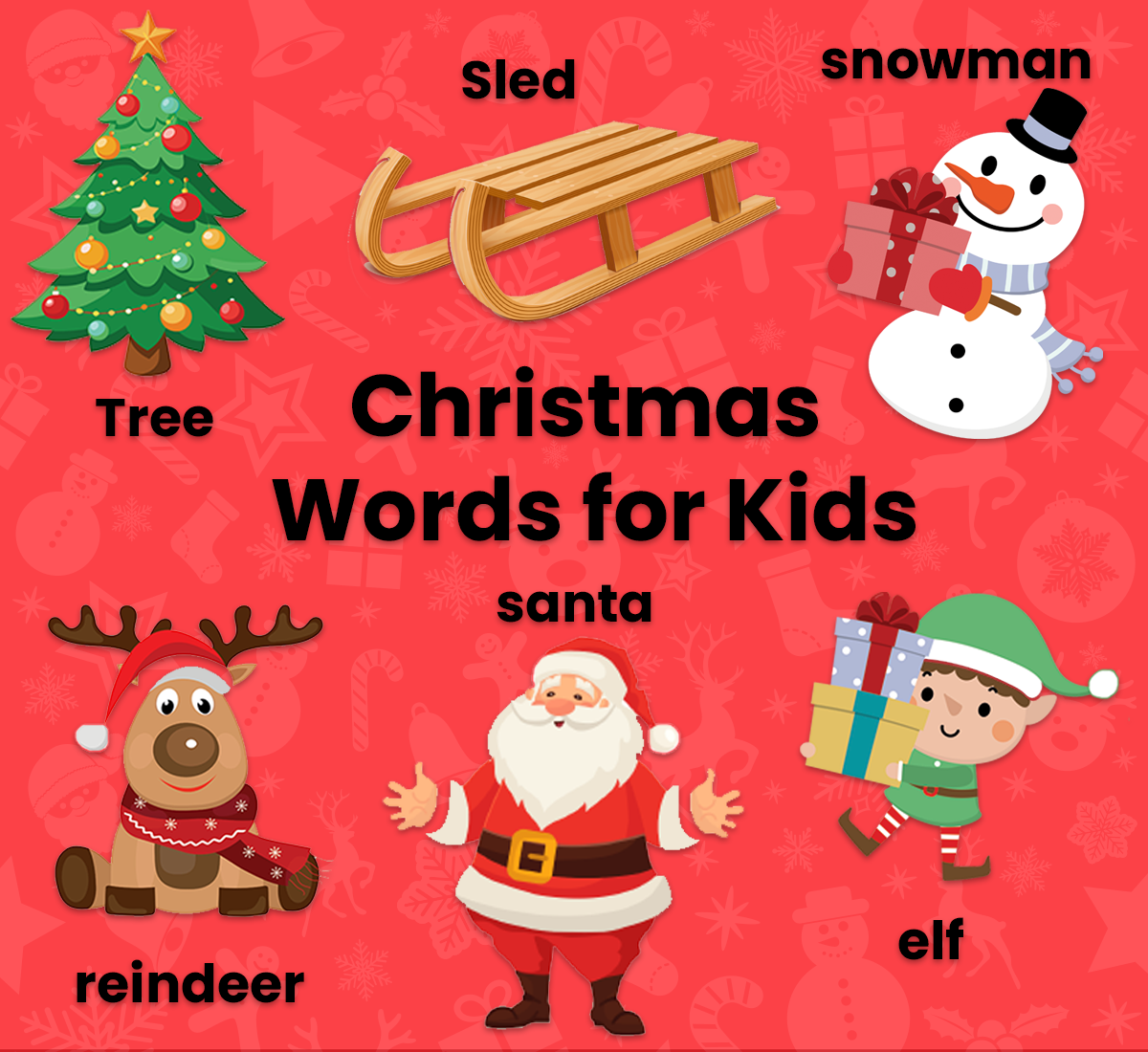
Embrace the magic of Christmas with words focused on kids’ favorite characters, foods, activities, and more!
Free Holiday and Seasonal Games for Kids
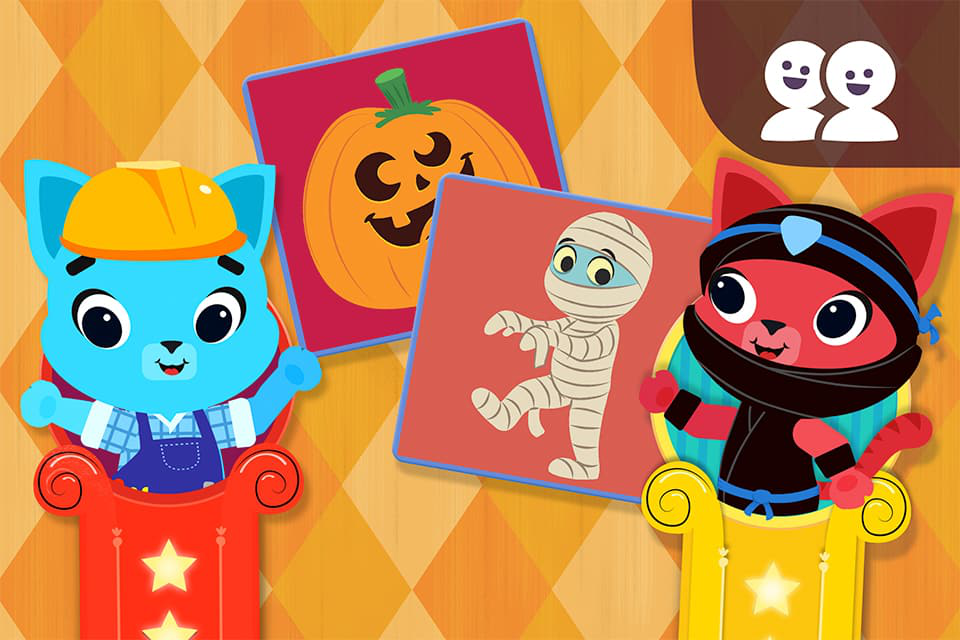
Memory Match -Play Together- Halloween
In this two-player game, kids take turn testing their memory to match Halloween images.
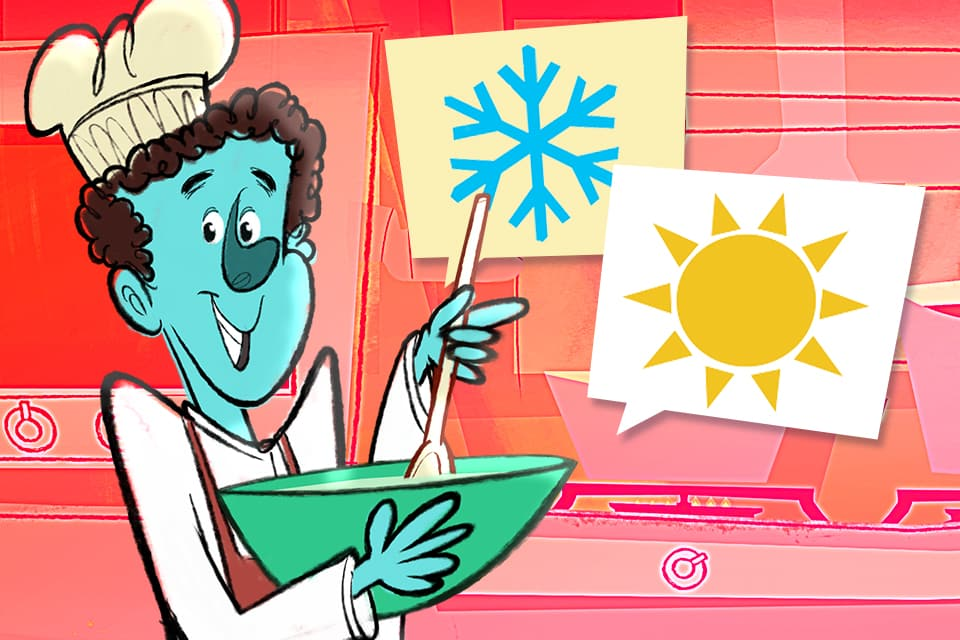
Mixed Up Seasons
Help the chef match the seasonal items to the correct season, like putting the rain boots into the mixing bowl labeled spring.
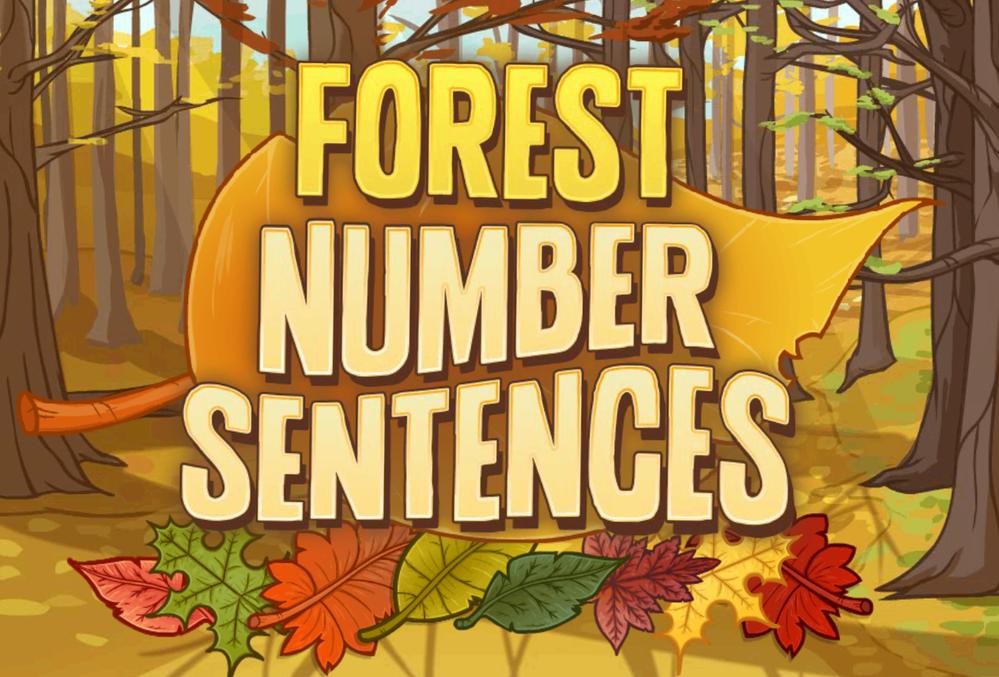
Forest Number Sentences
In this free online game for kids, players practice addition and subtraction in a fall forest.
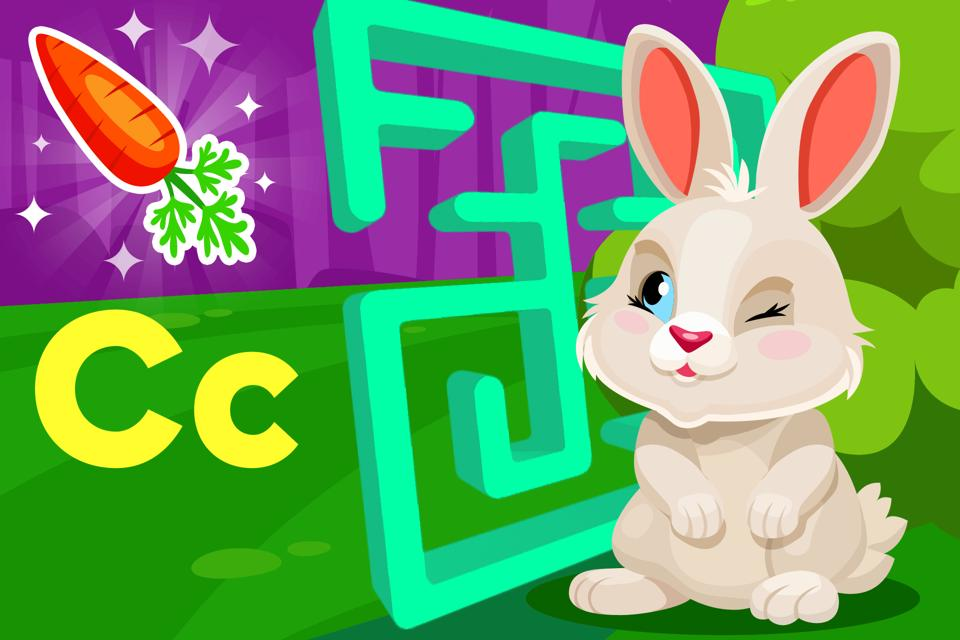
Bunny Themed Games
Lean into spring with a collection of games featuring cute little rabbits that help kids work on early literacy and math skills.

Holiday and Seasonal Coloring Pages
Coloring pages provide another fun way to learn about and celebrate different seasons and holidays.

